
Discover botanical techniques to transform interiors, creating miniature ecosystems and natural compositions that highlight the beauty of plants.
Immerse yourself in the exciting world of botanical art for interiors. Learn how to integrate living natural elements into your spaces, transforming them into oases of tranquility. Discover ancient and contemporary techniques that will unleash your creativity, from creating open terrariums to the Japanese art of kokedama. Design botanical compositions that combine harmony and beauty, and become a master of plant aesthetics.
Guided by experts such as Compañía Botánica, Fotosíntesis Green Art, Páramo Store, Omotesandō Plants, and LENPO Studio, you'll master interior design with plants from the ground up. Each course offers a unique final project to apply what you've learned: from an artistic terrarium using the Tiffany technique to a complete space transformation plan. Upon completion, you'll be able to conceive and execute botanical art projects that connect the living space with nature in a sophisticated and sustainable way.
What will you learn in this specialization?
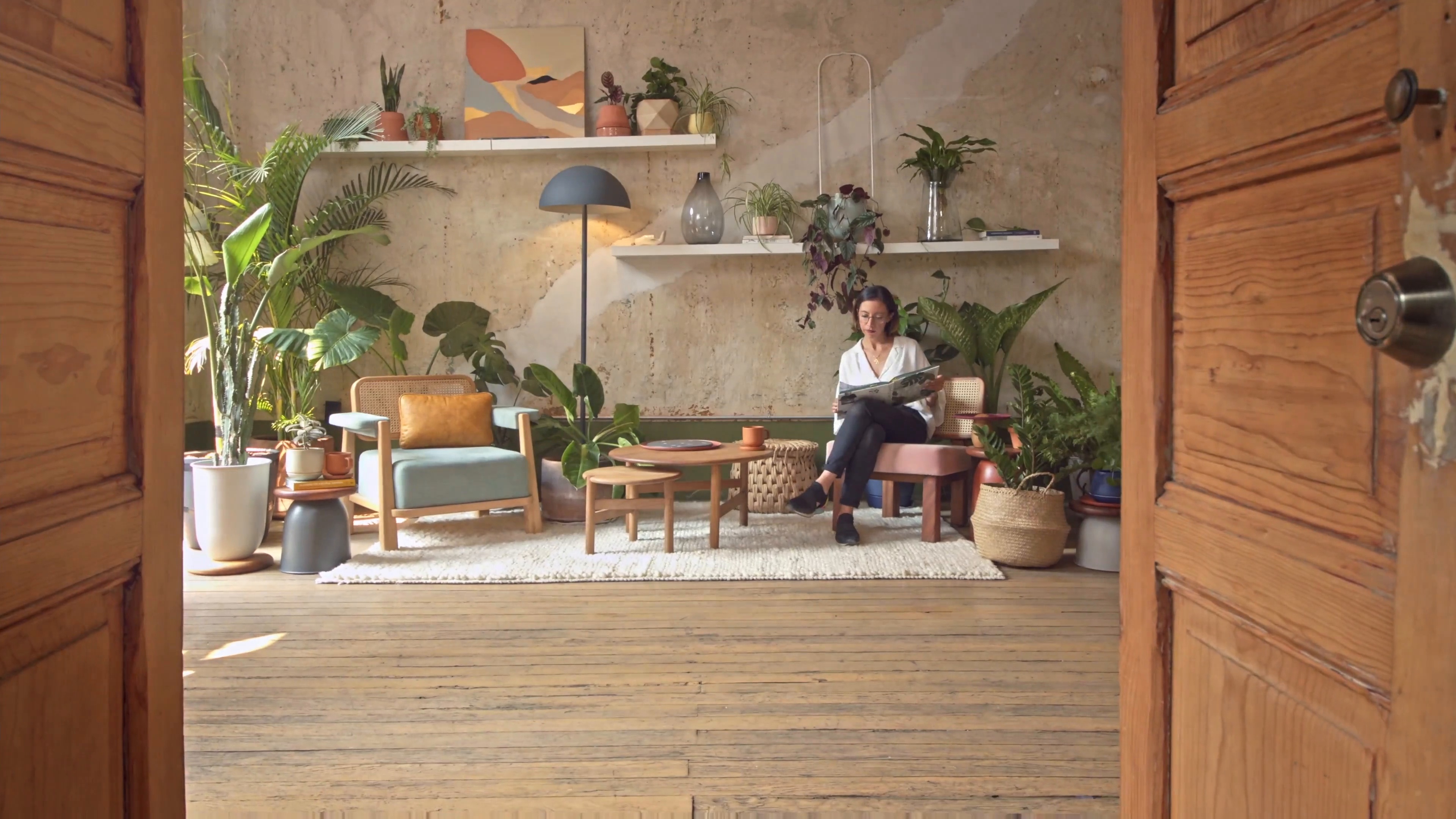

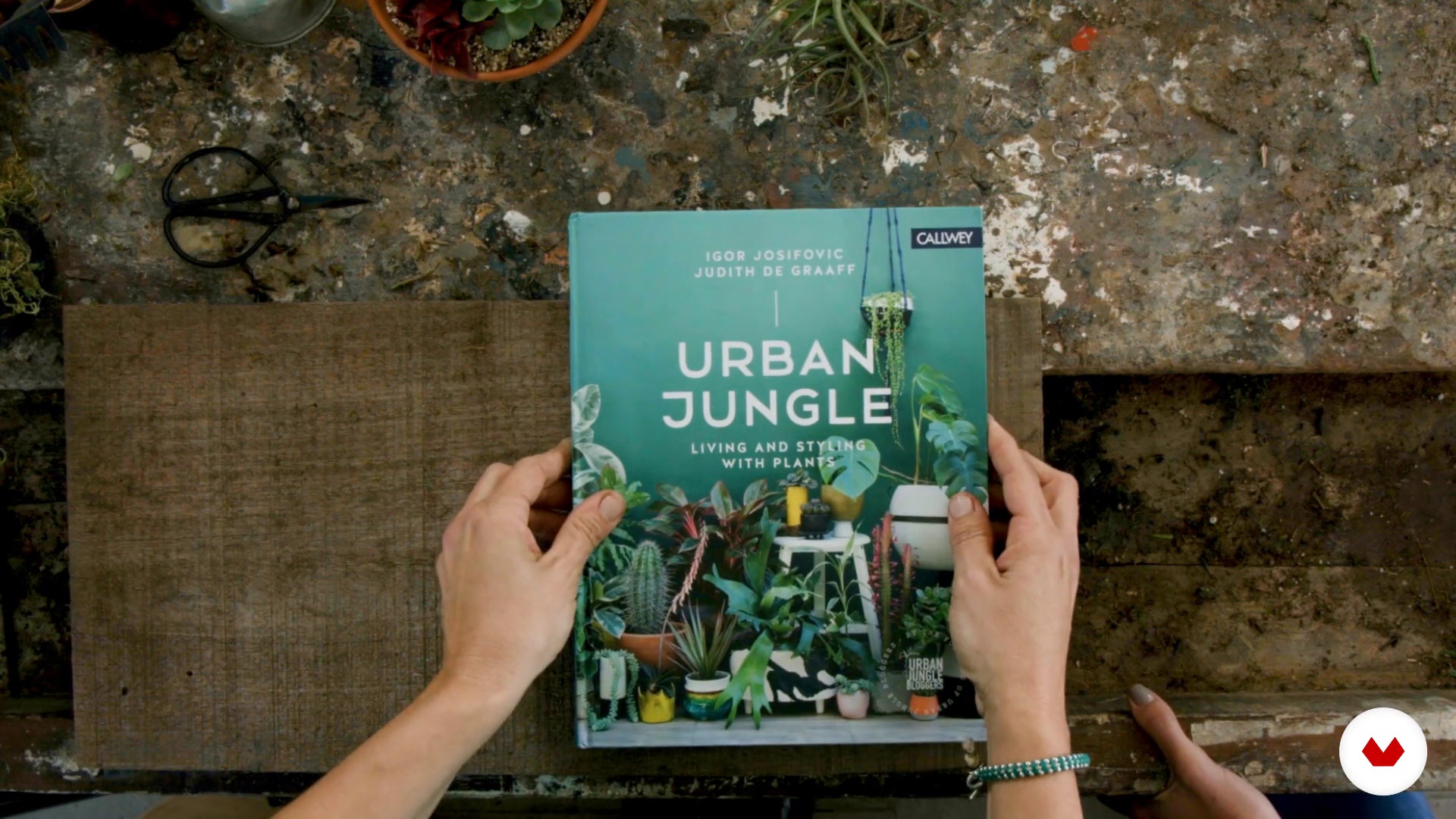
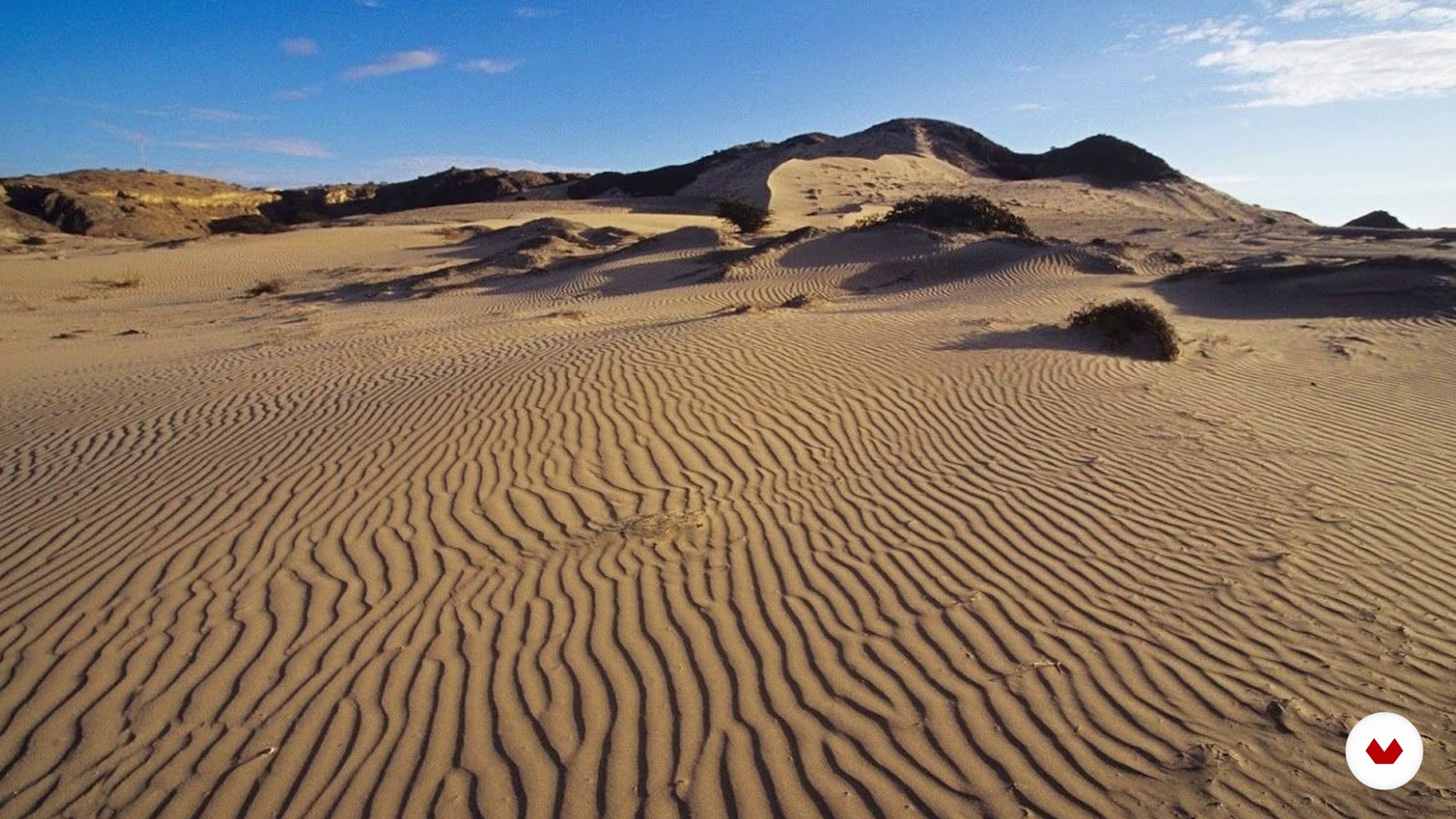
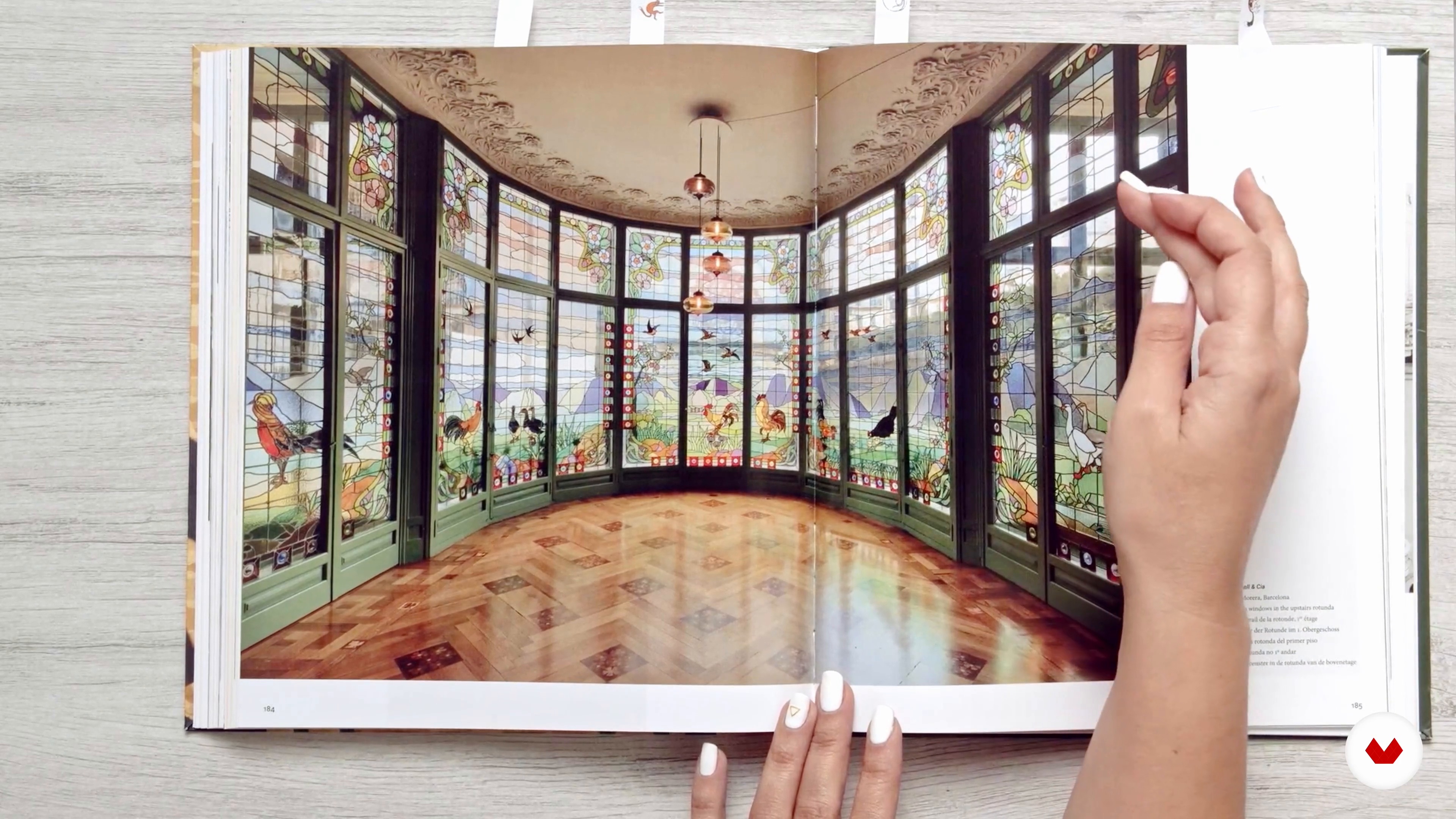
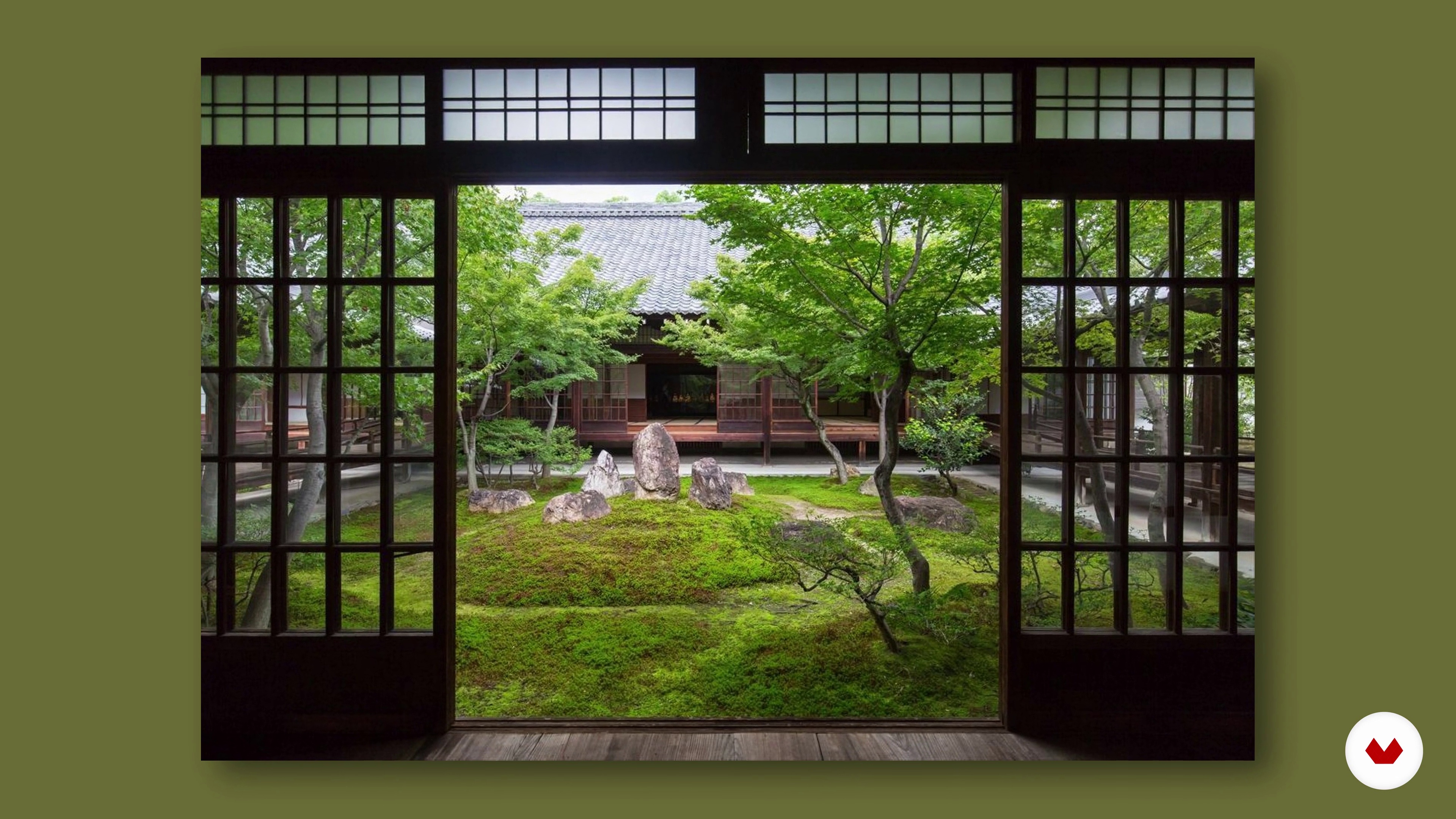
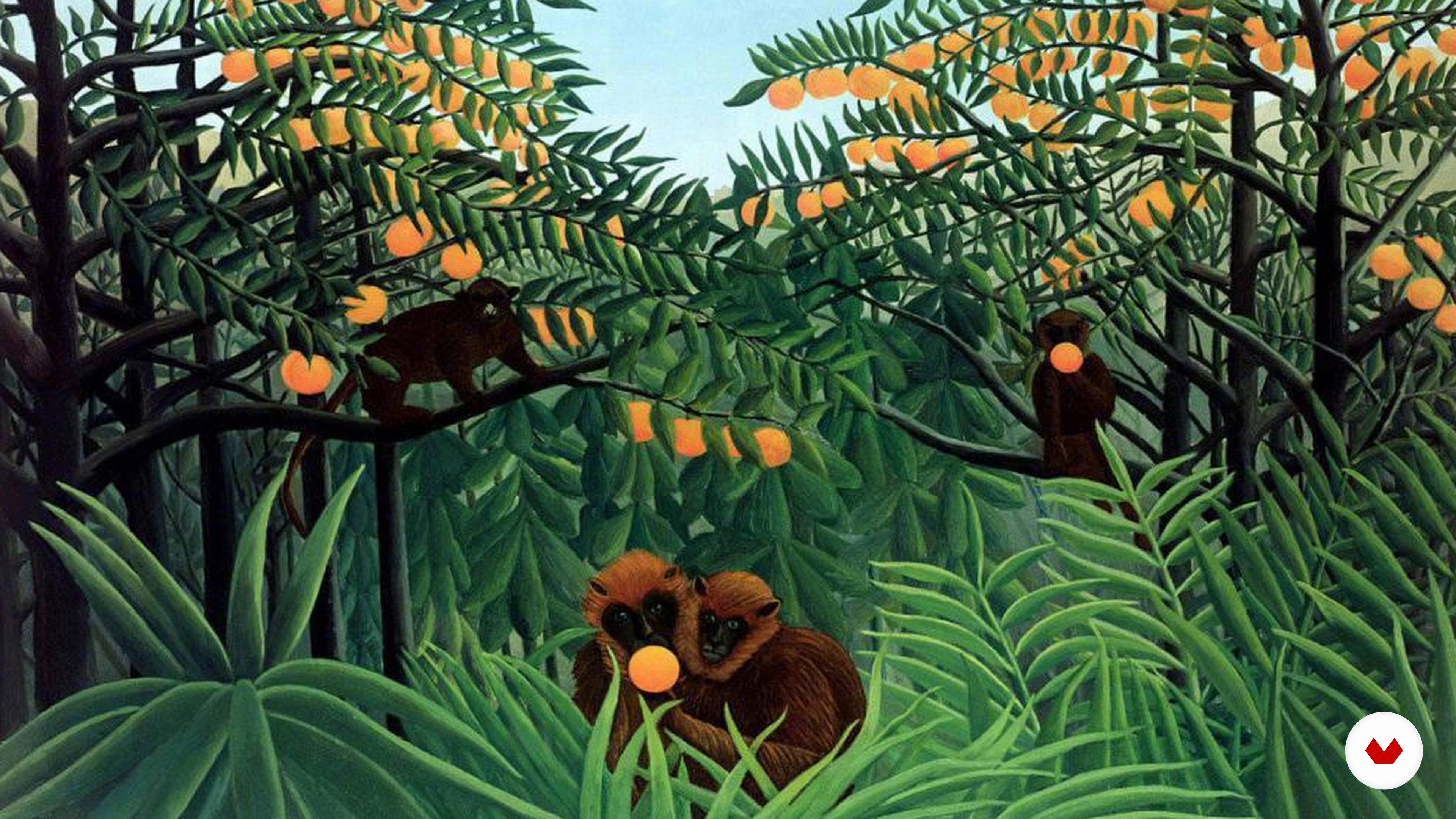
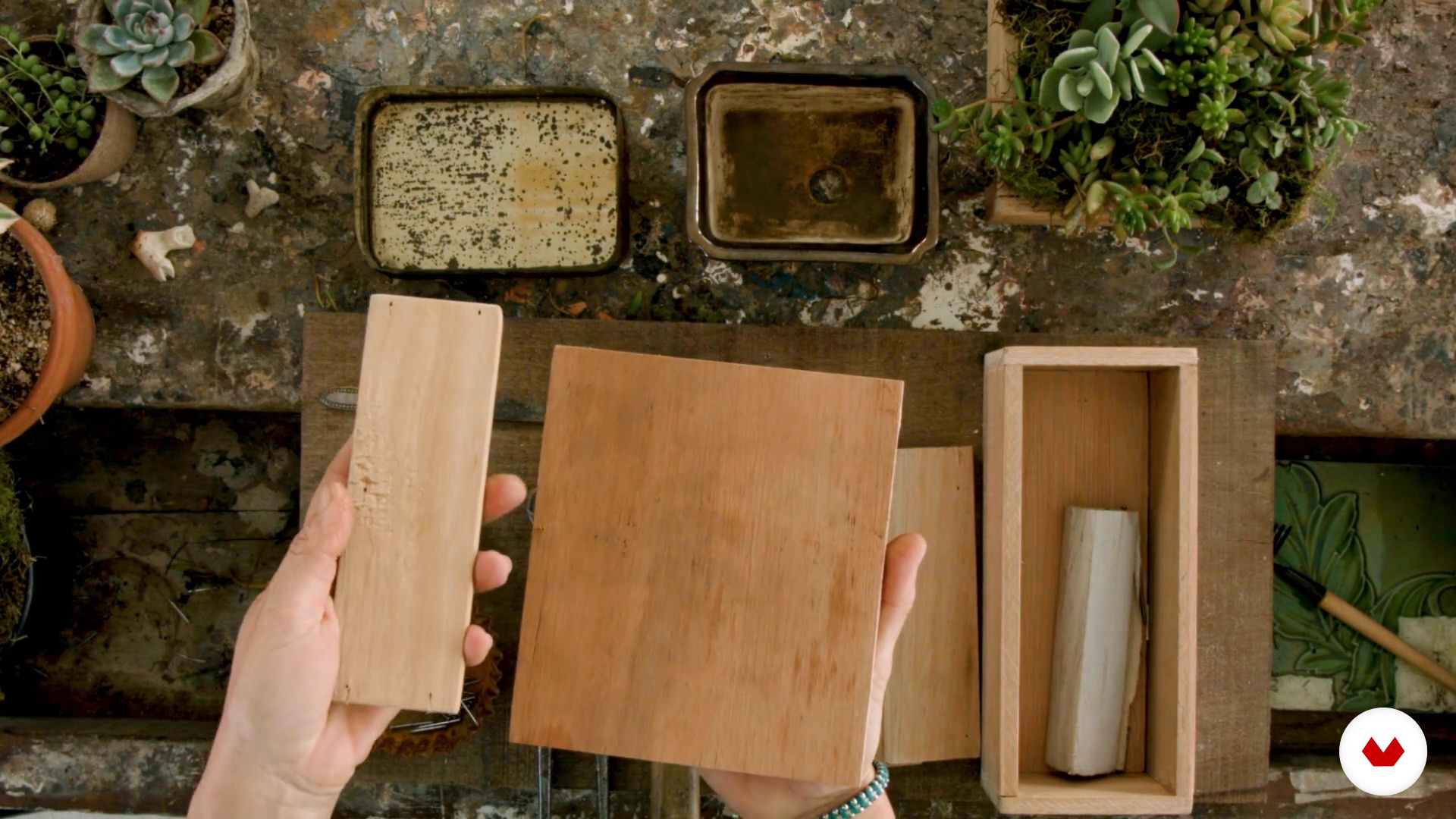

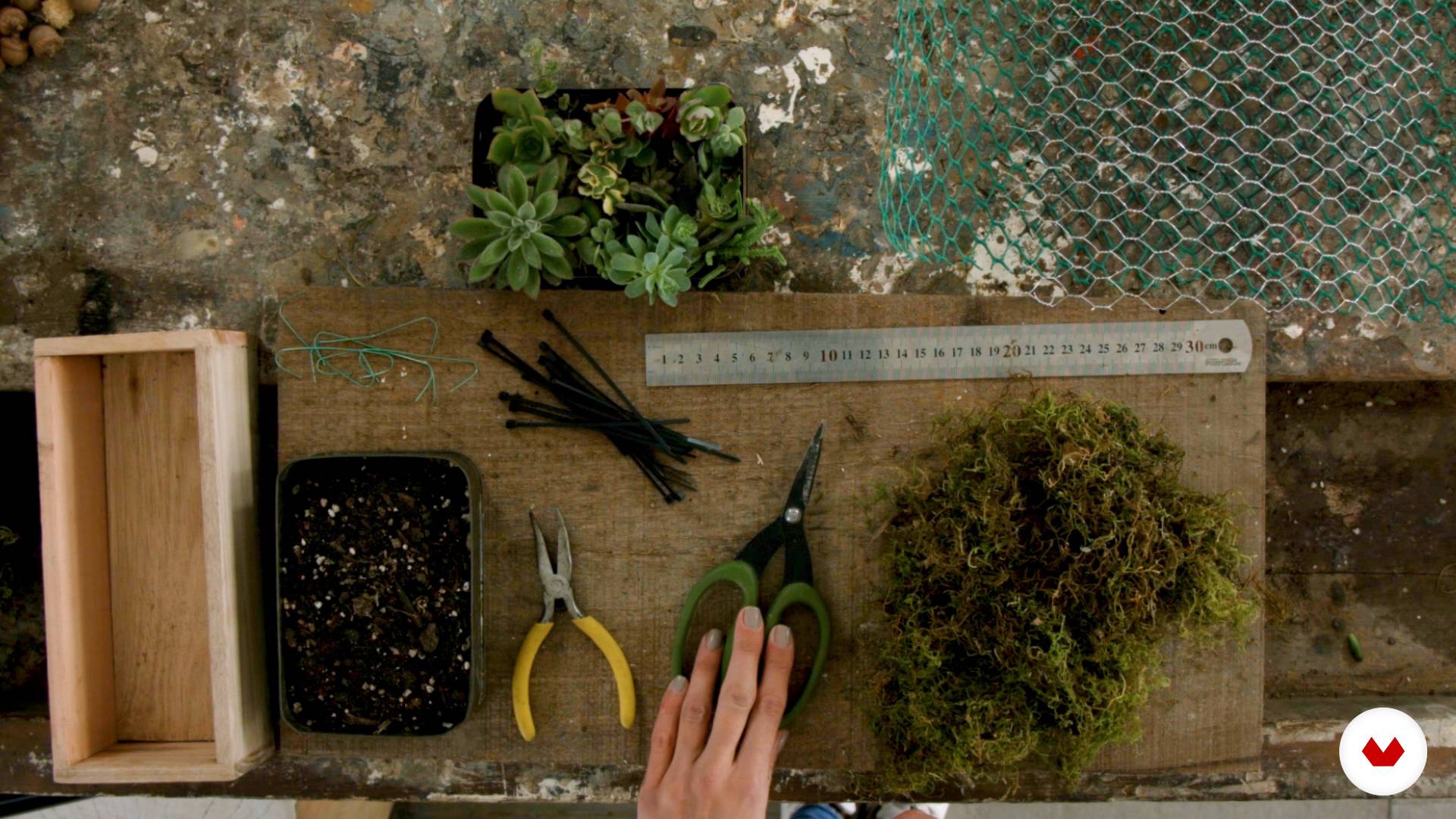
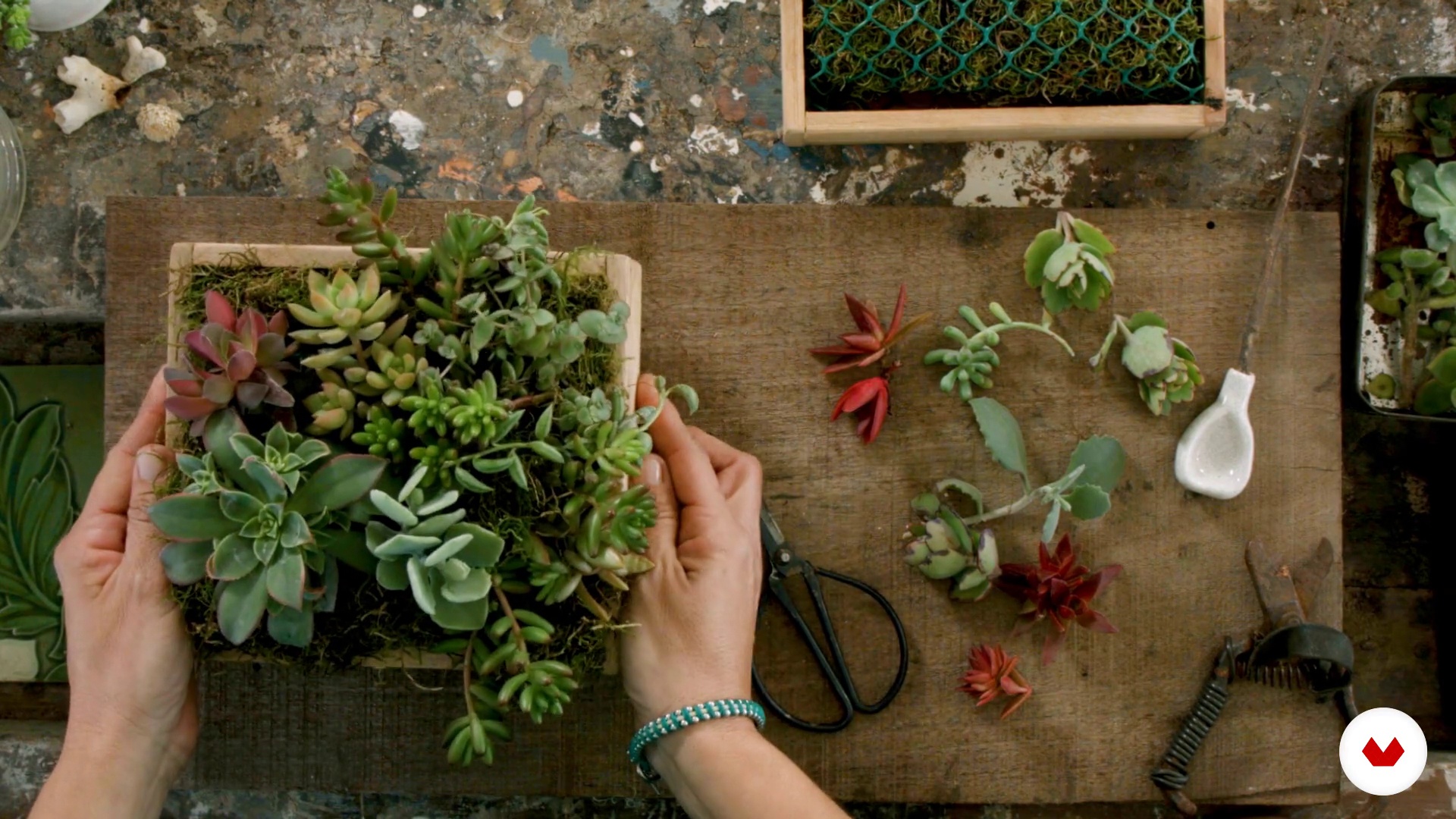
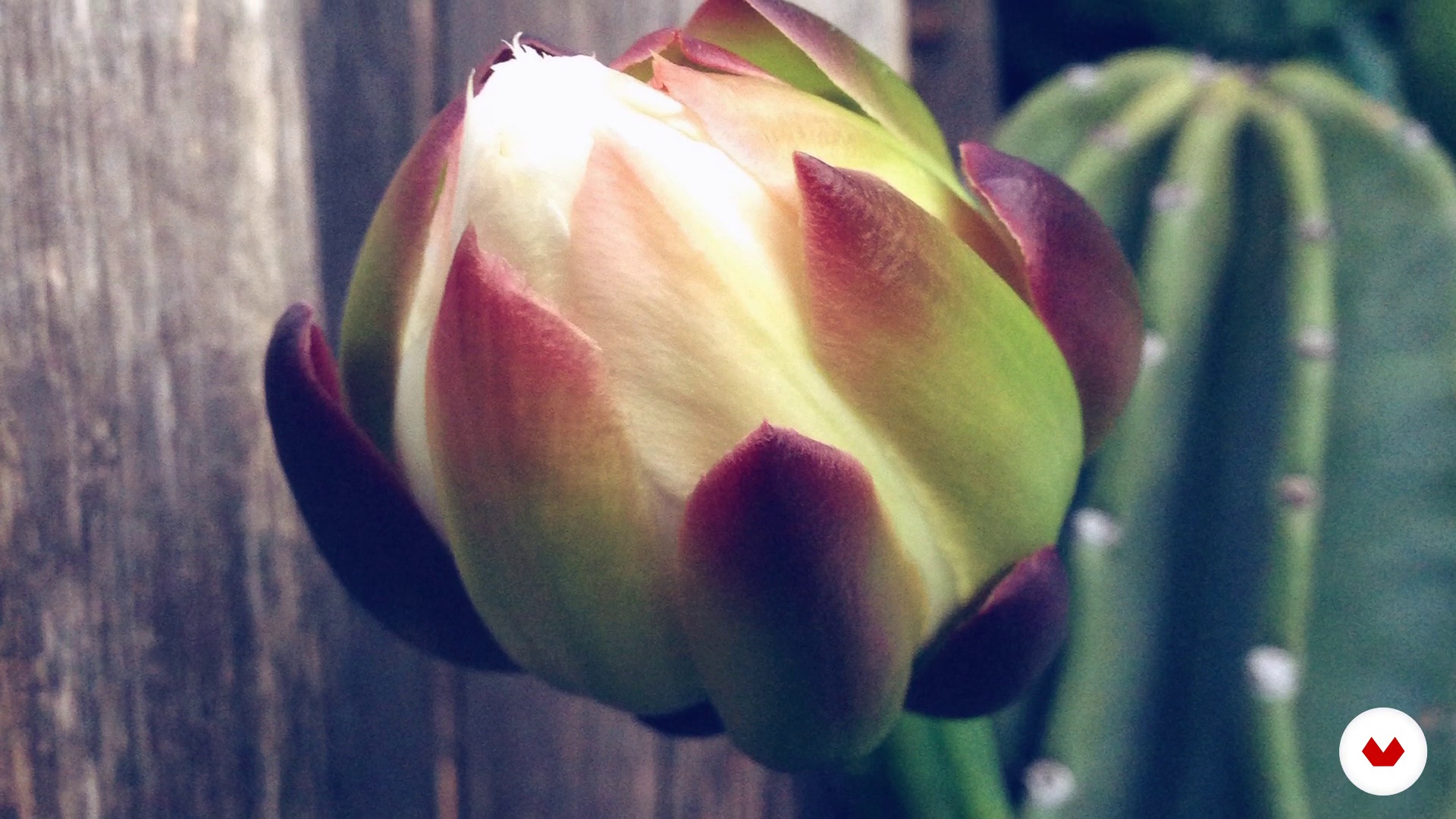
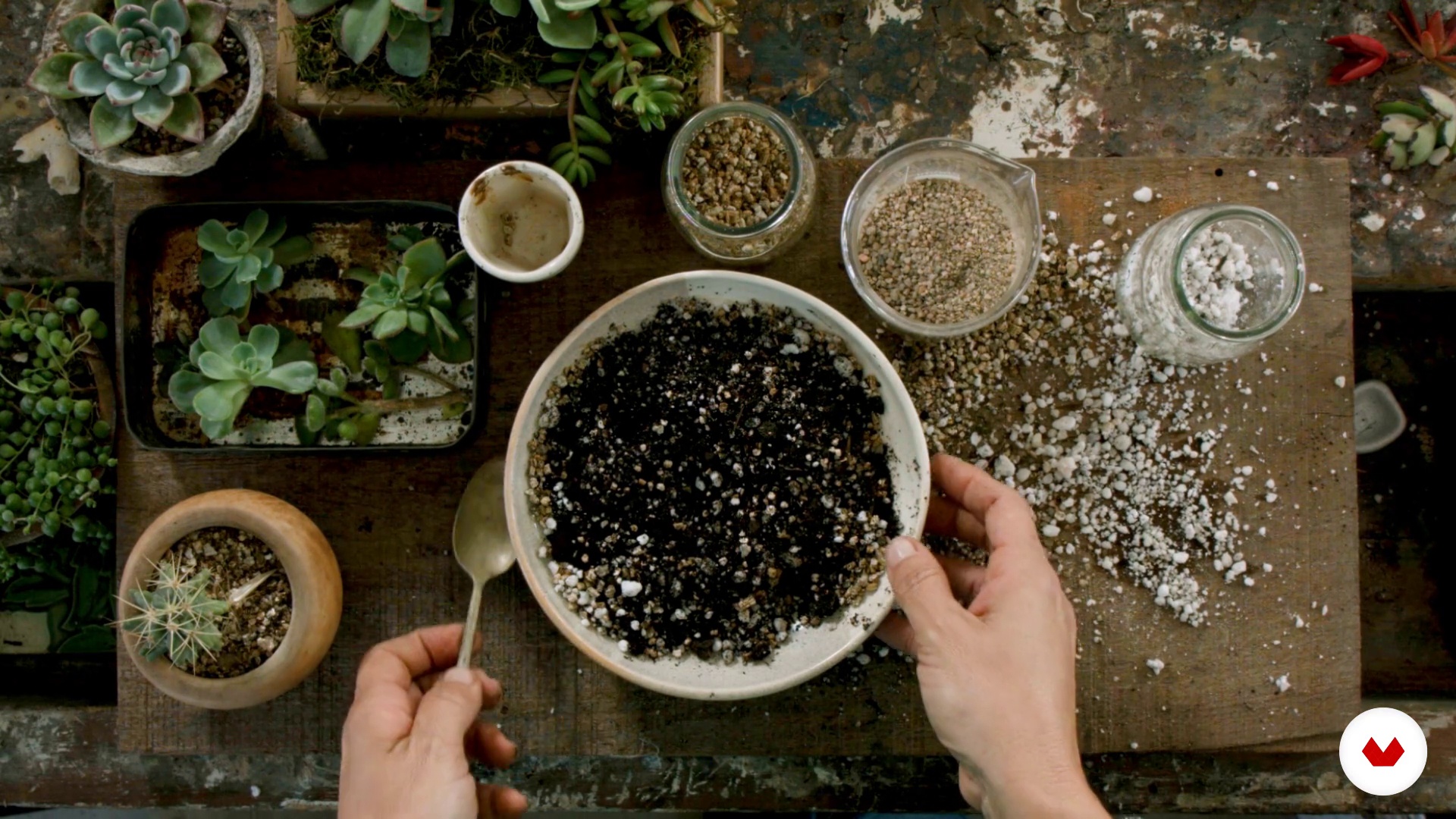
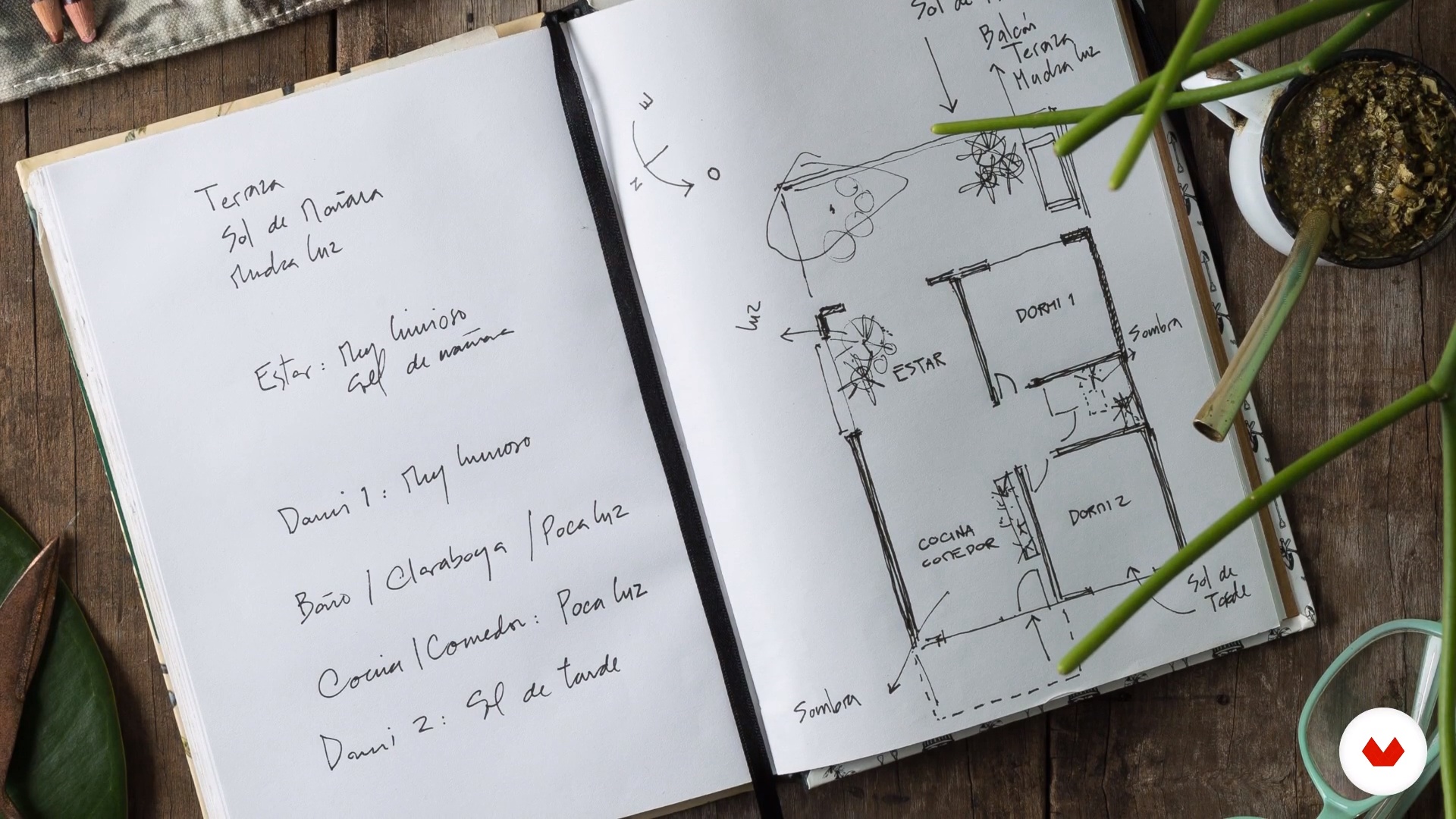
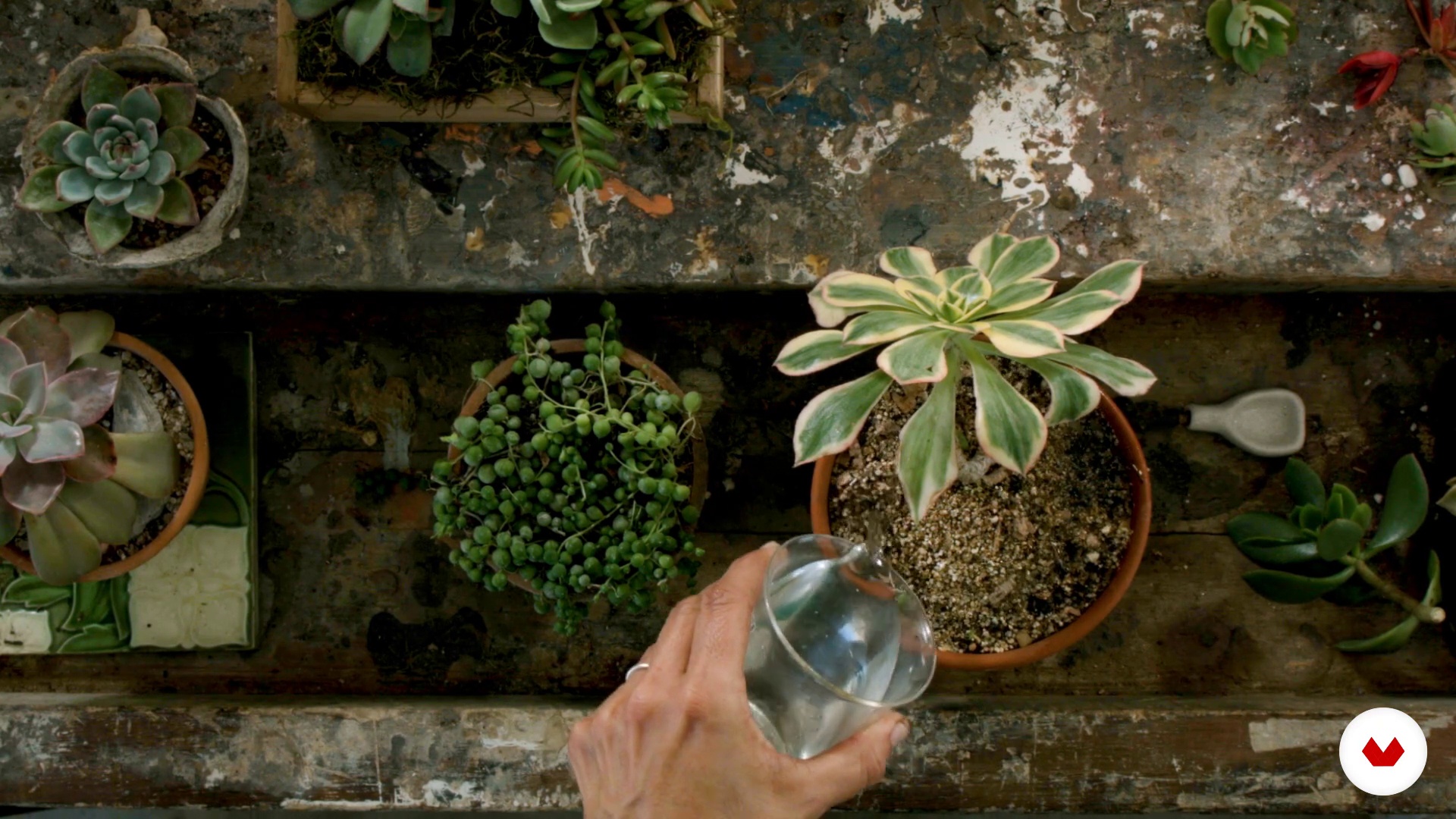
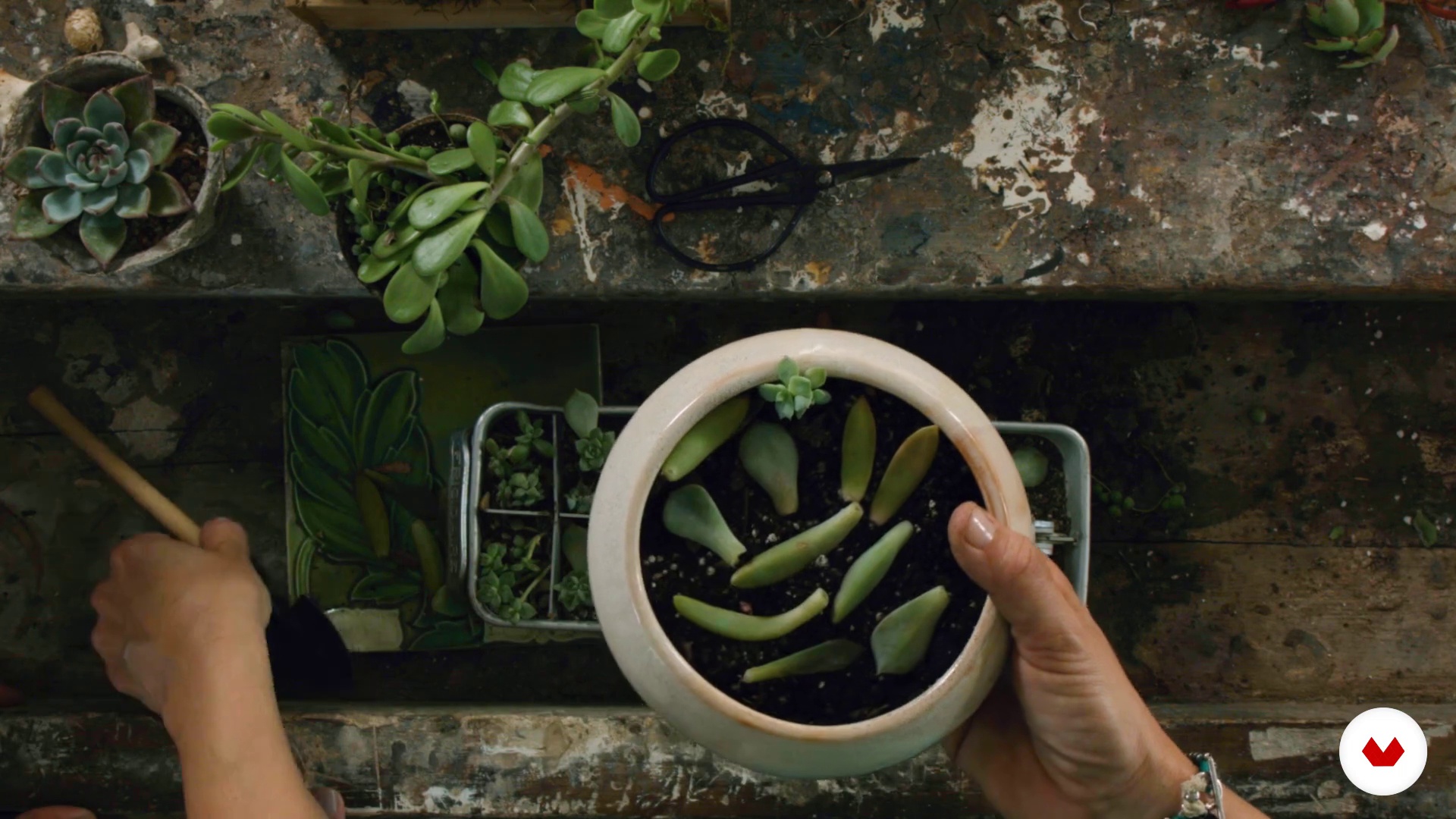
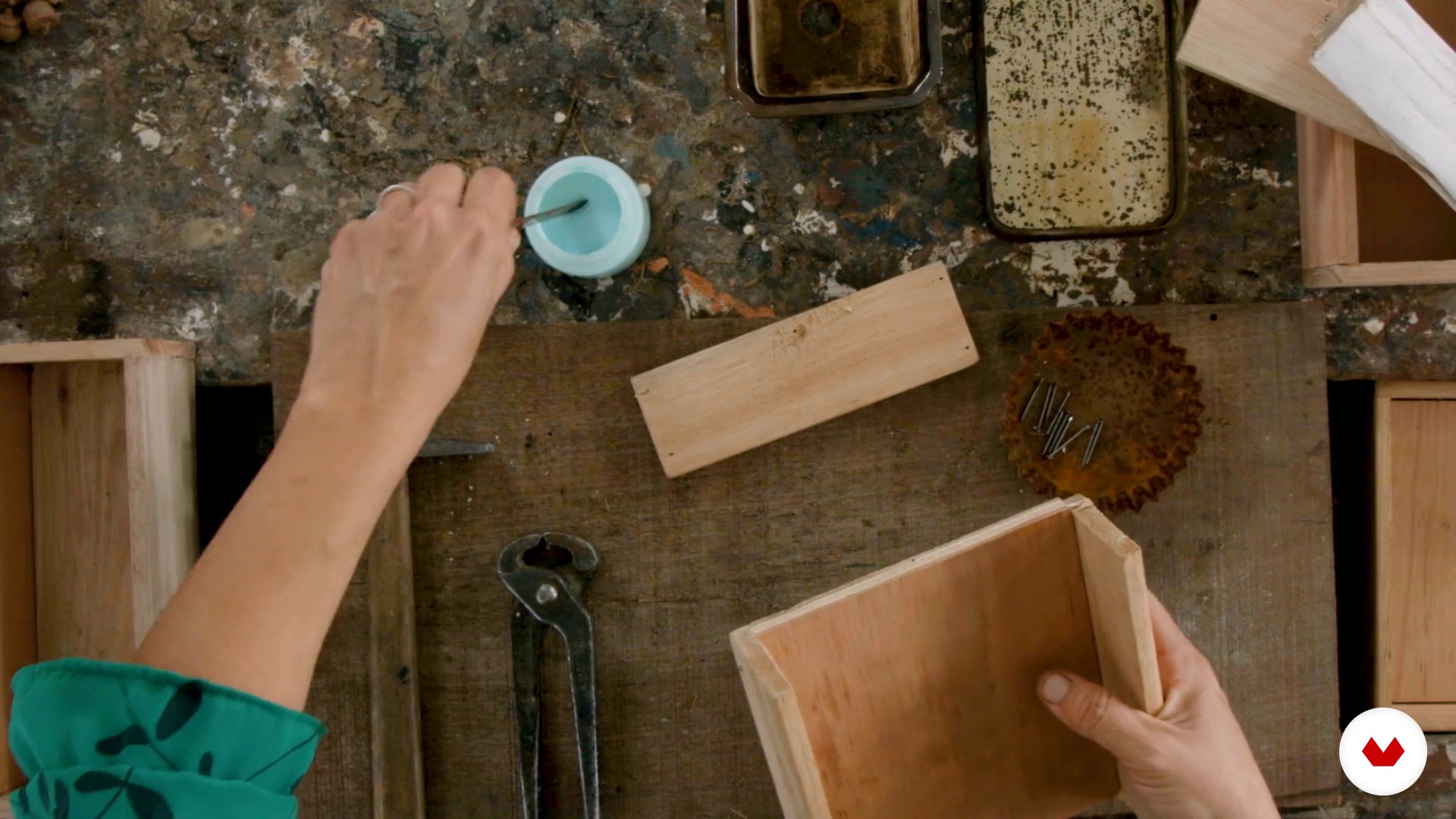
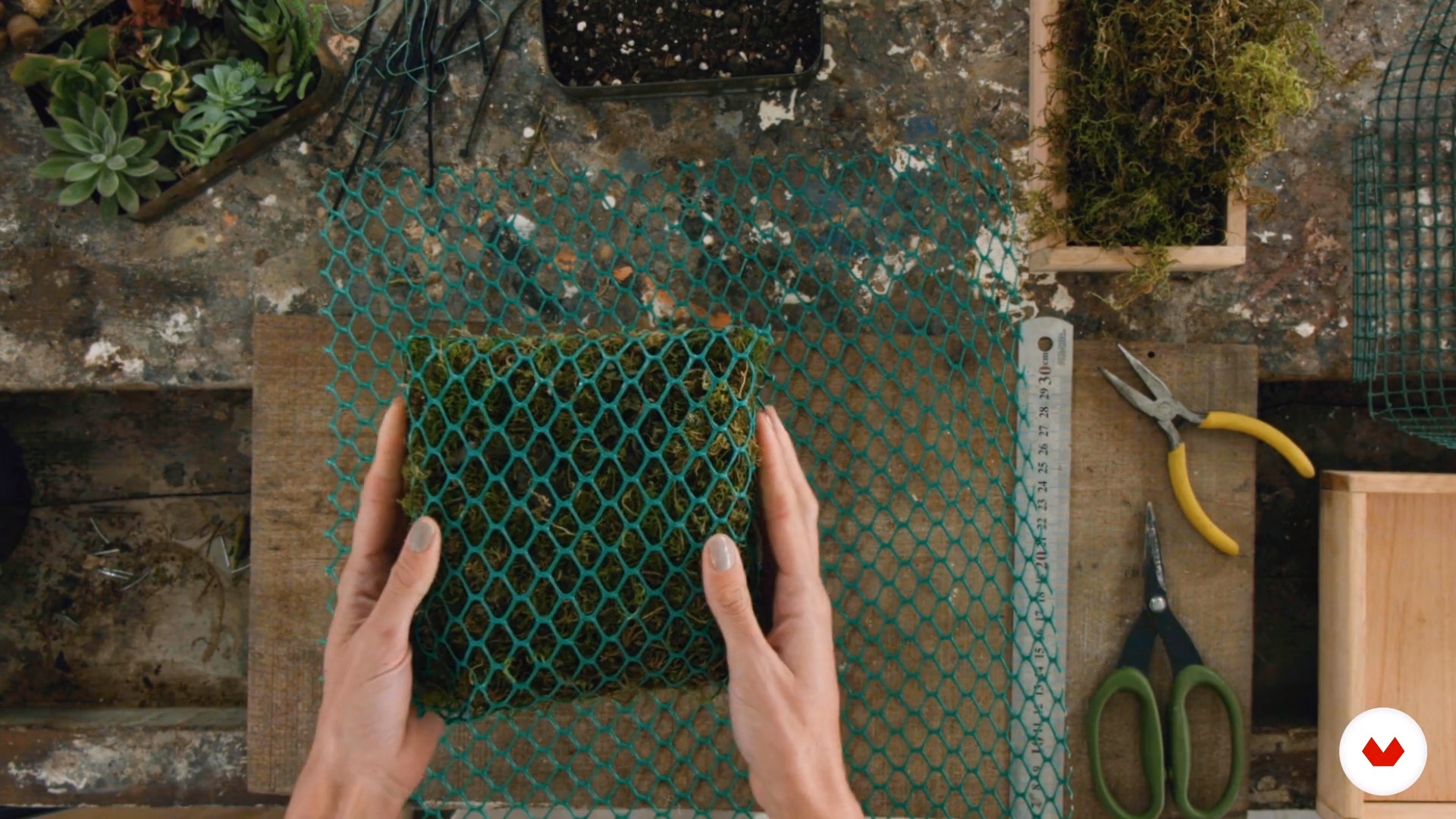
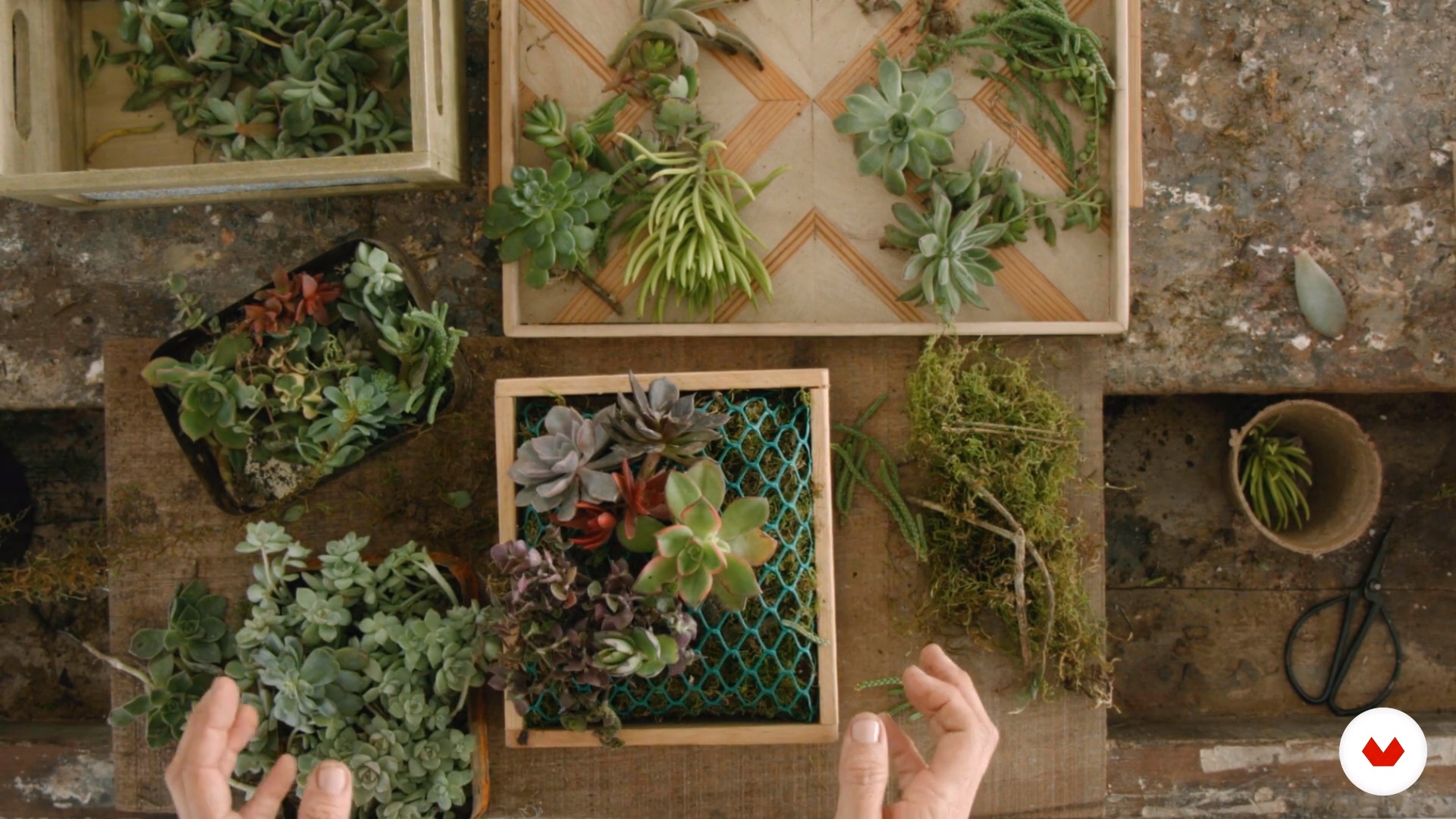
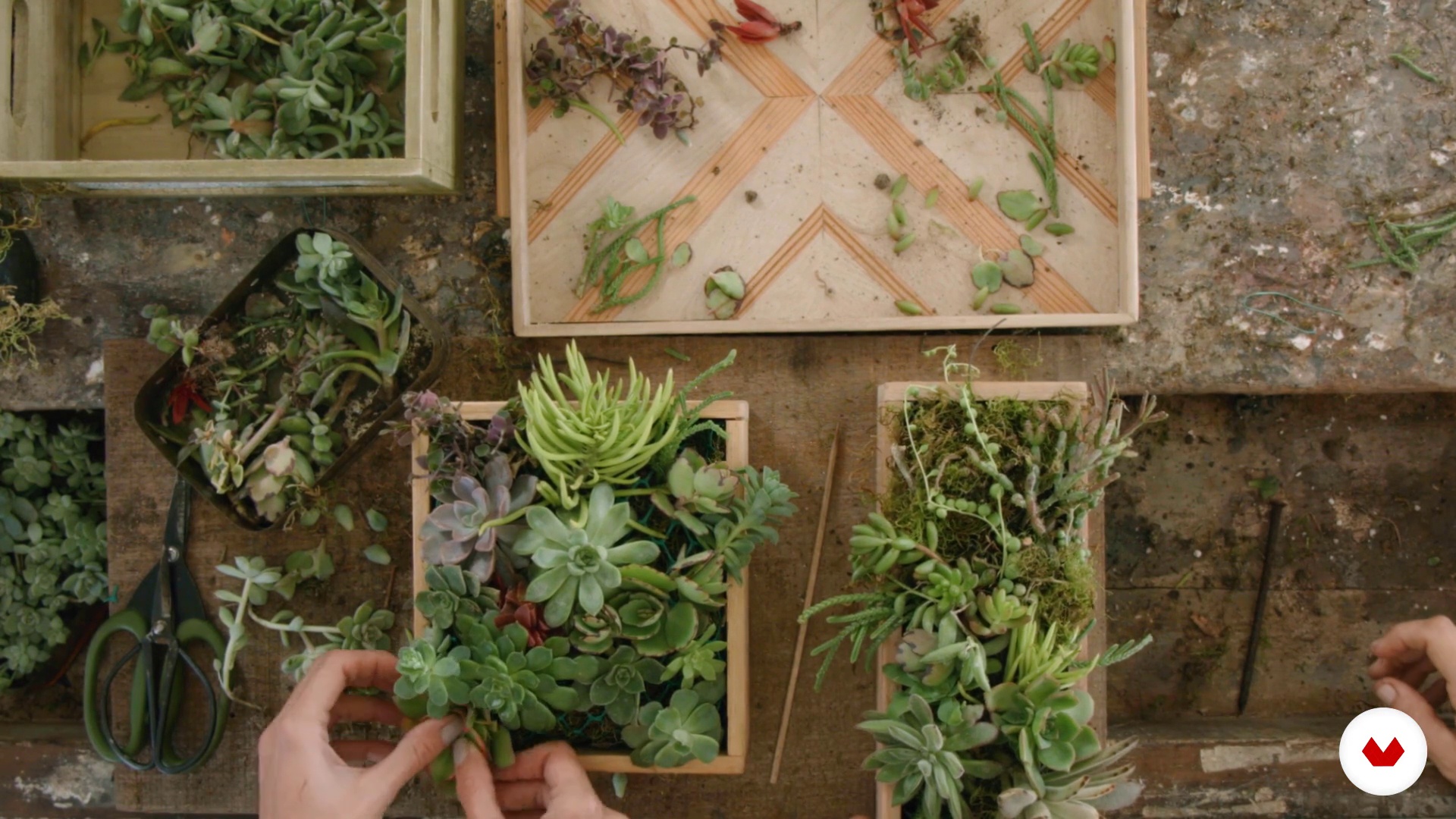
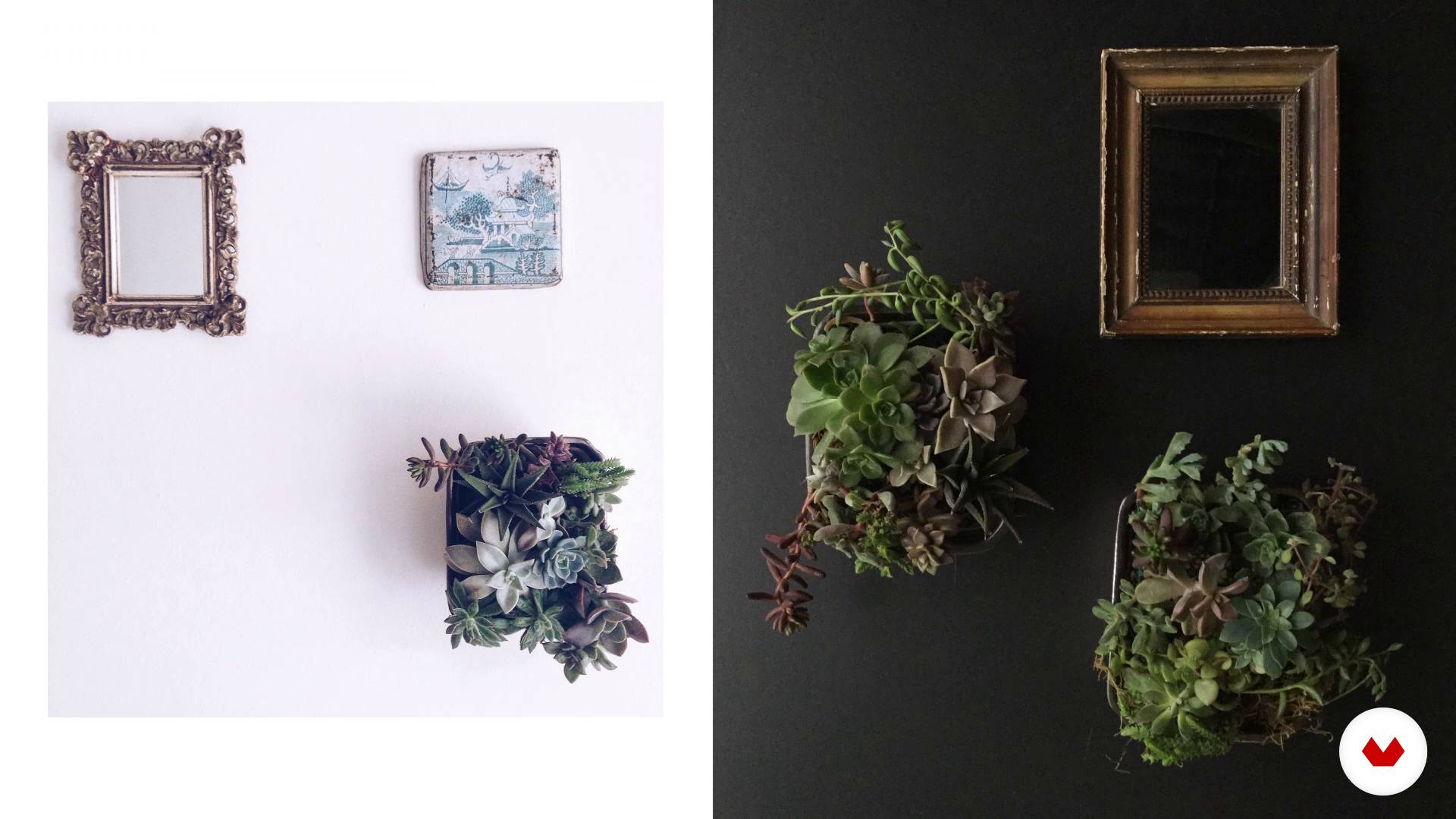
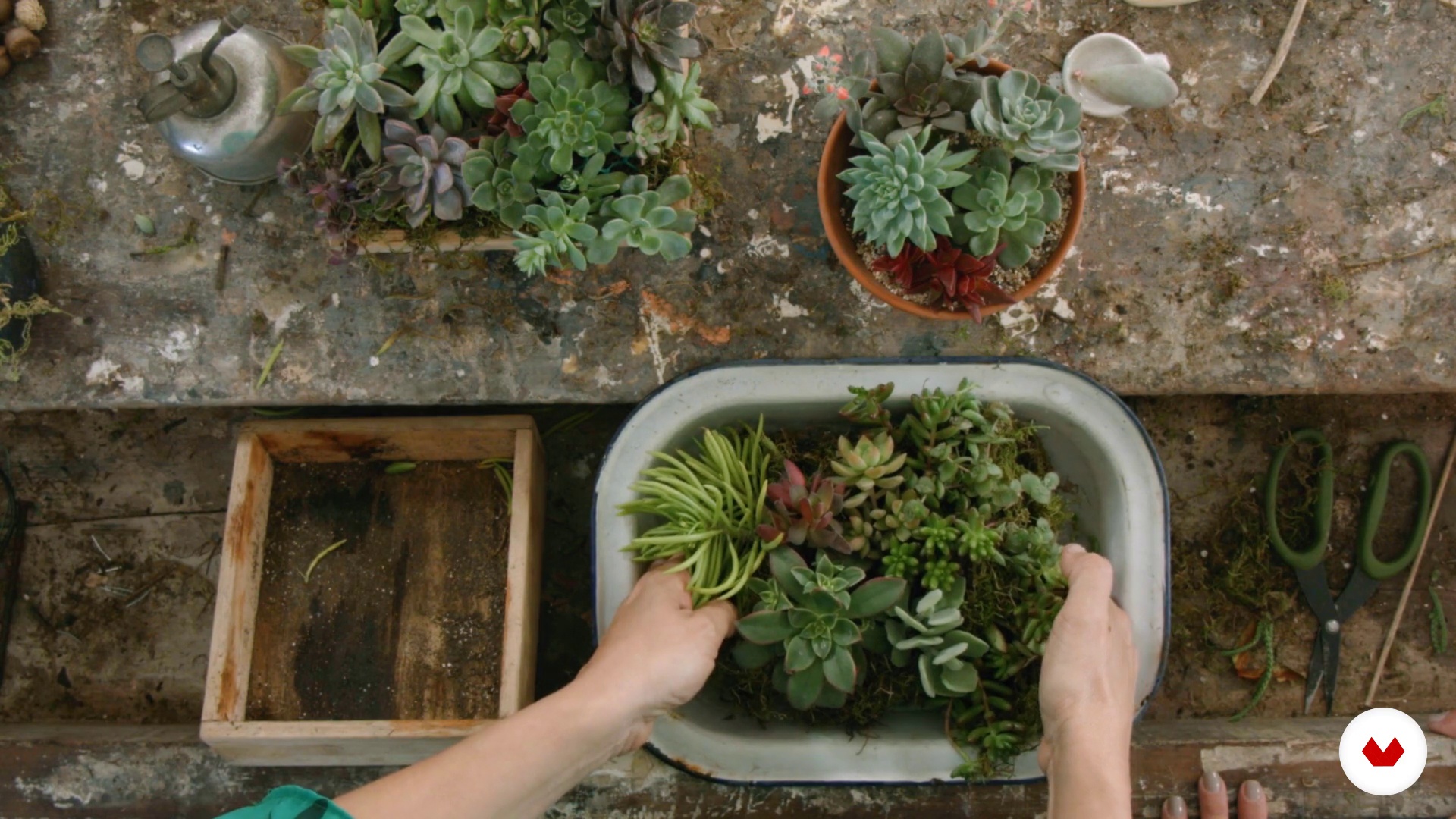
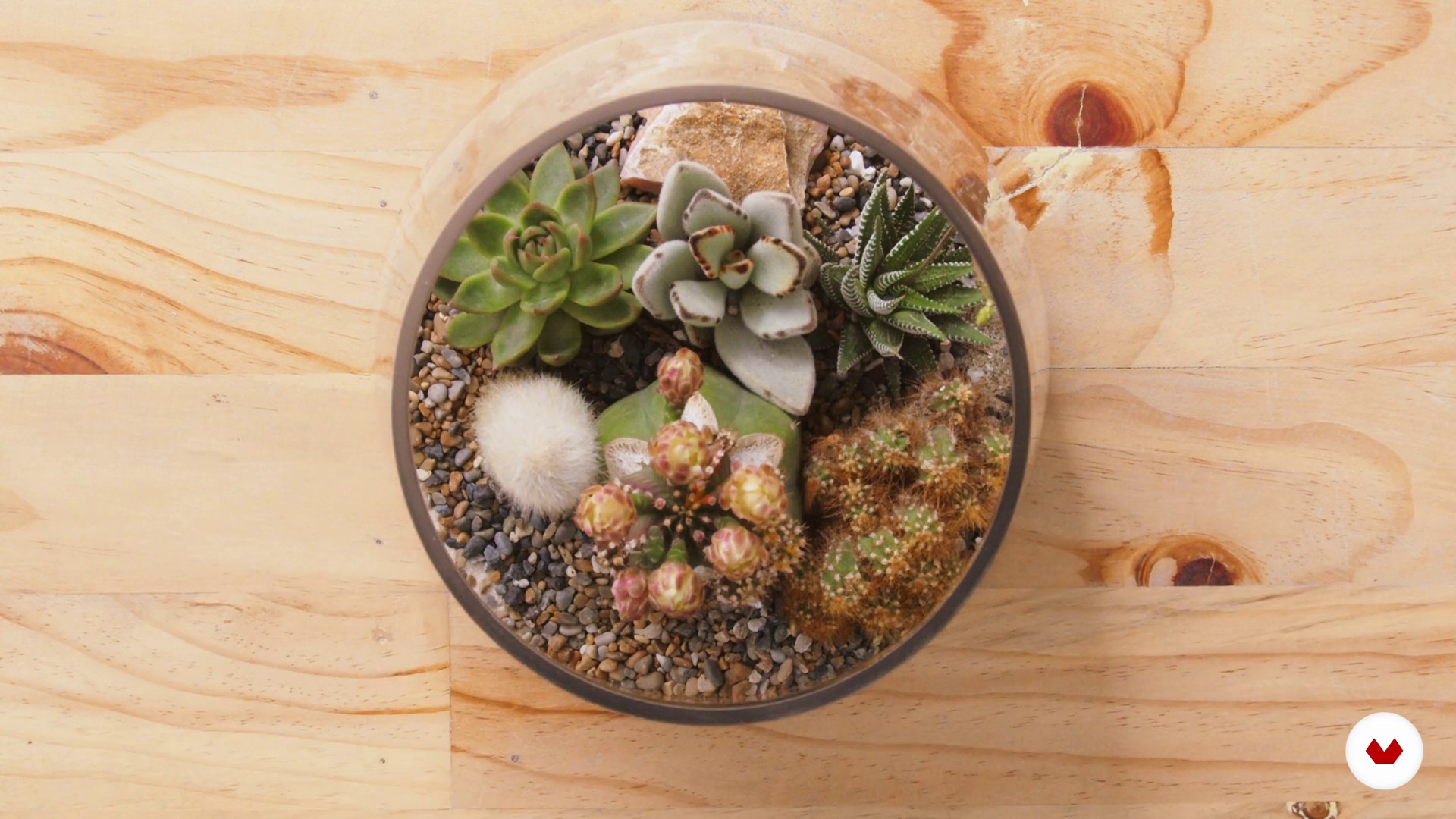

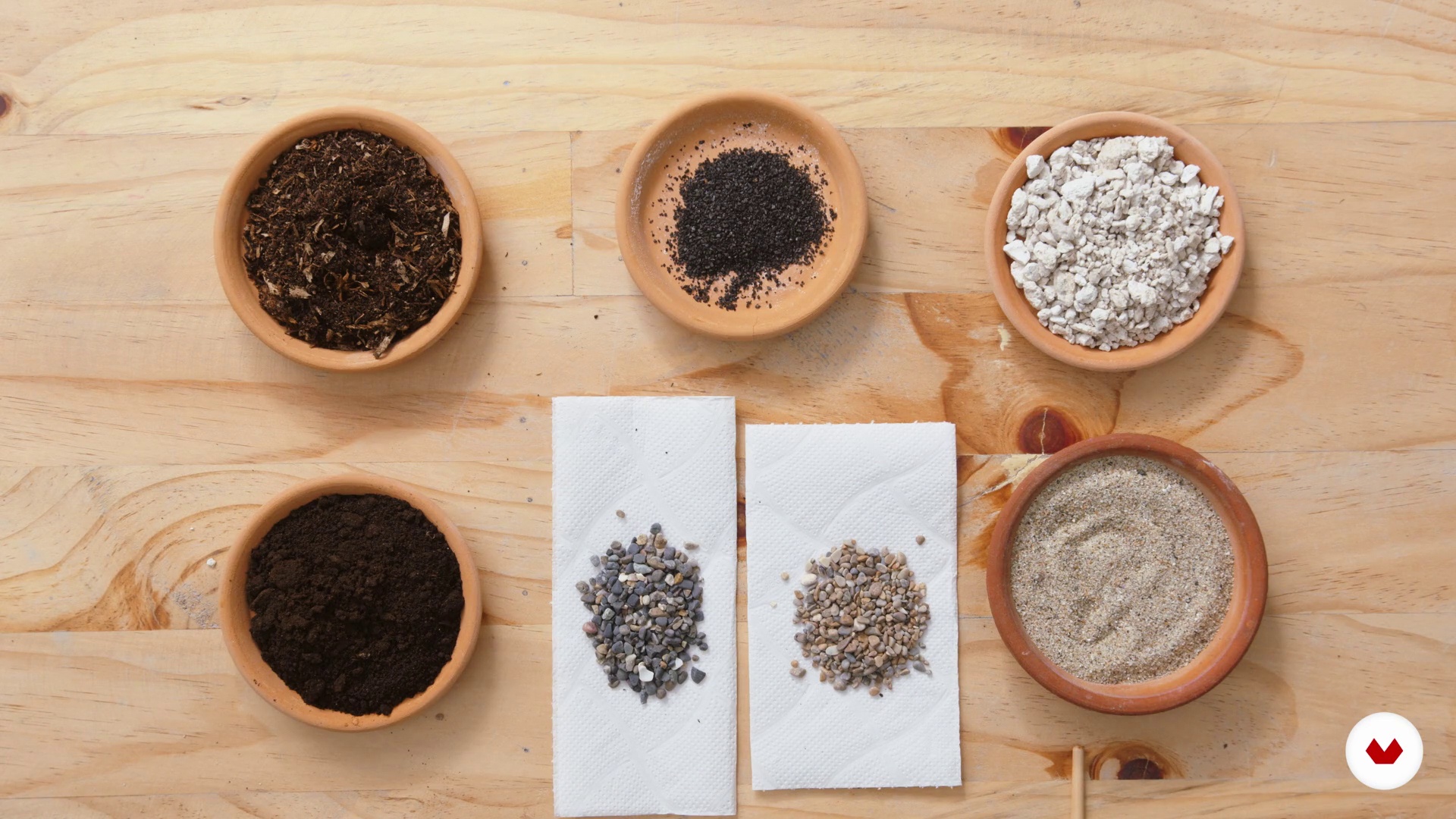
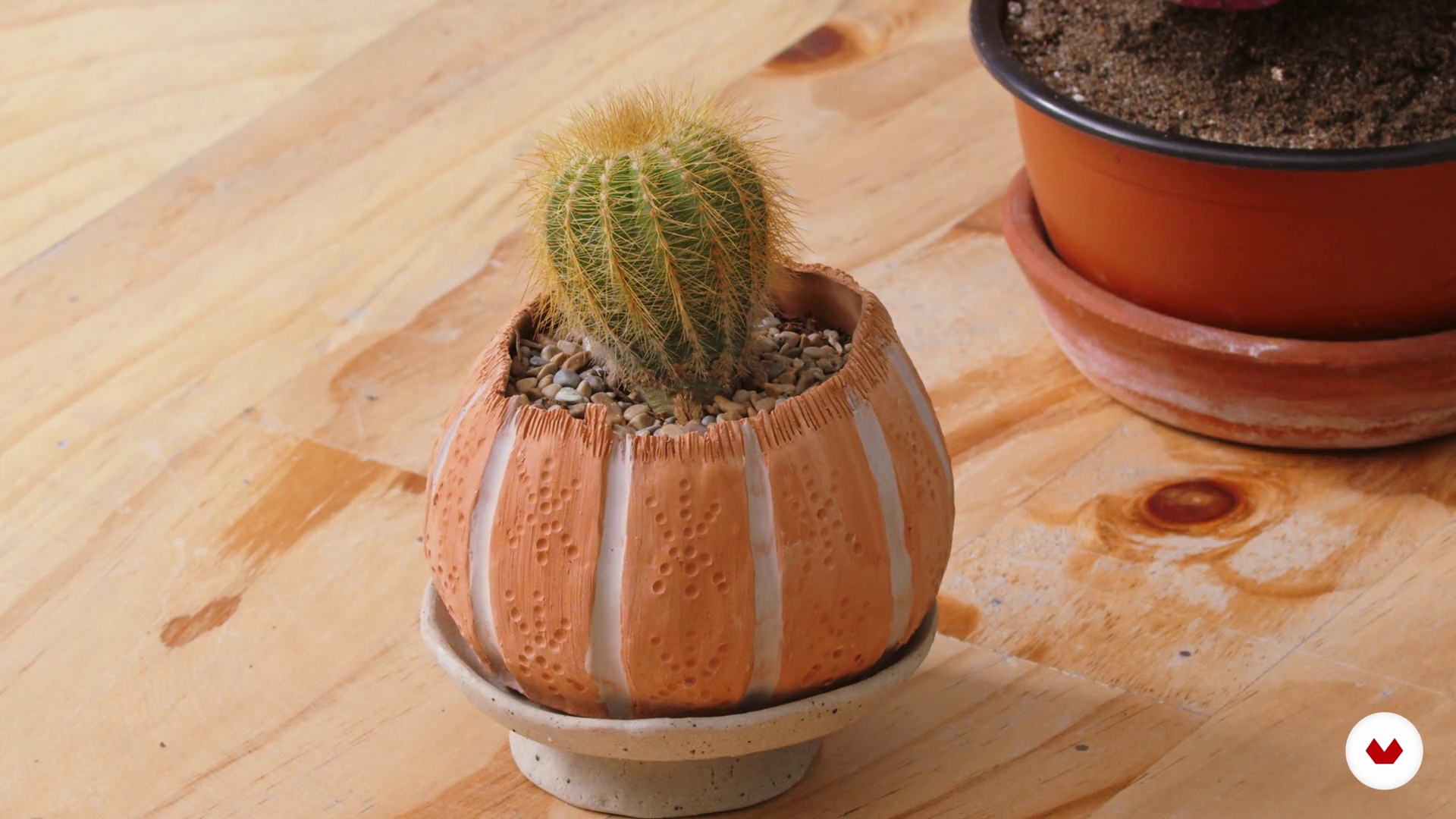
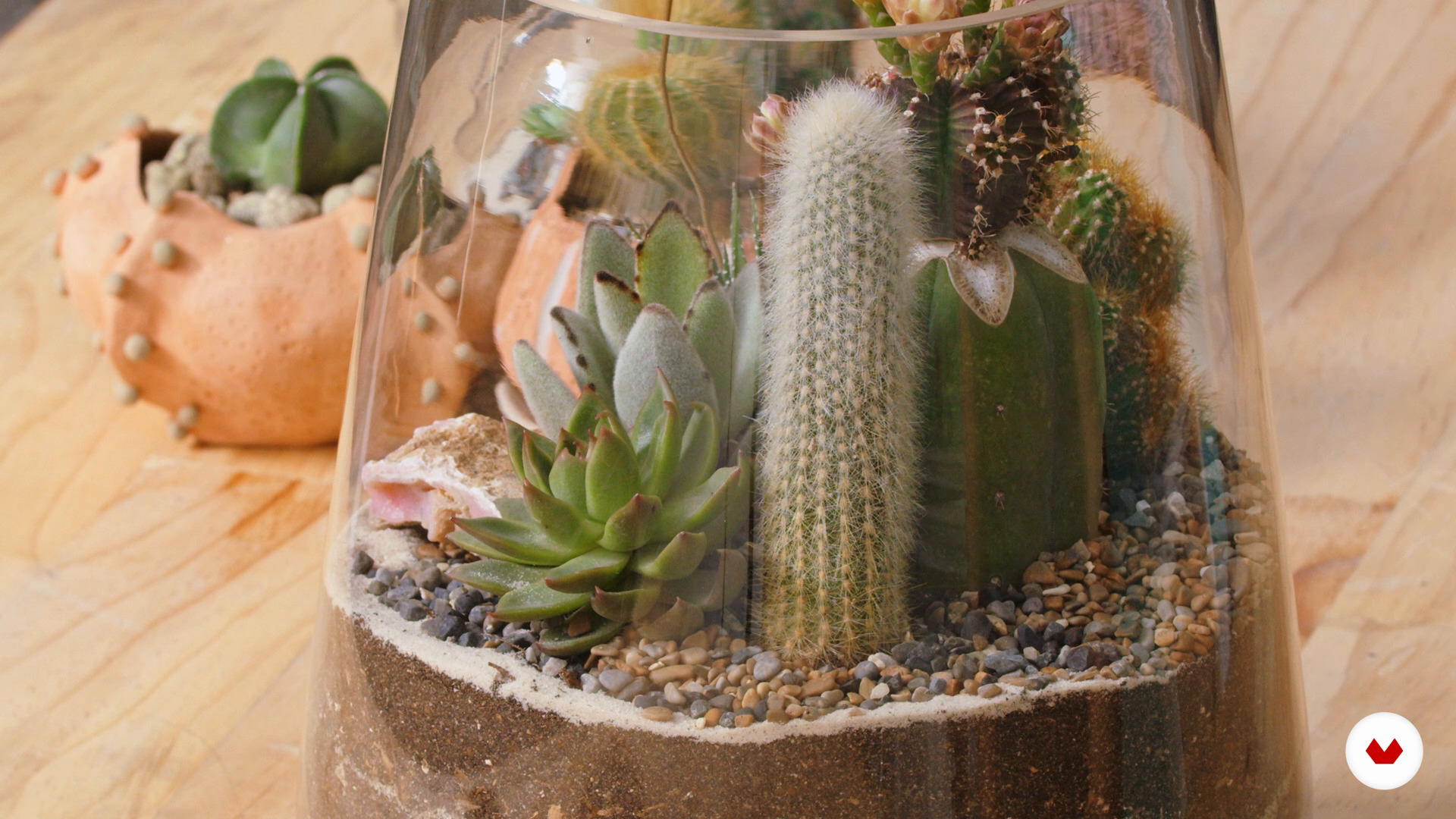
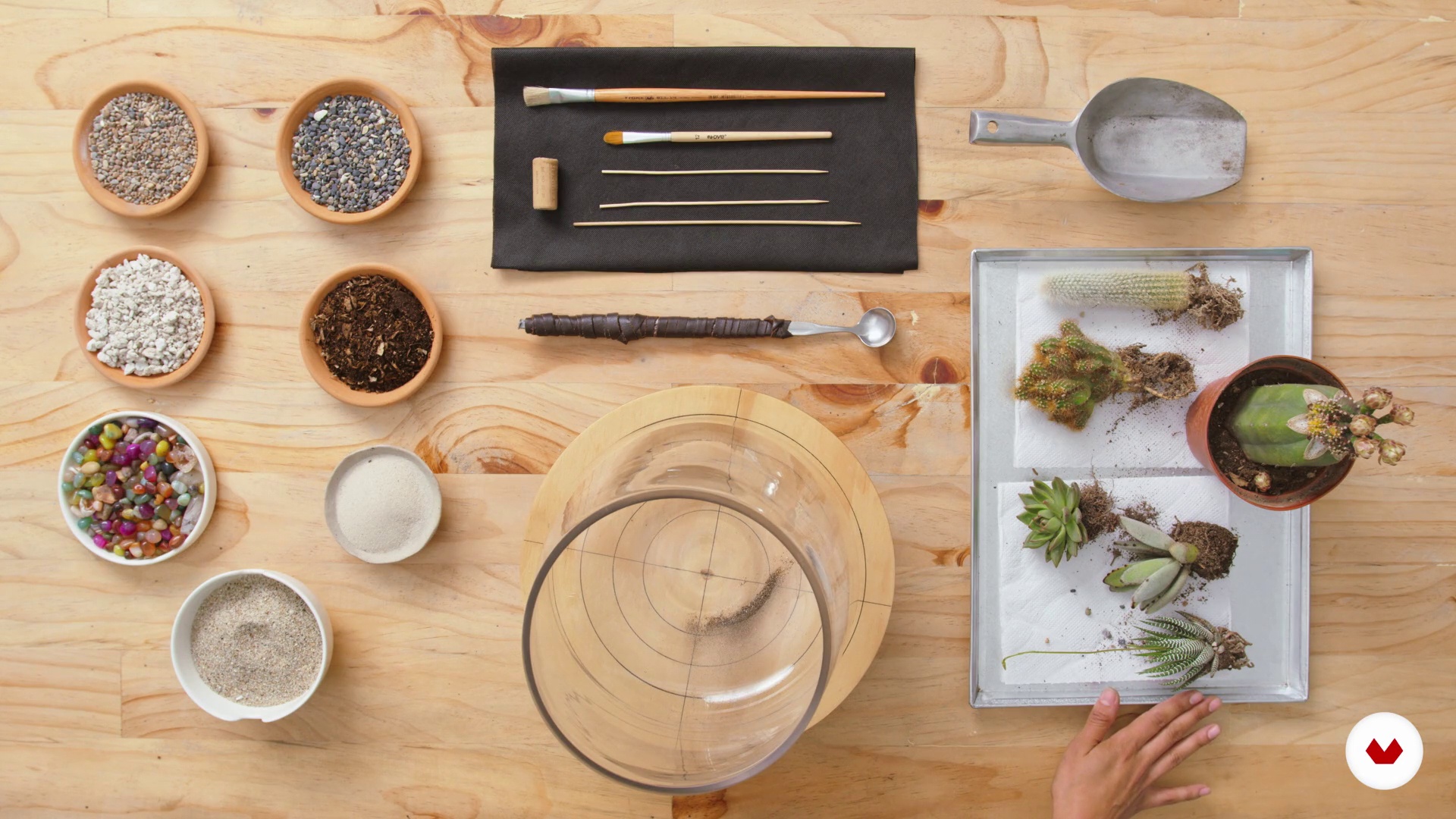
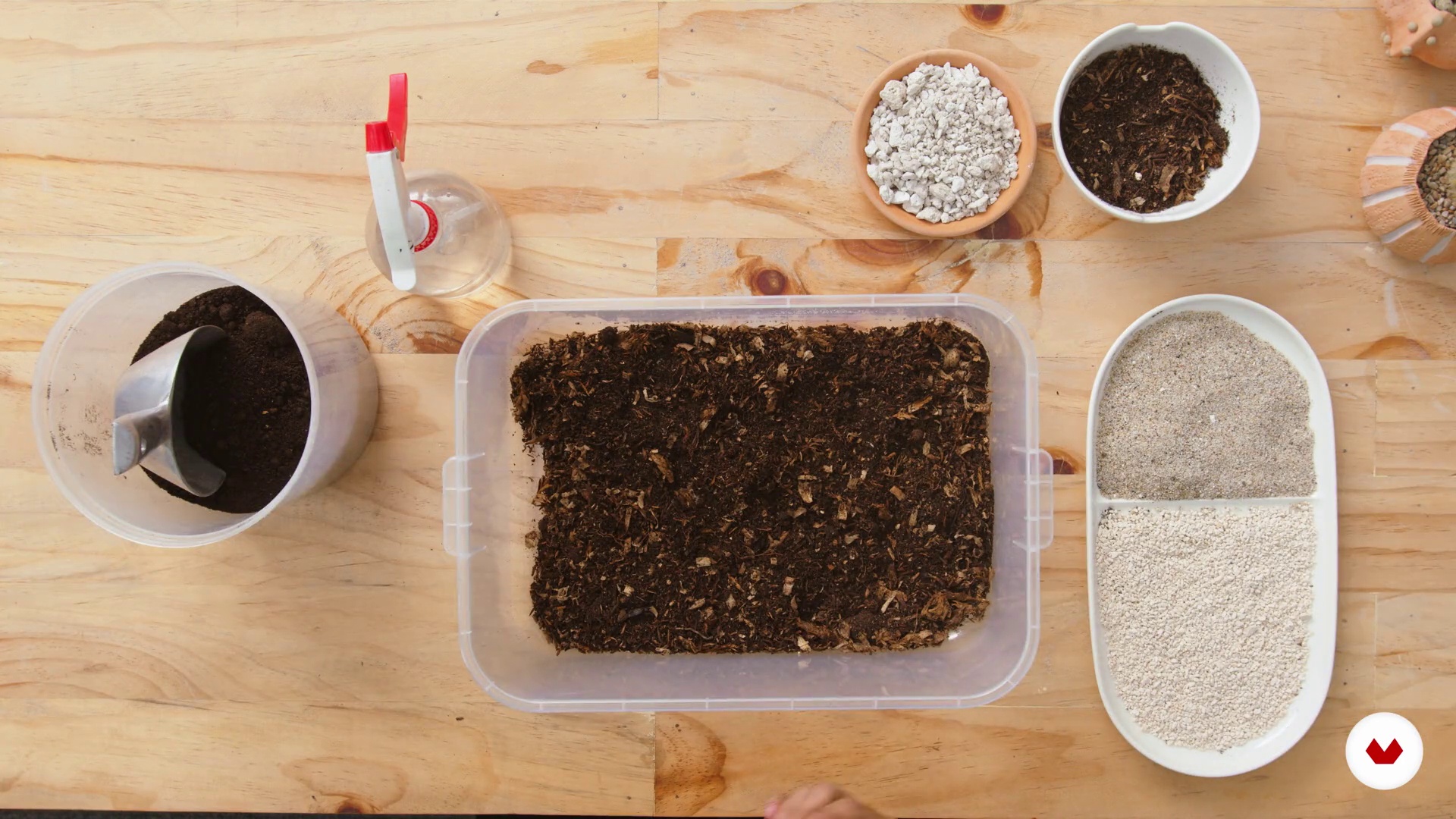
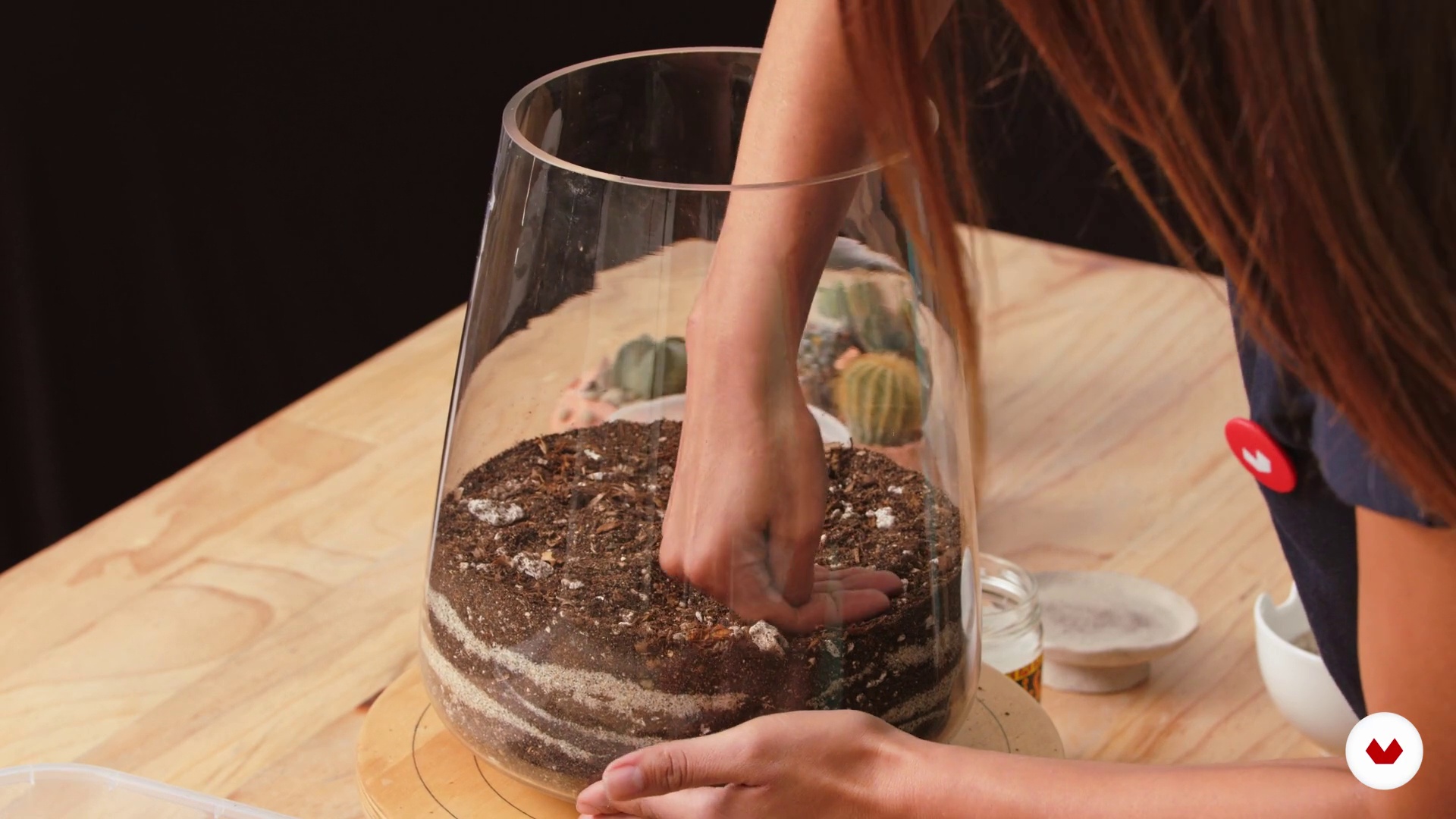
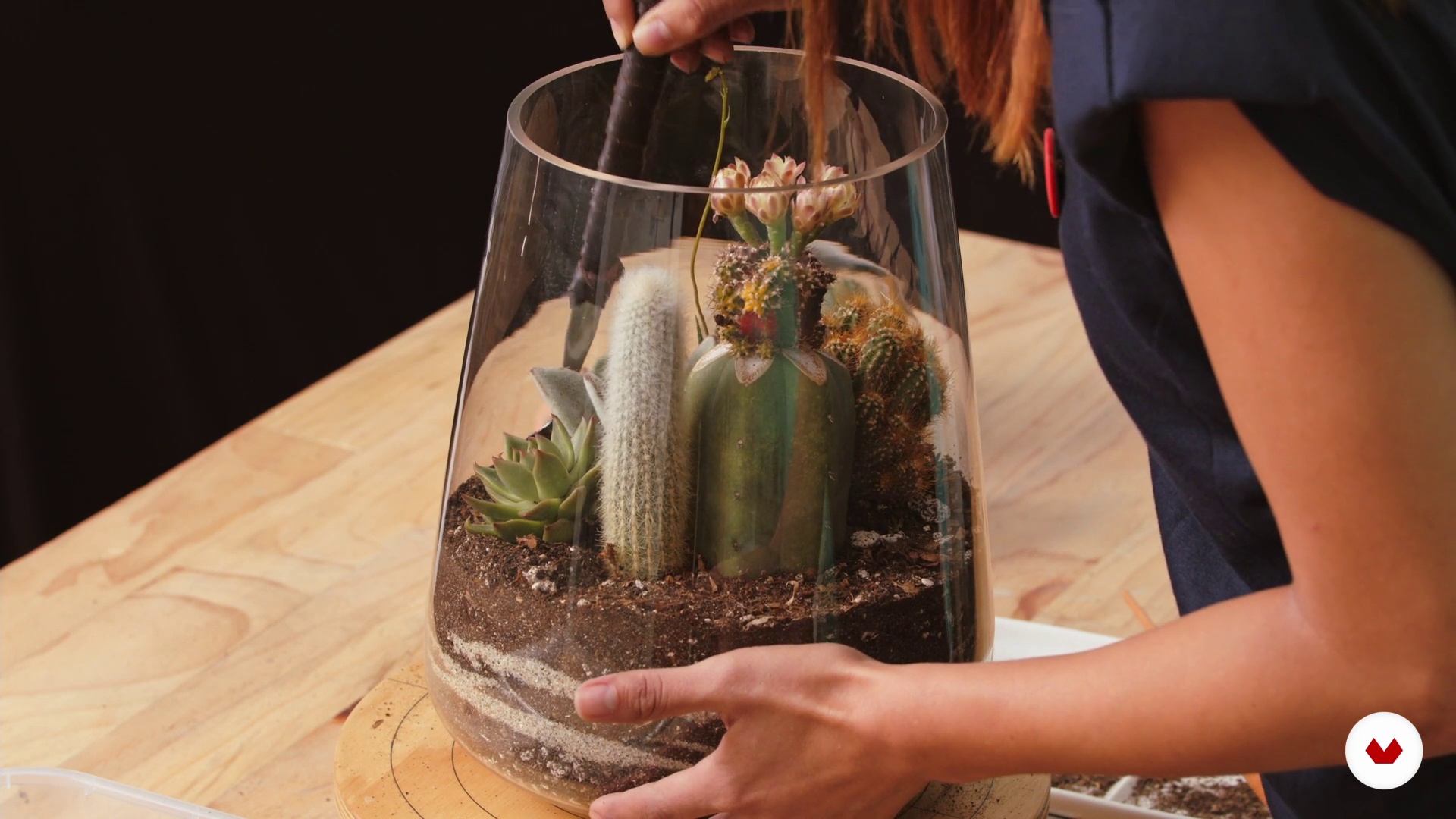
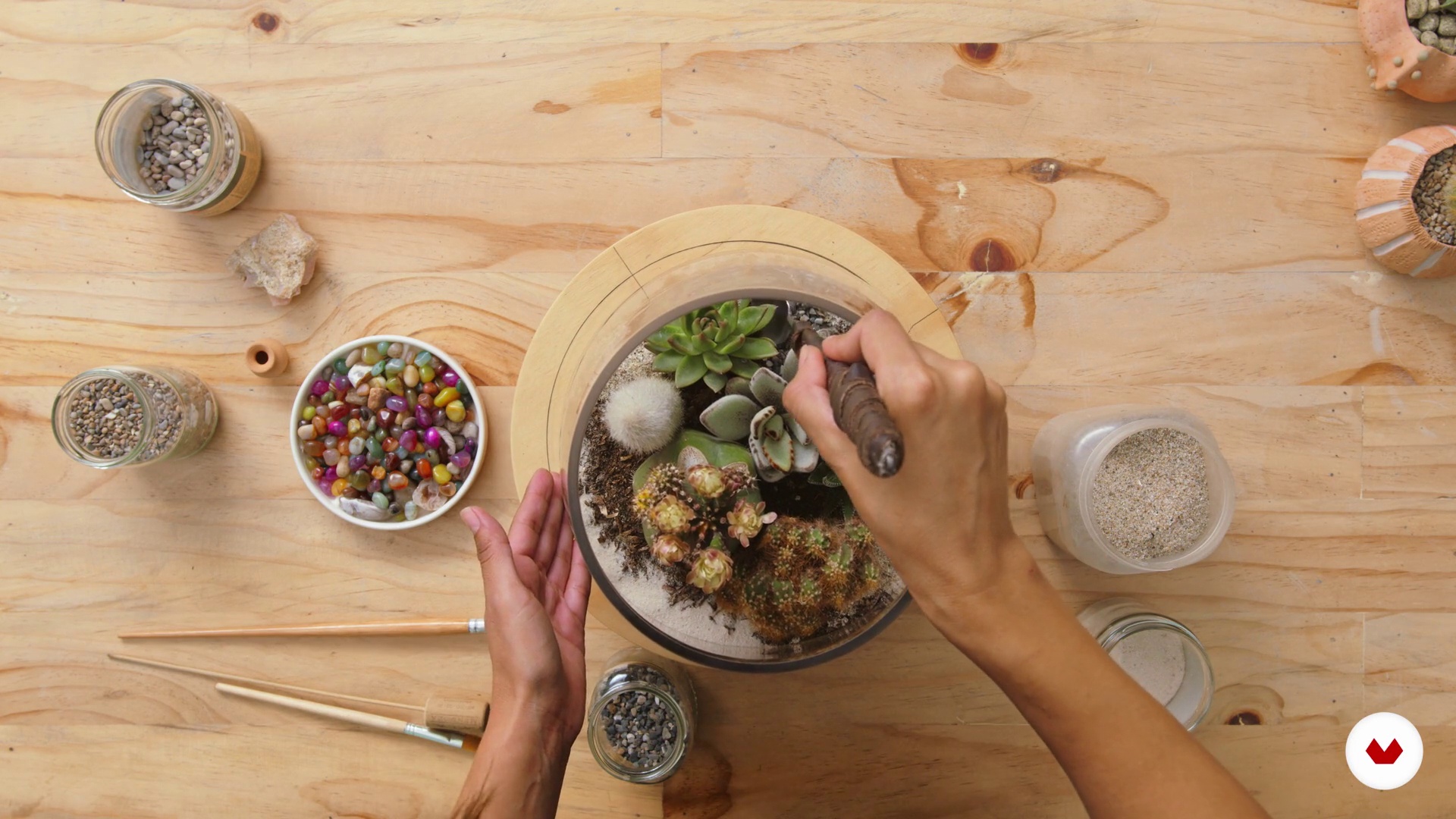
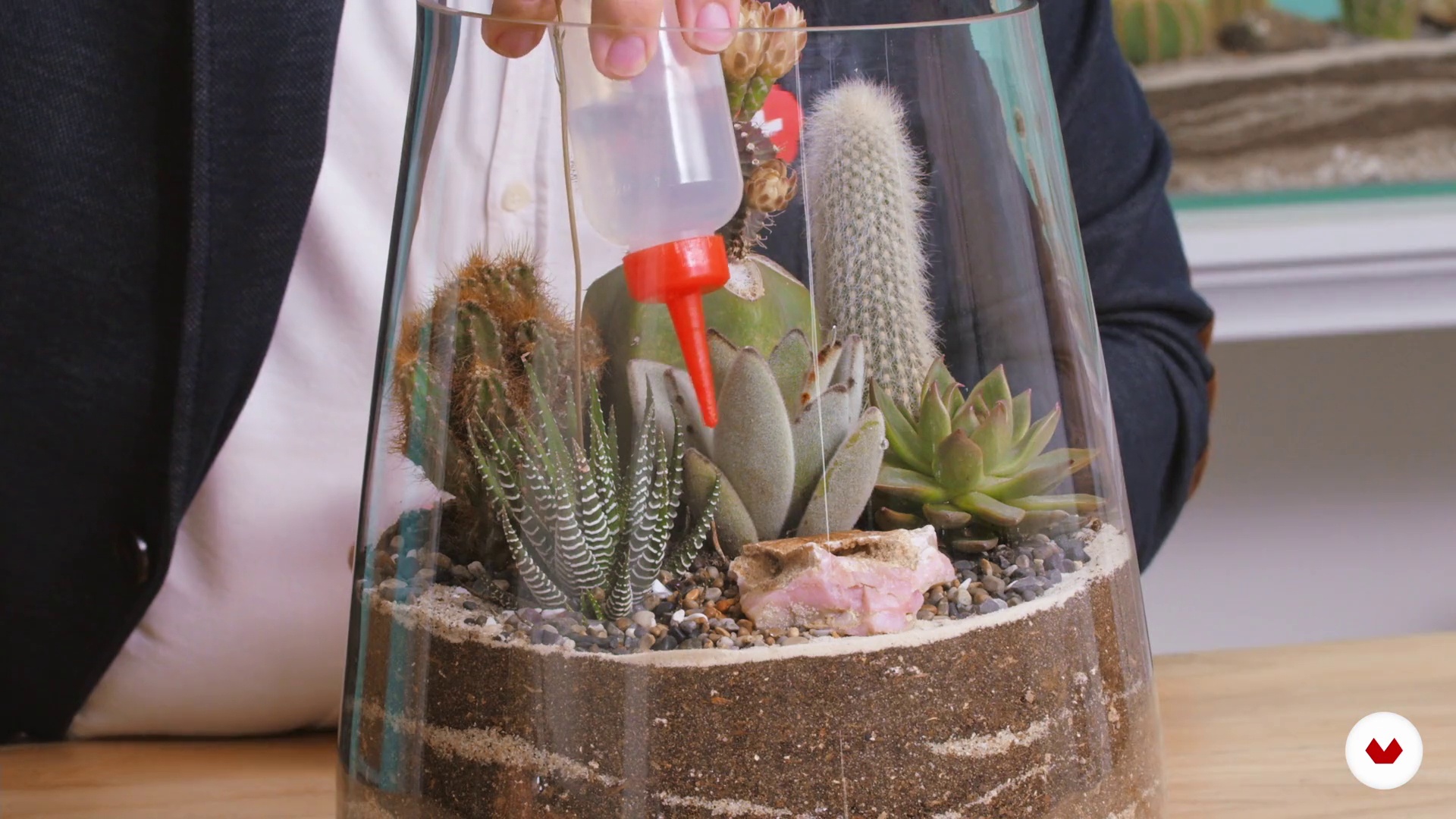
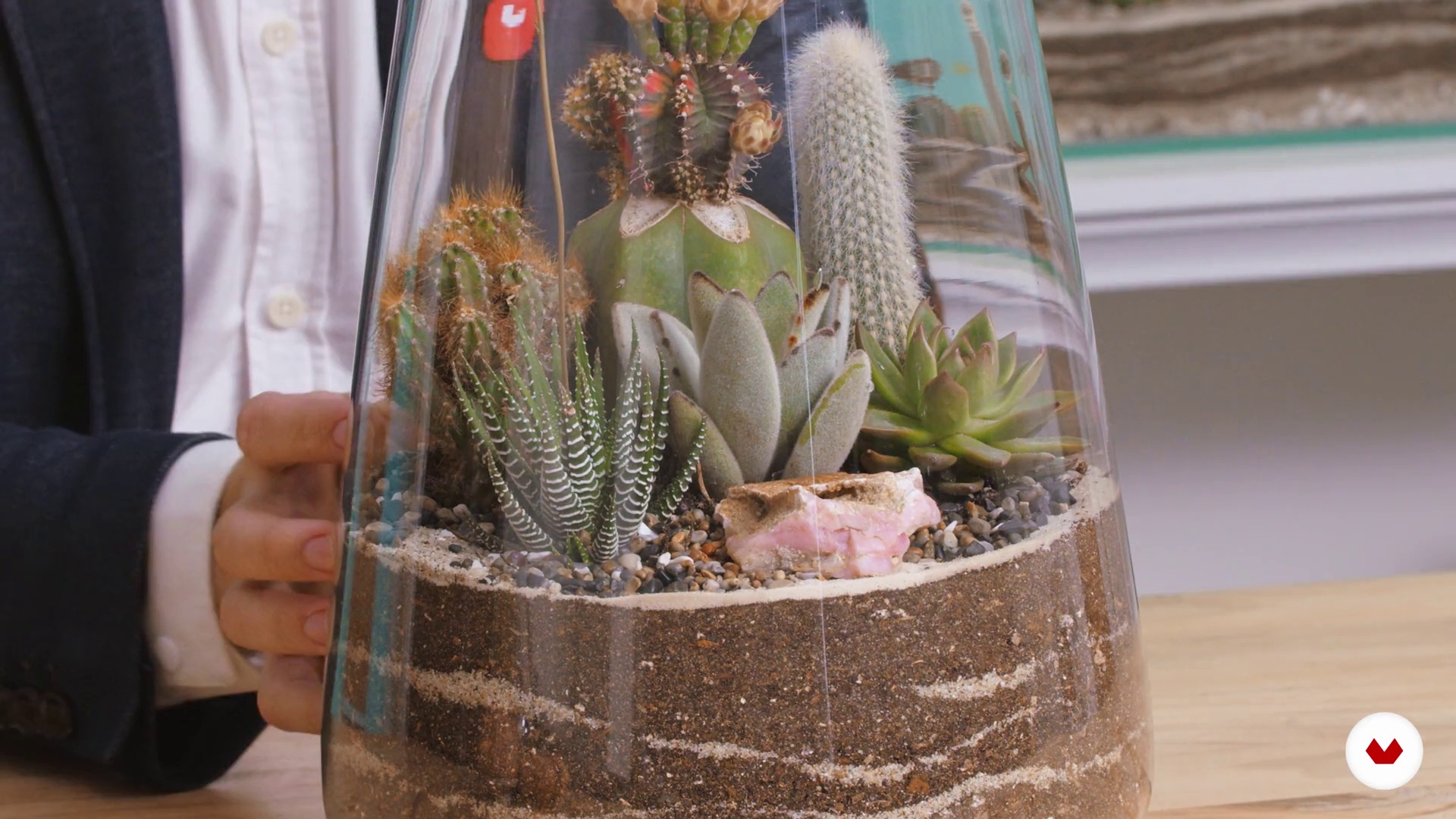
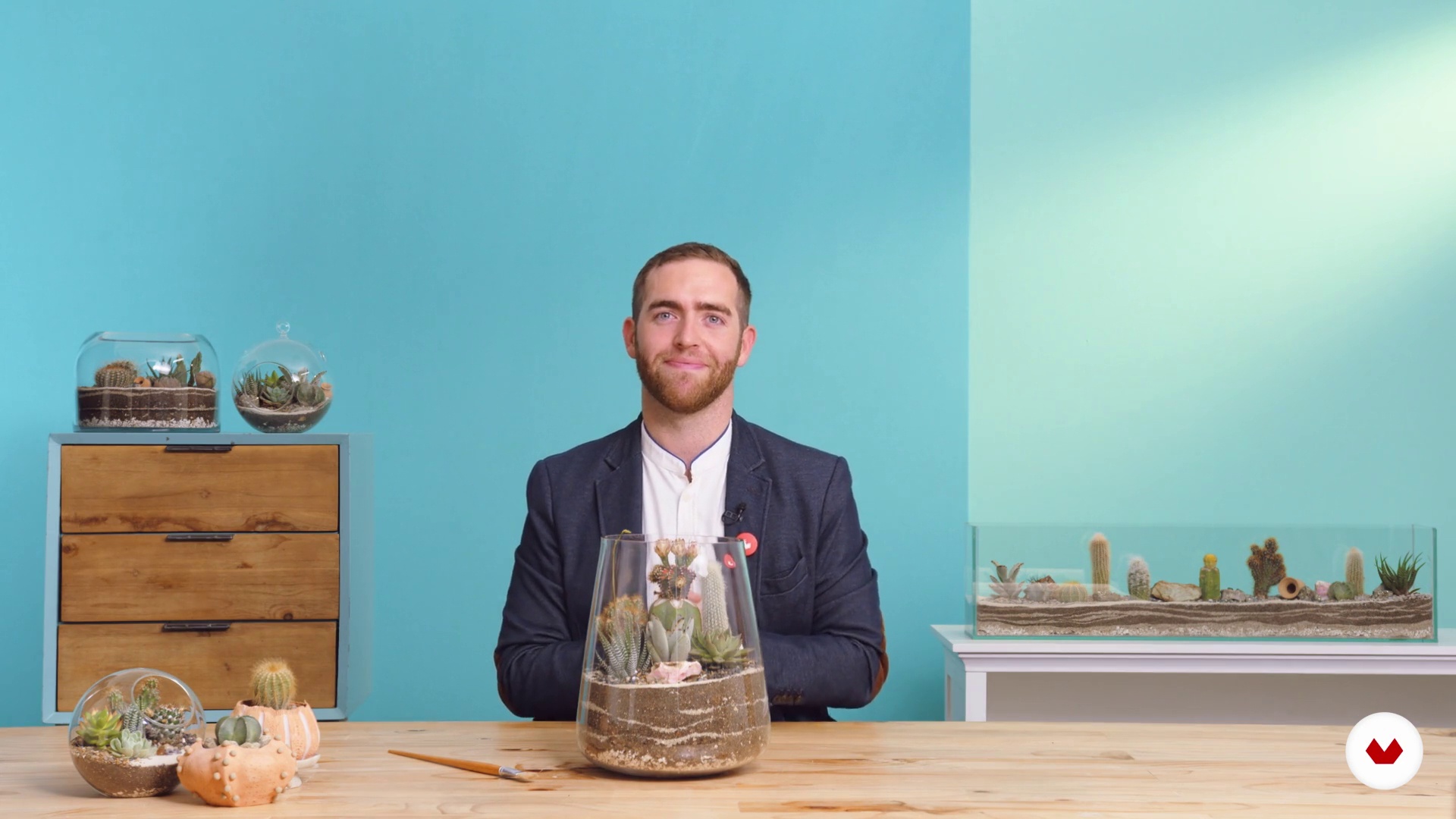
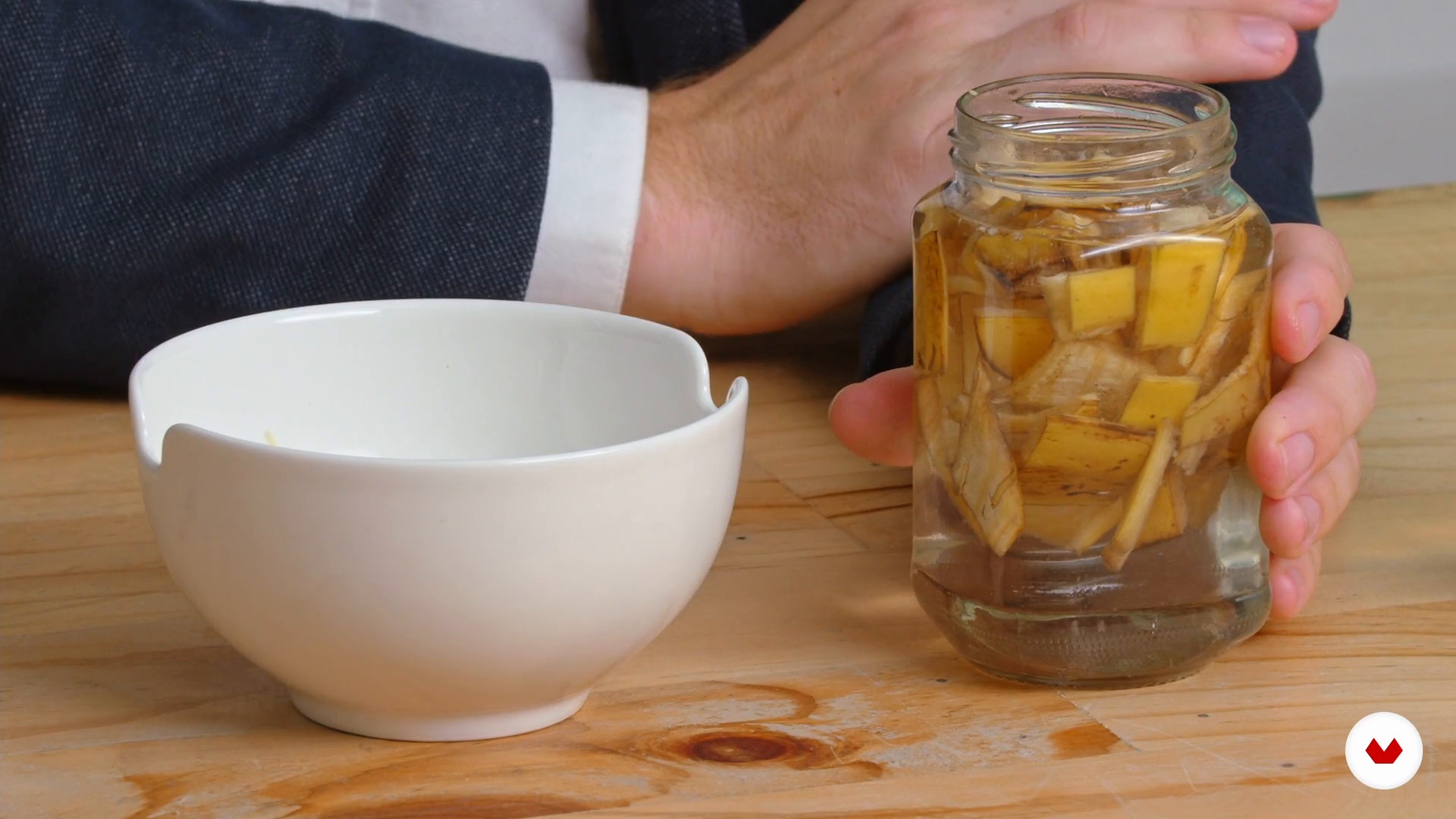
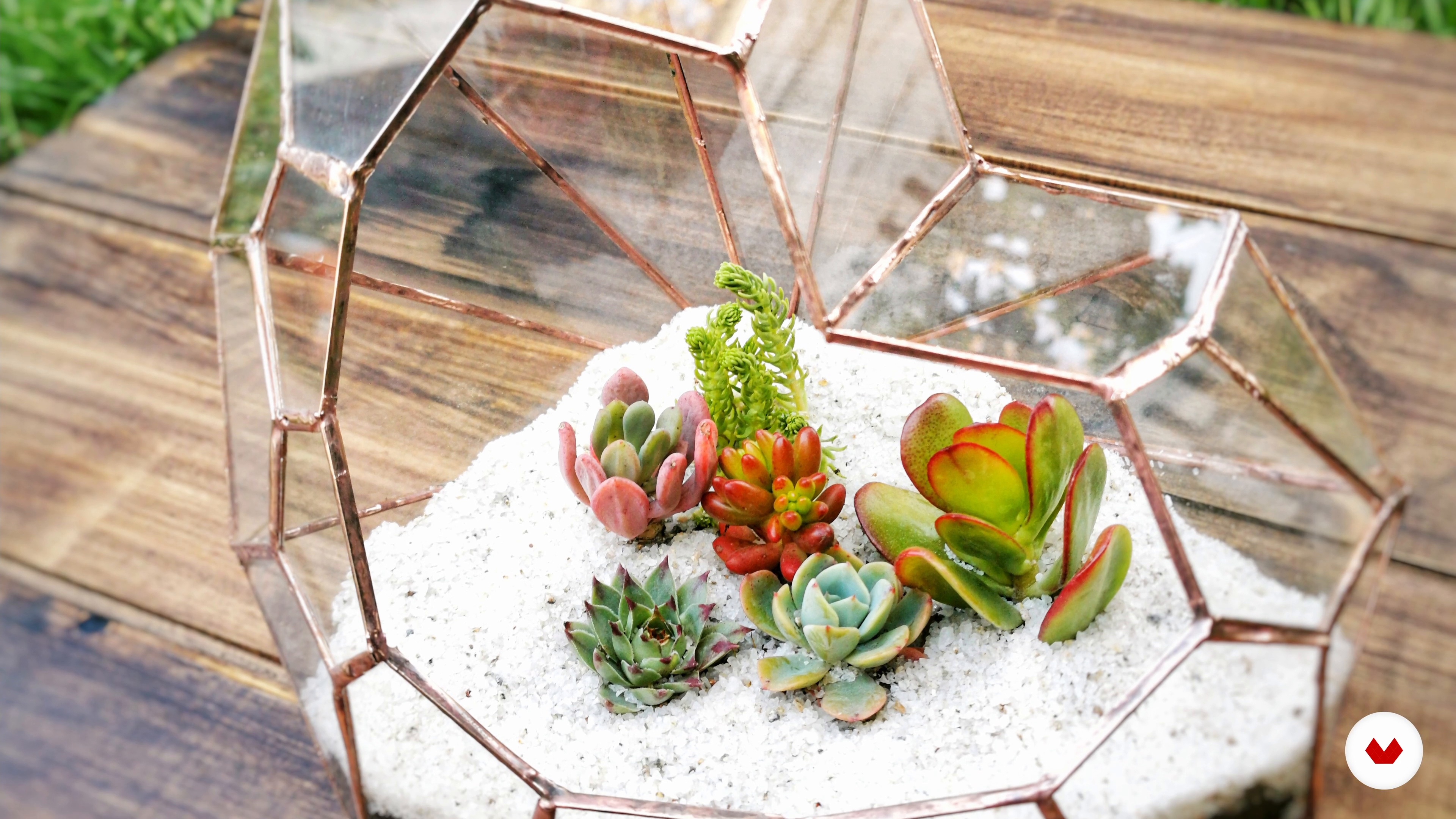

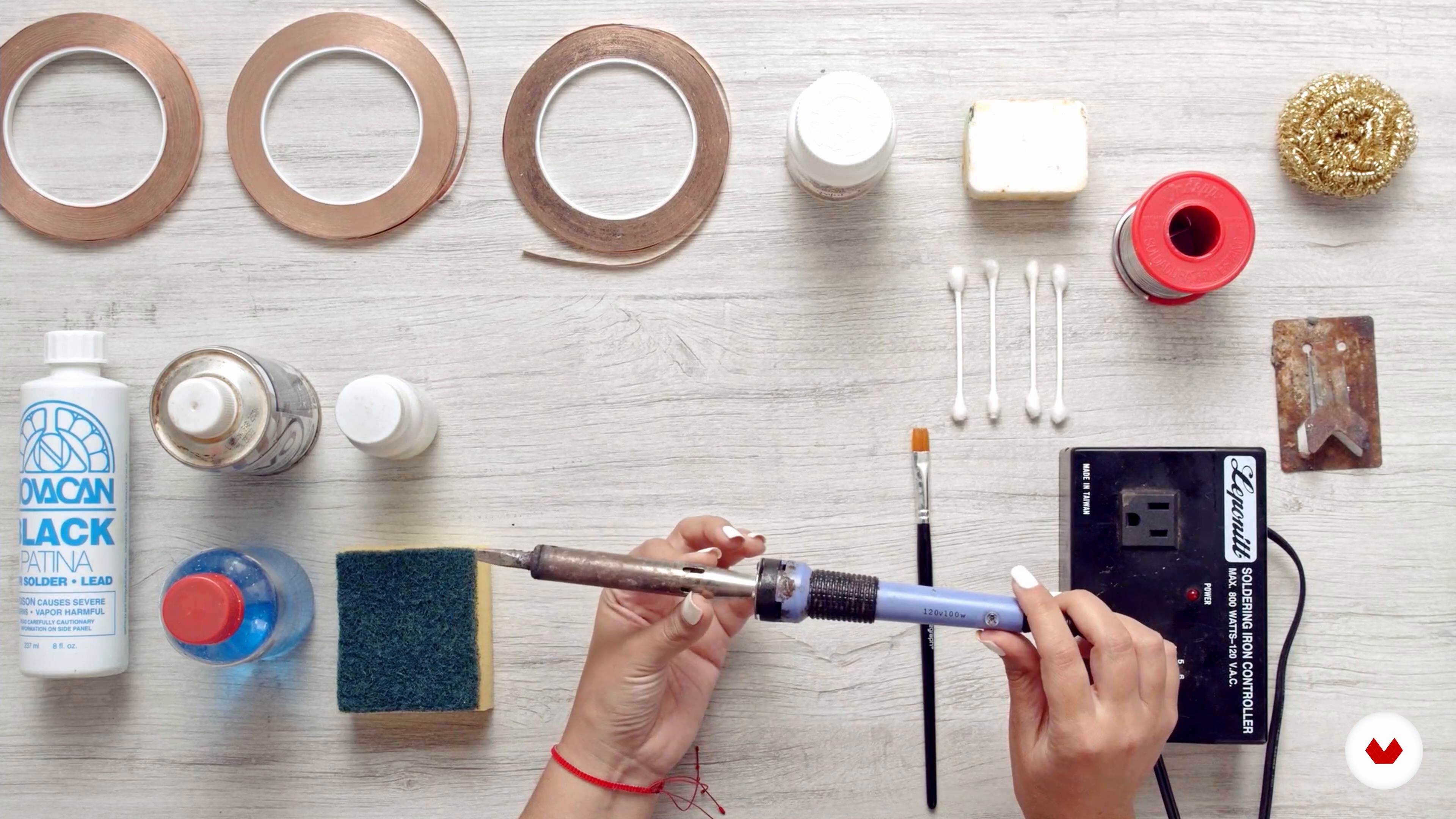
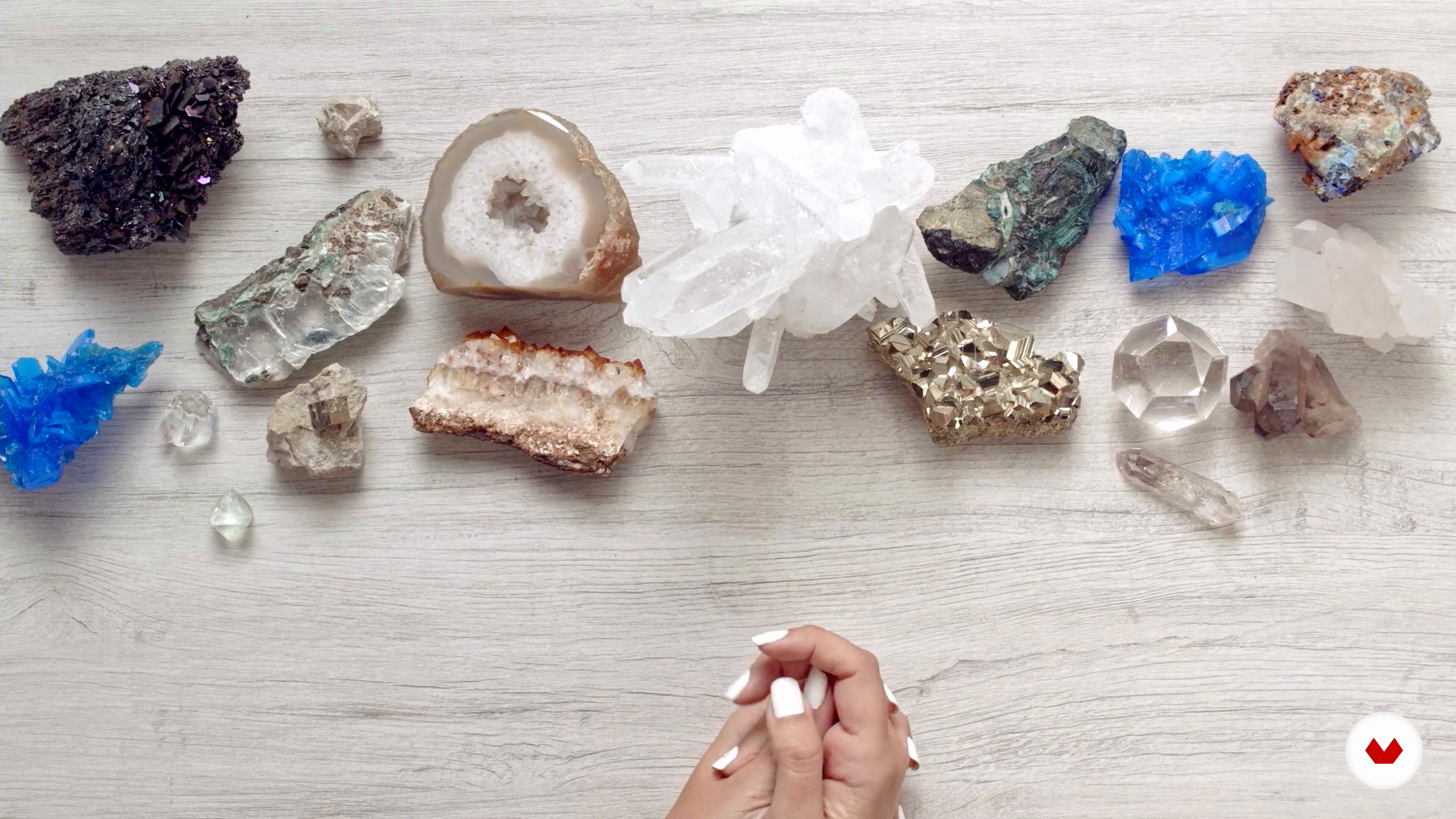
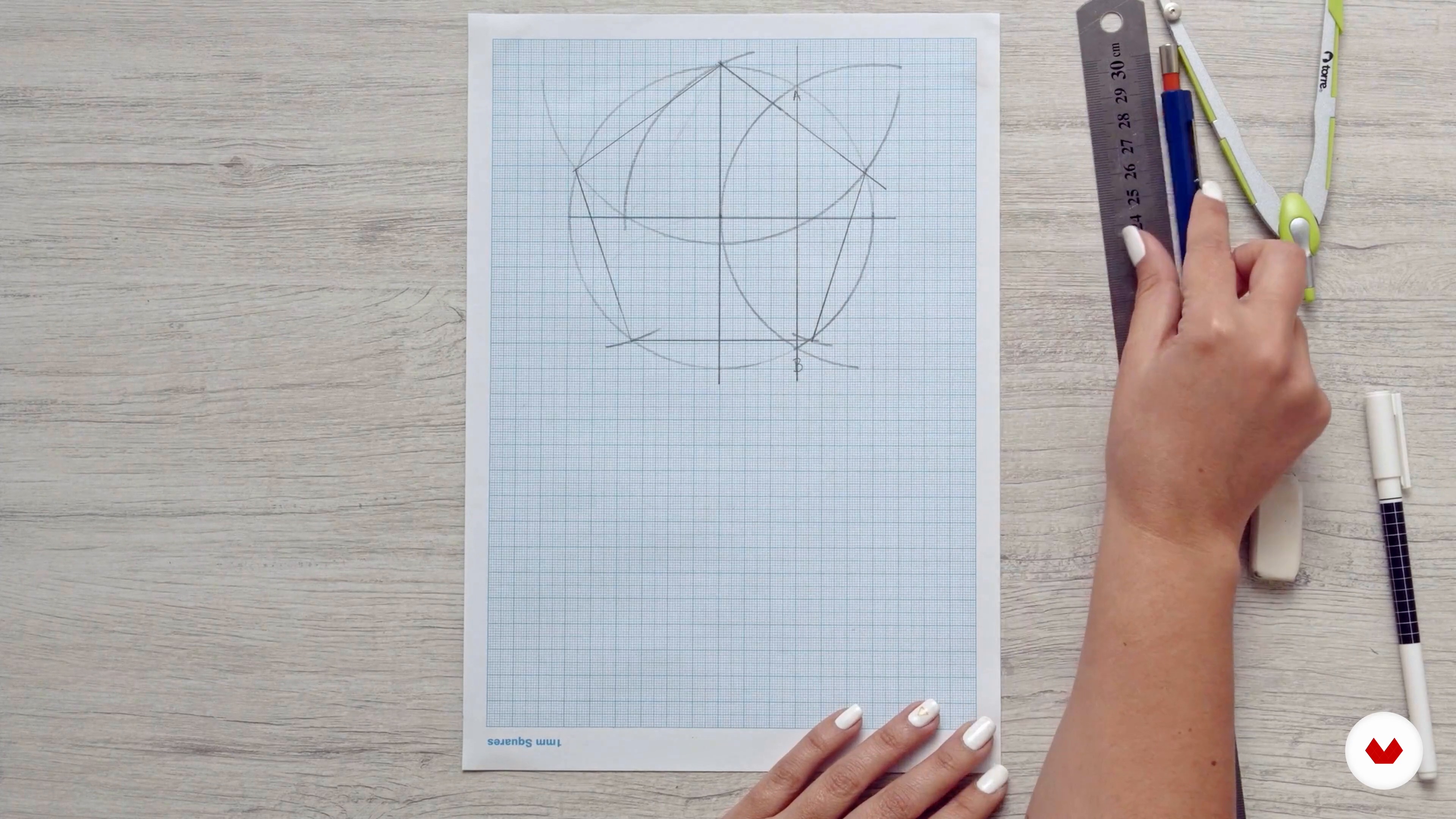
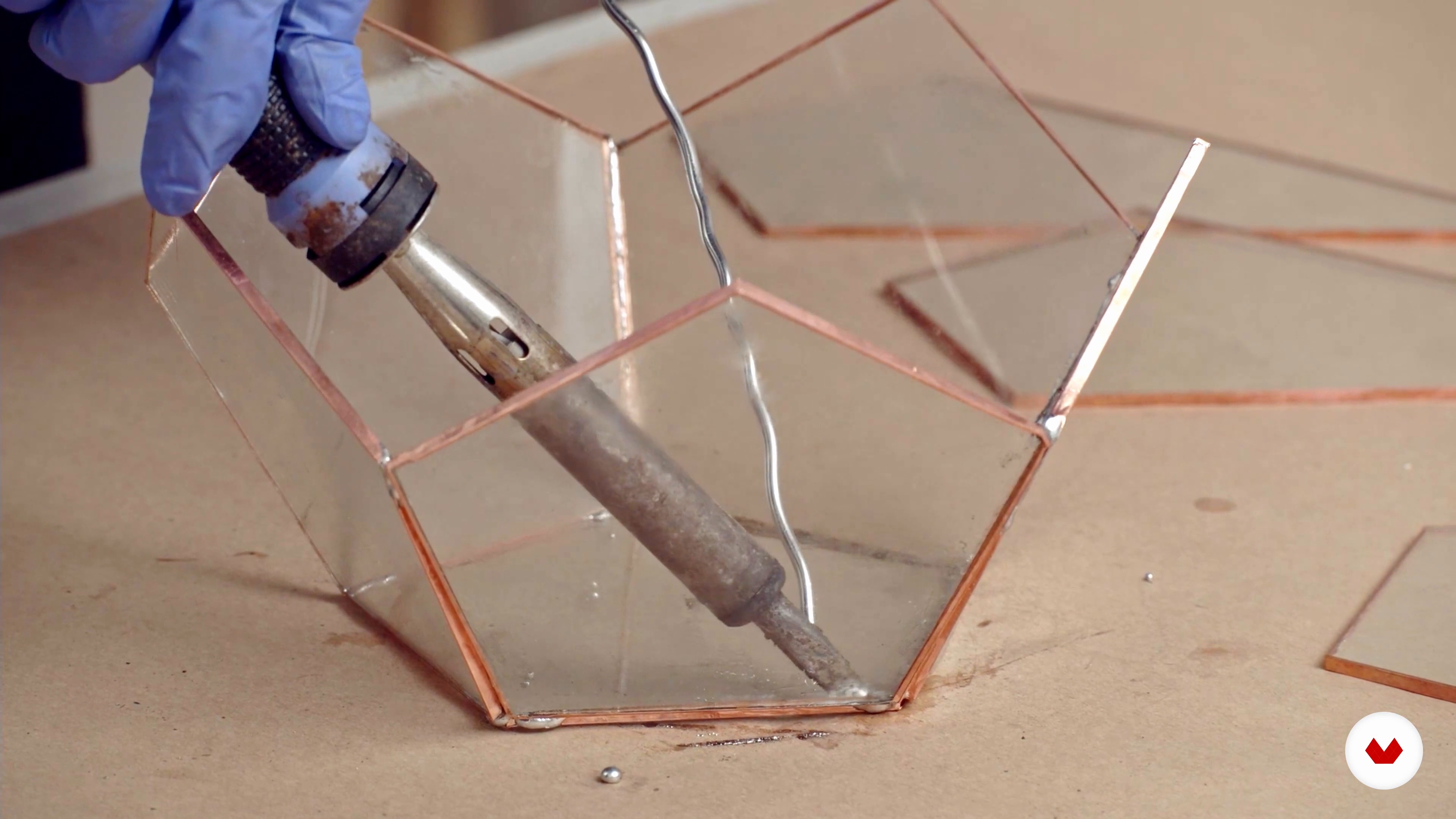
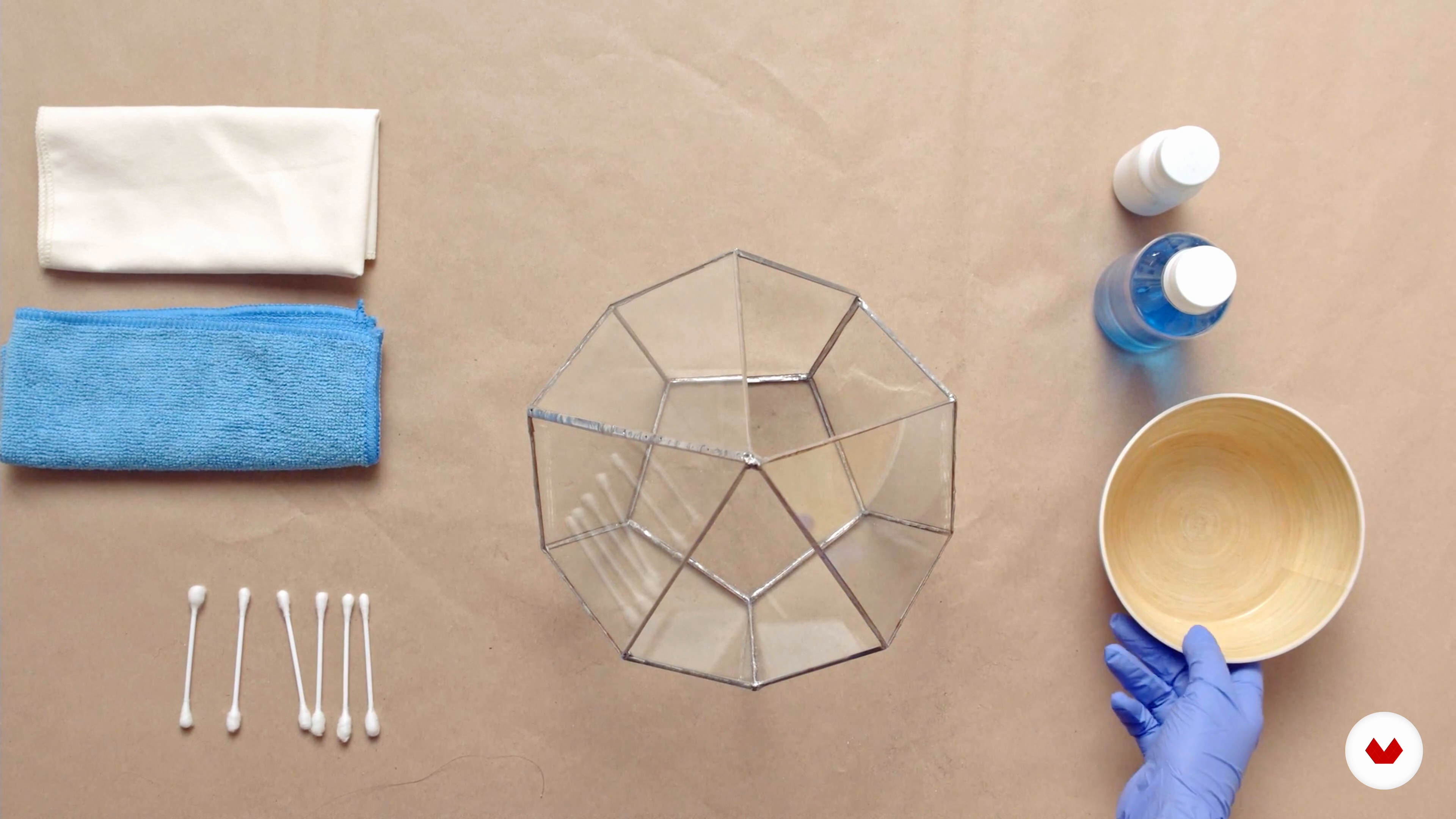
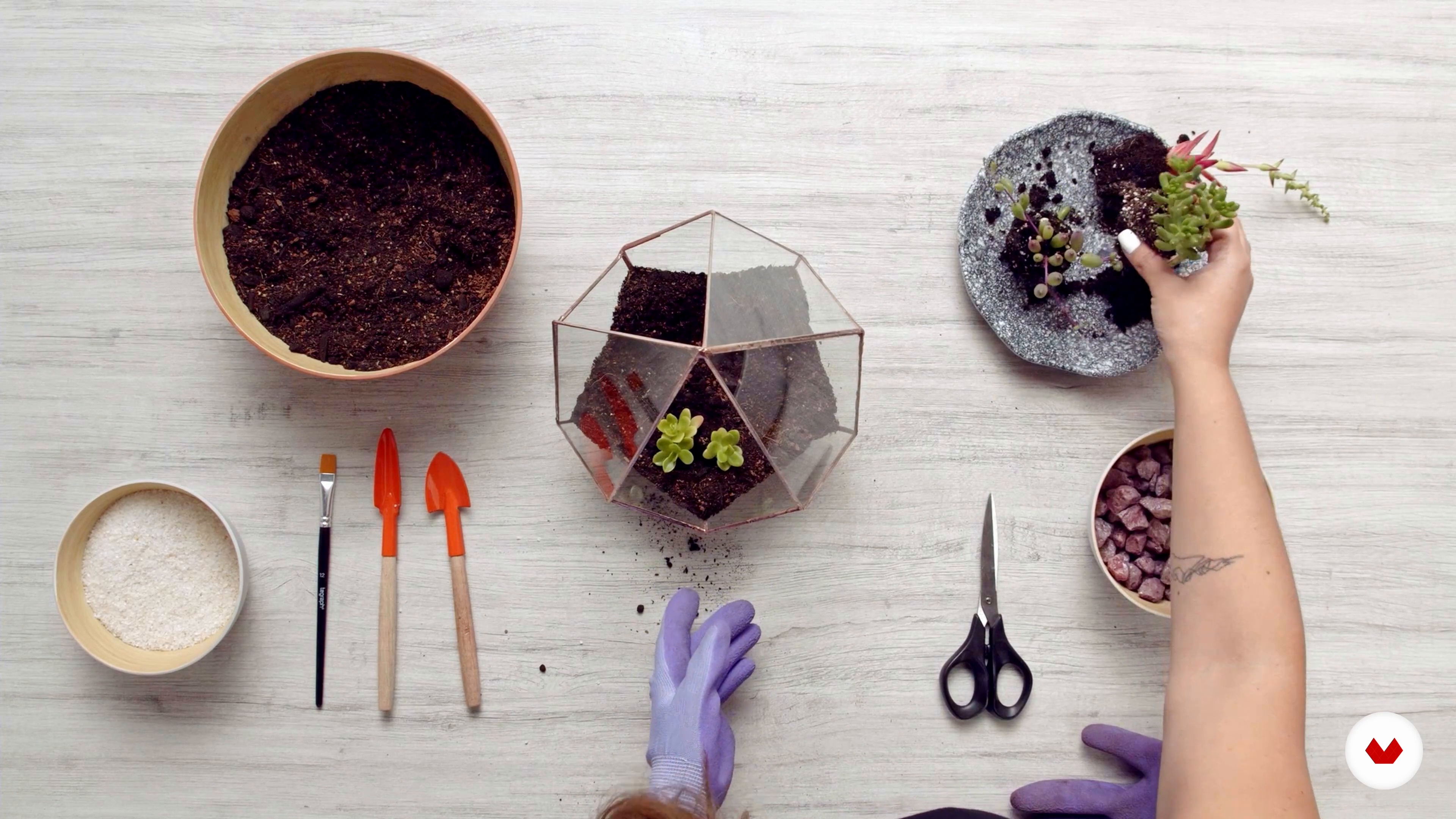
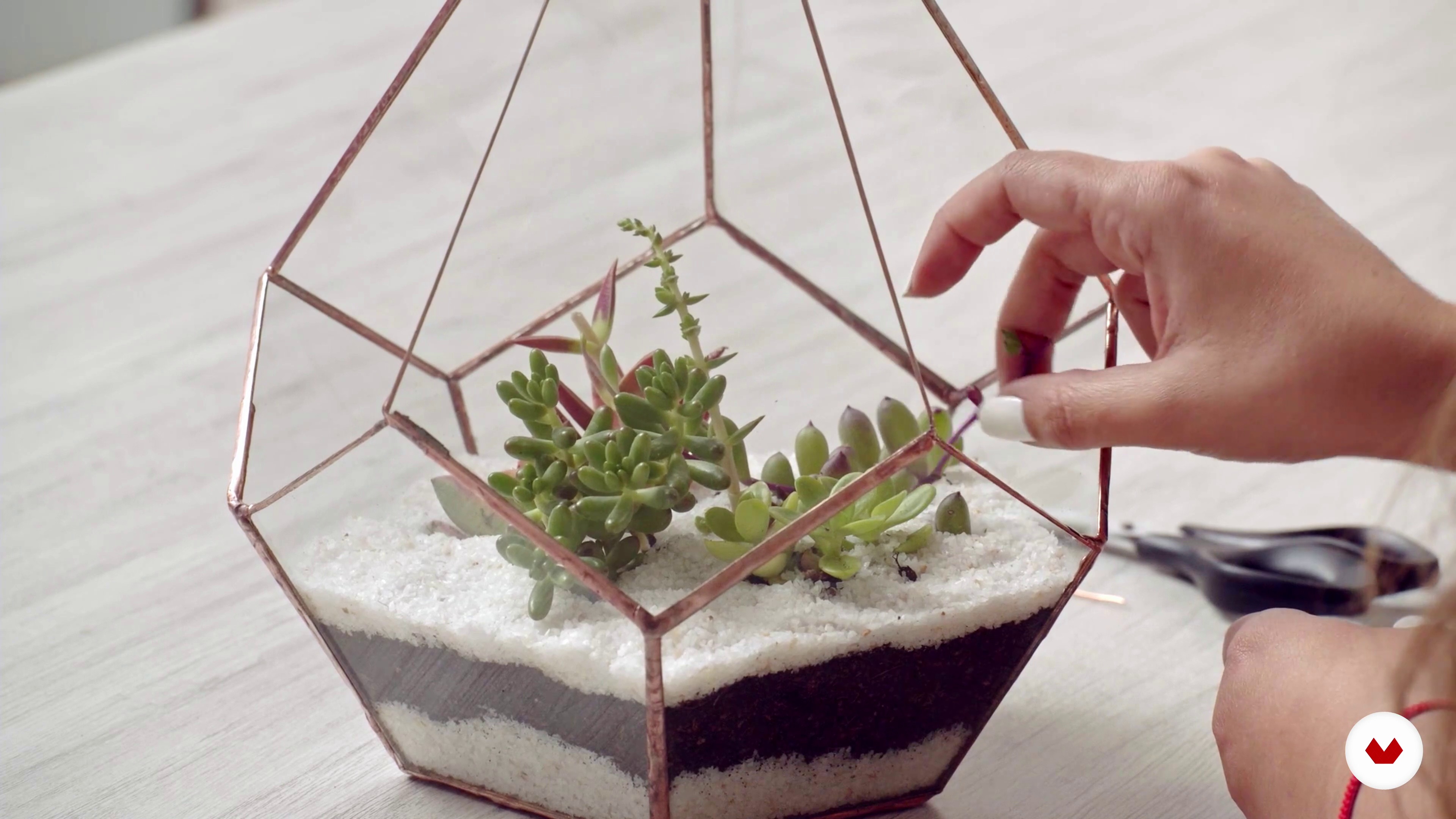
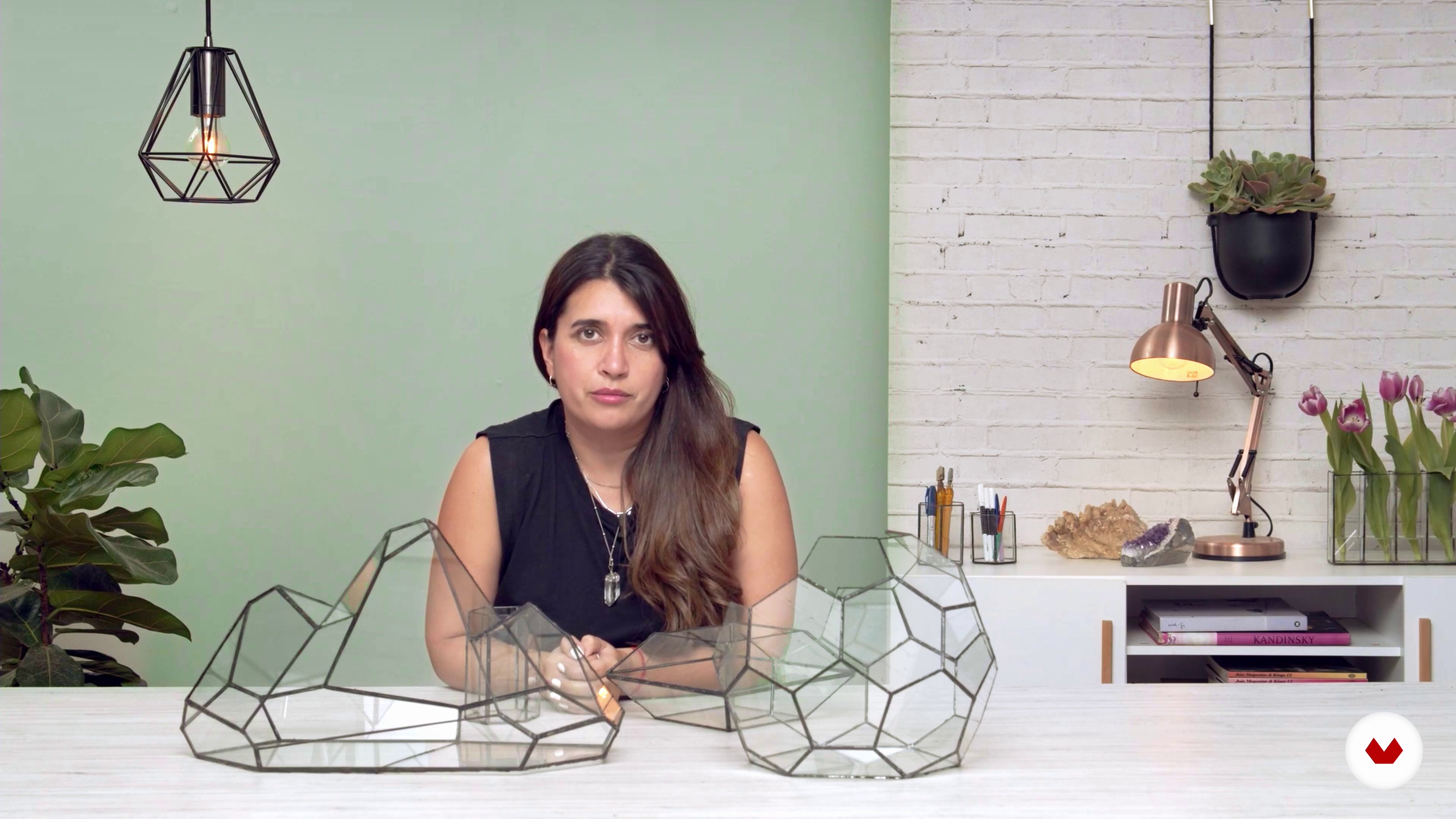
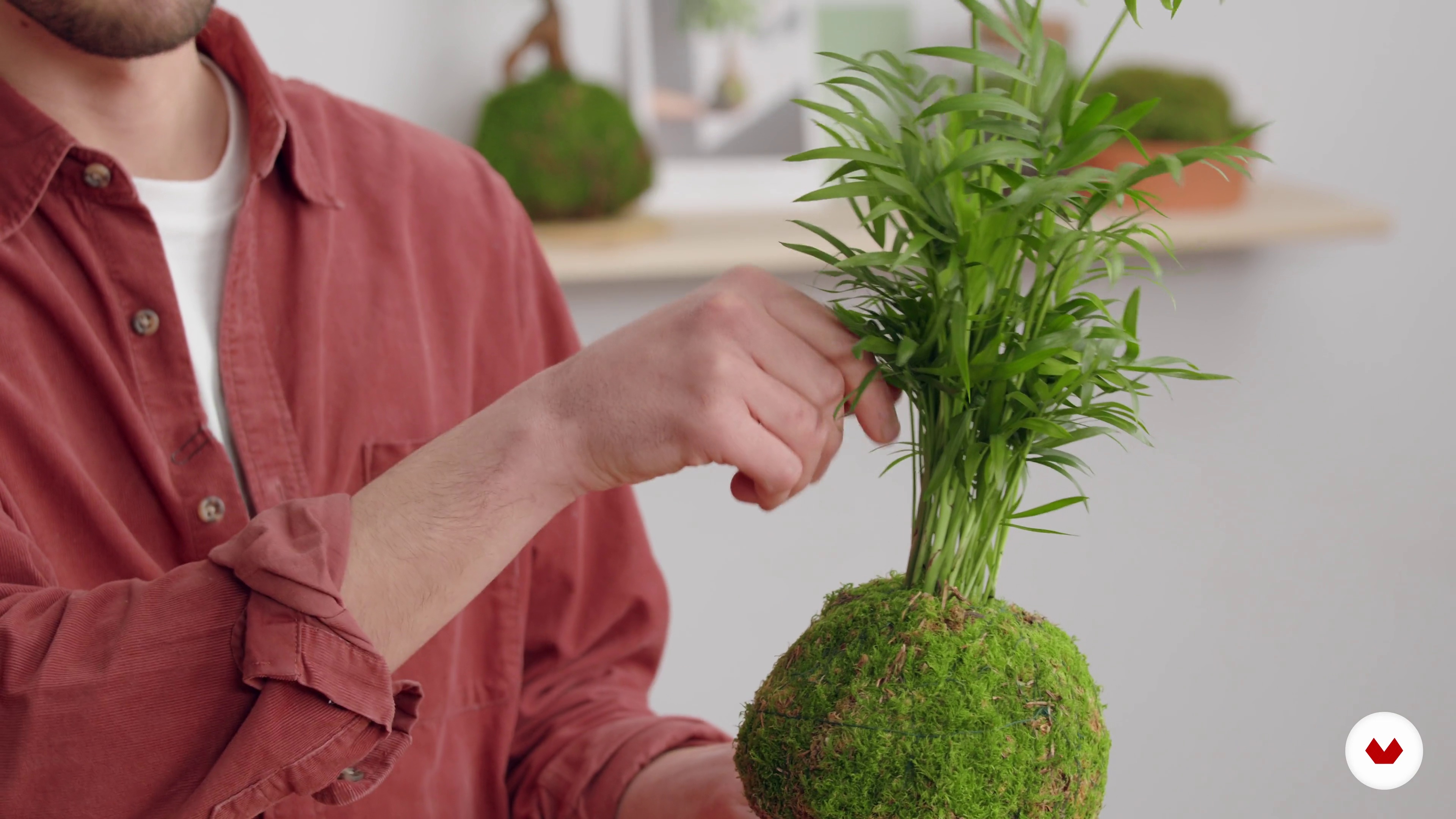

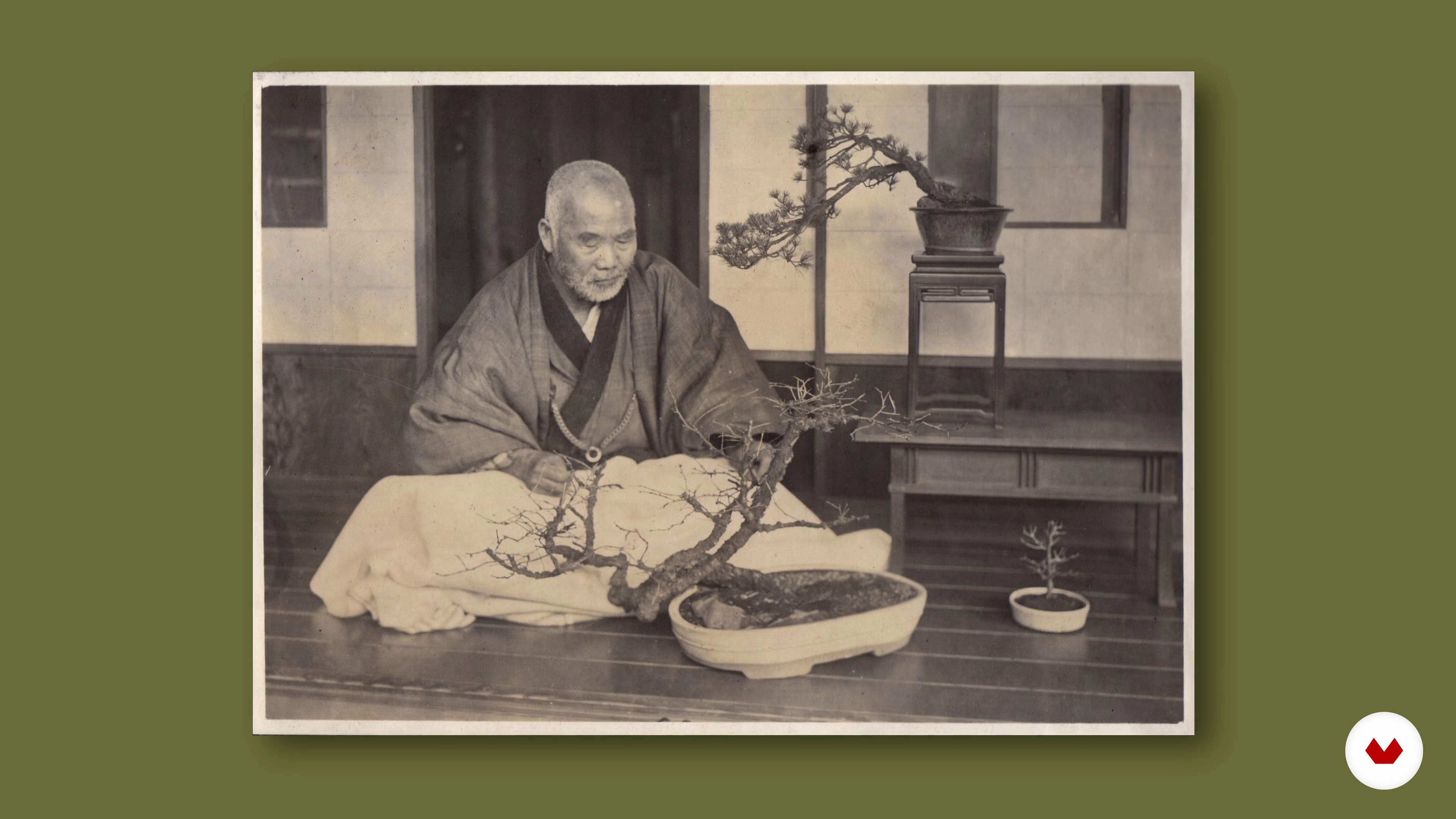
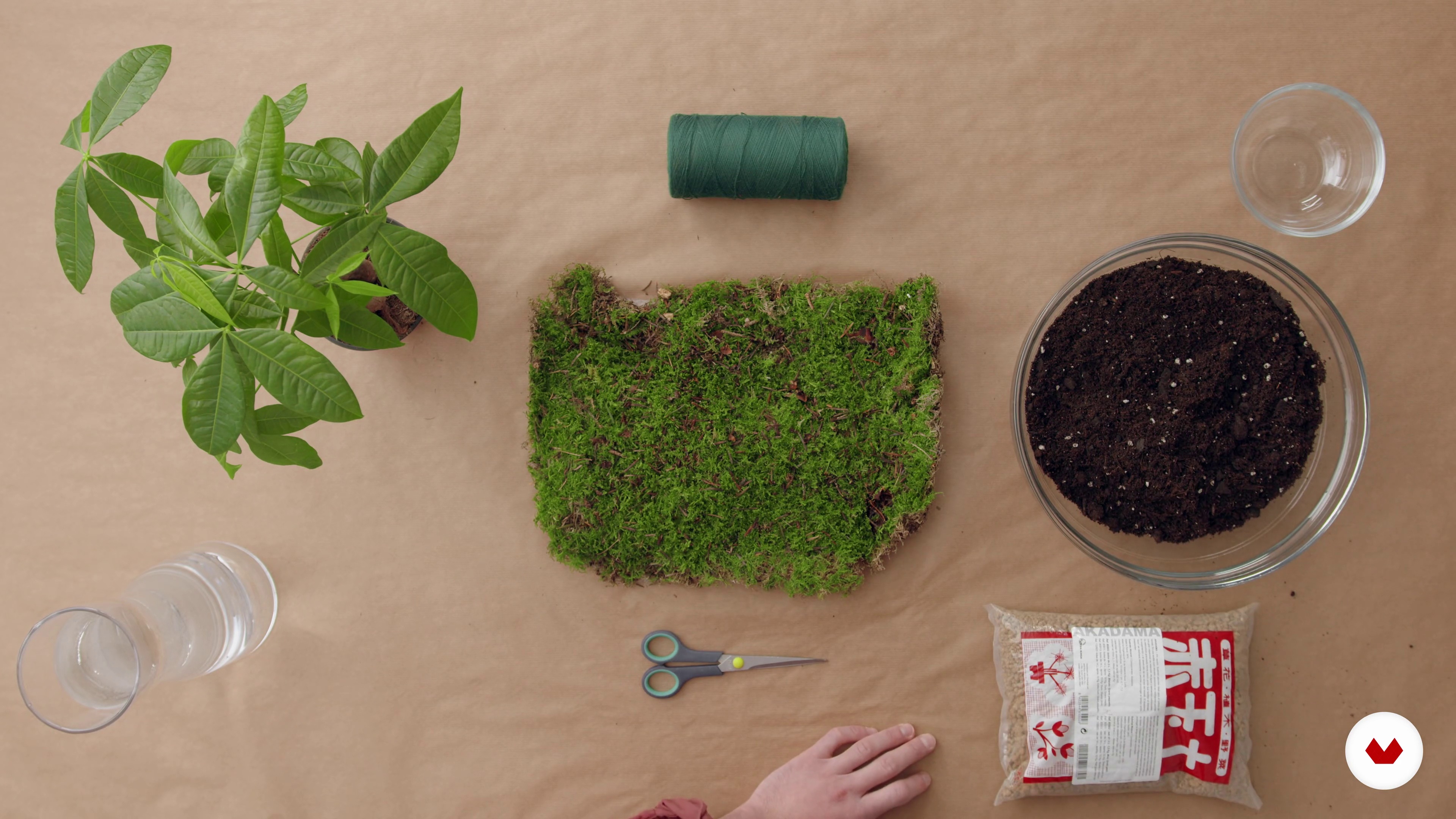

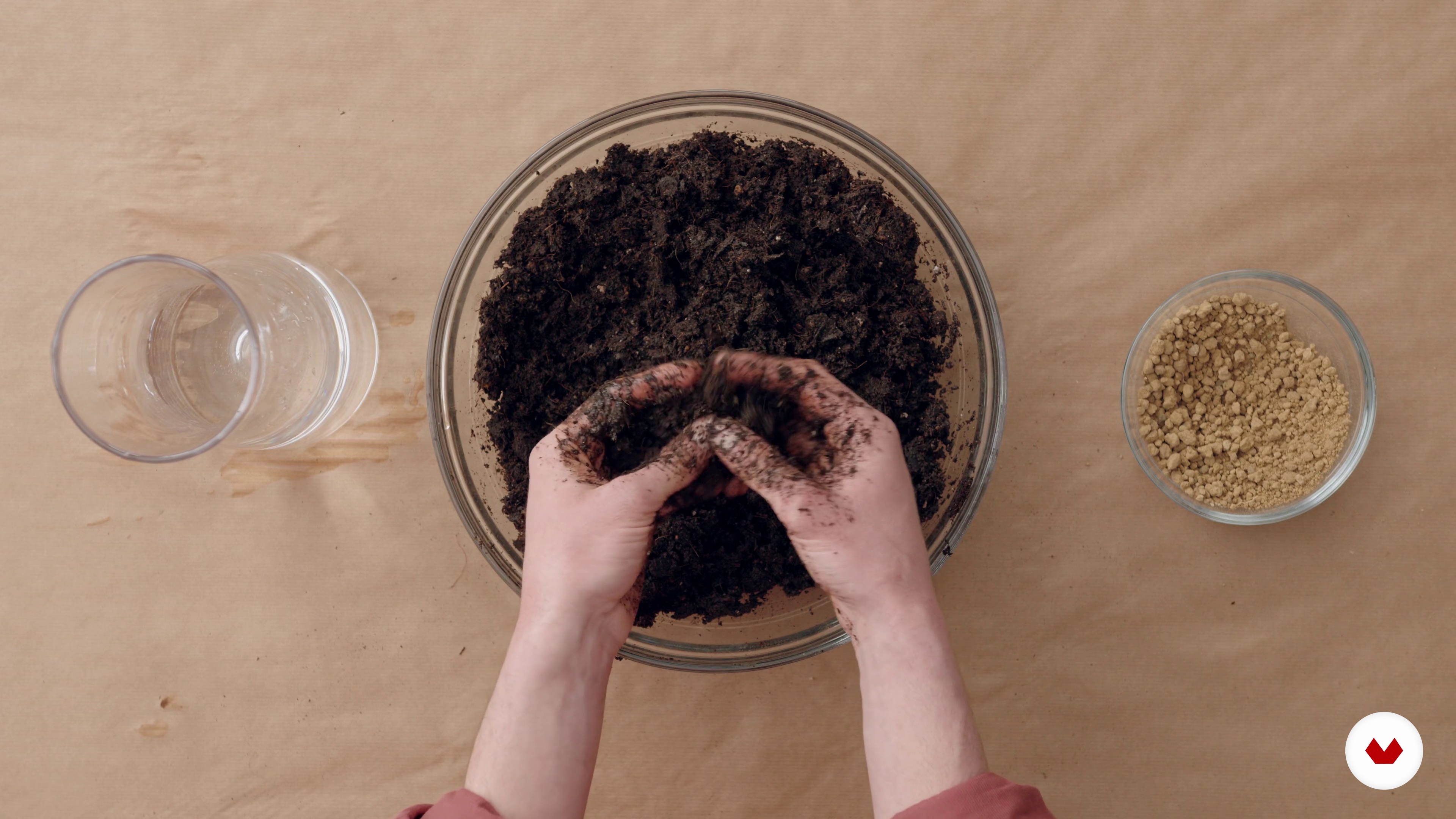

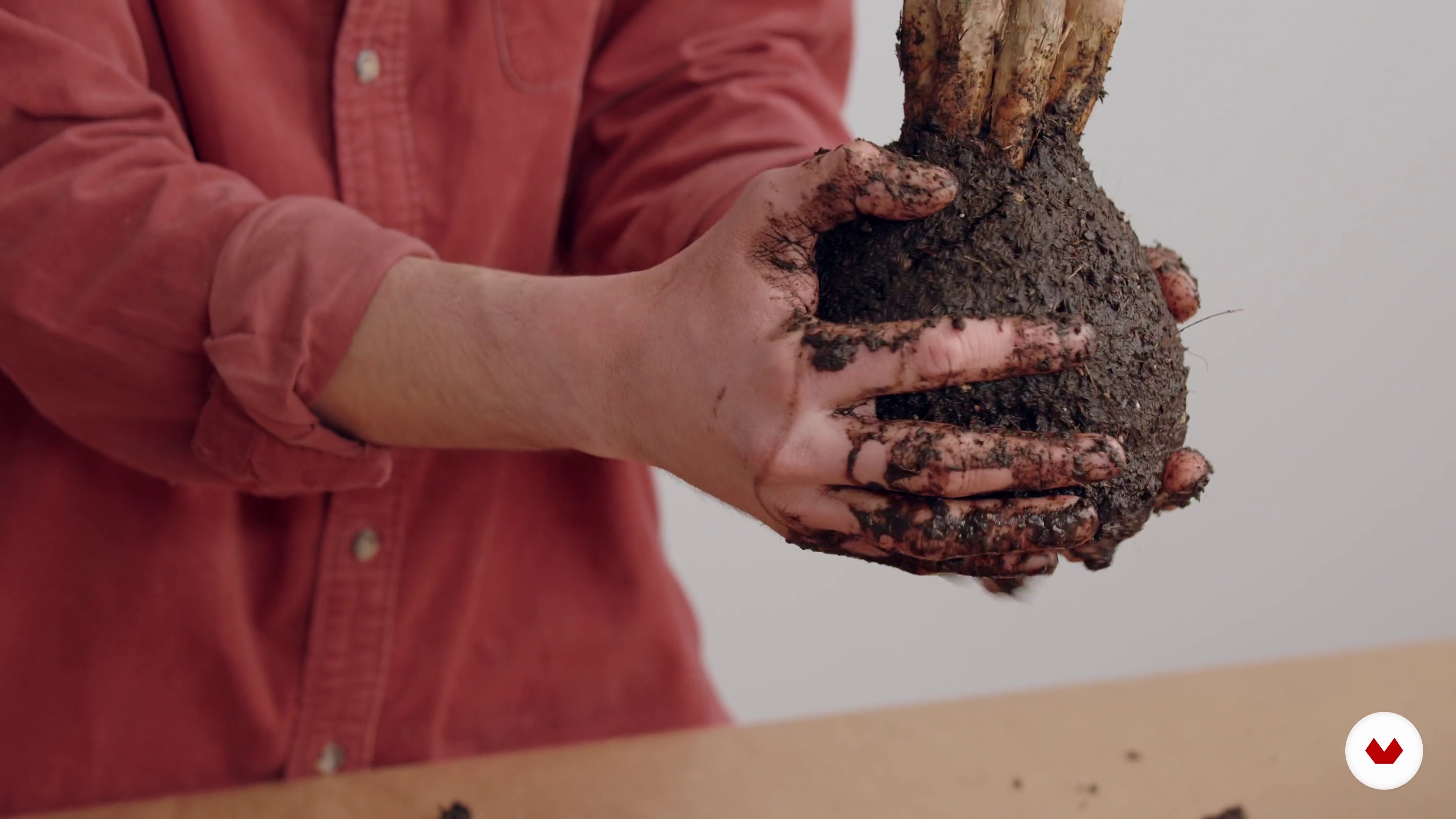
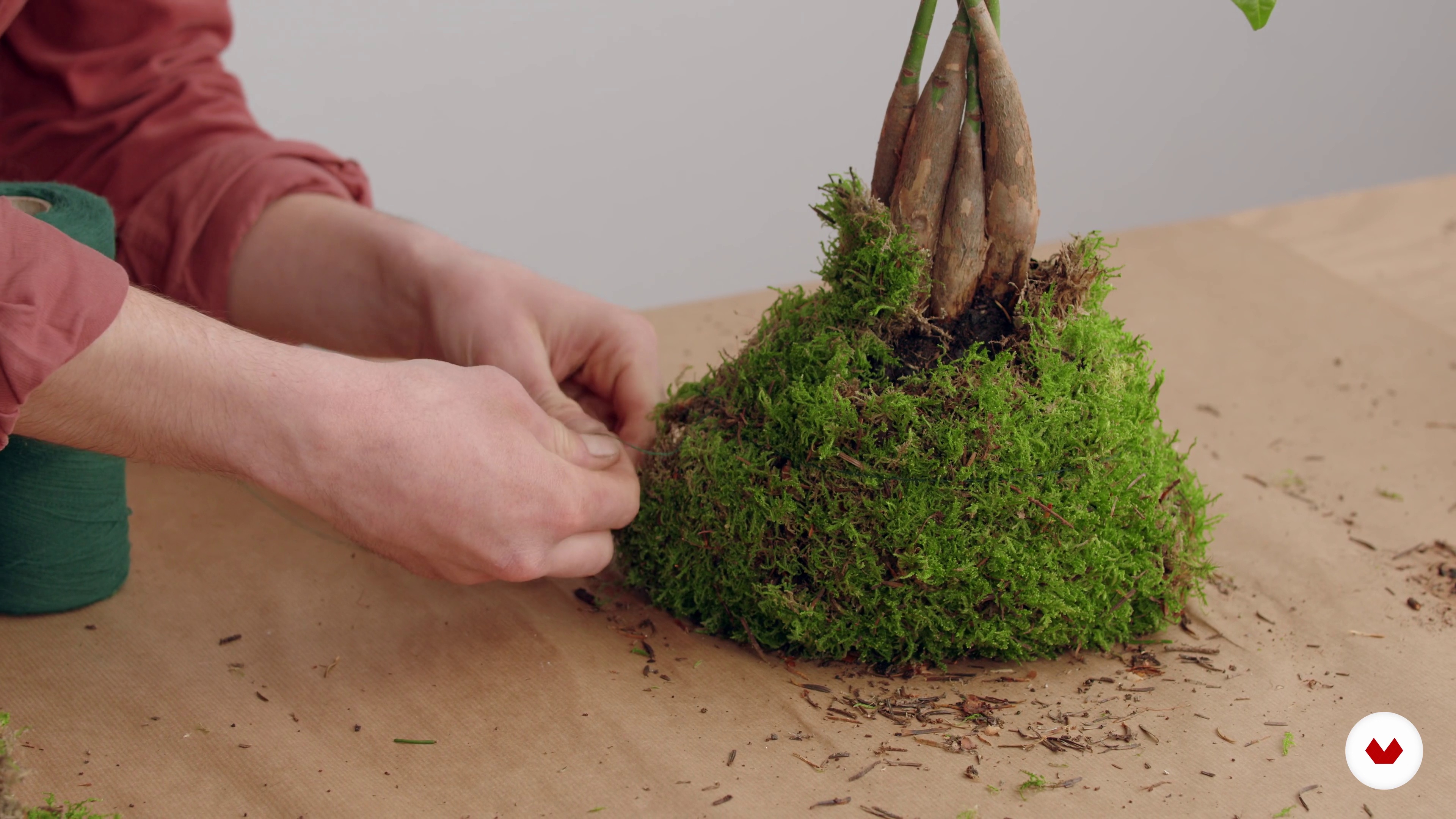
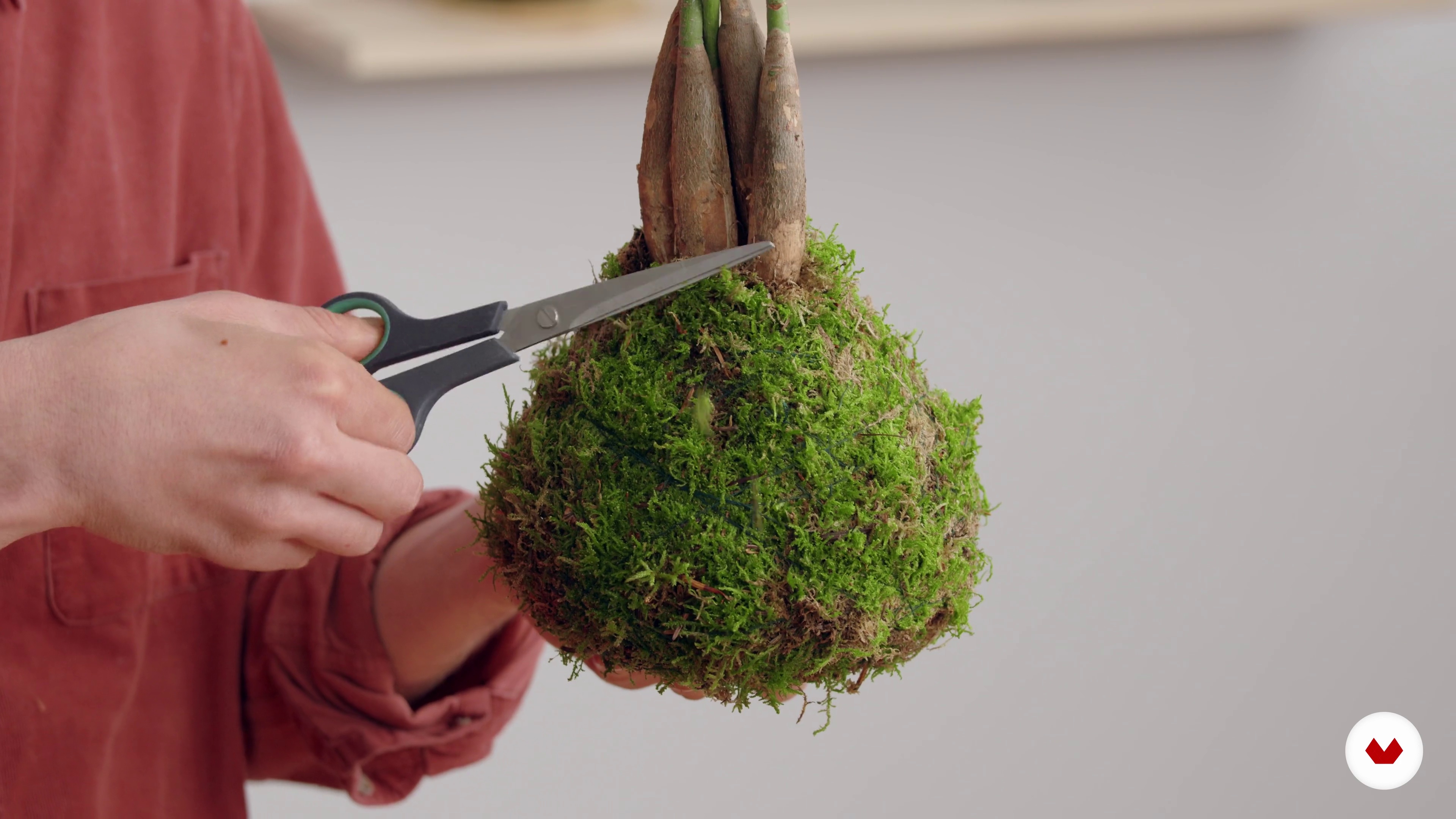
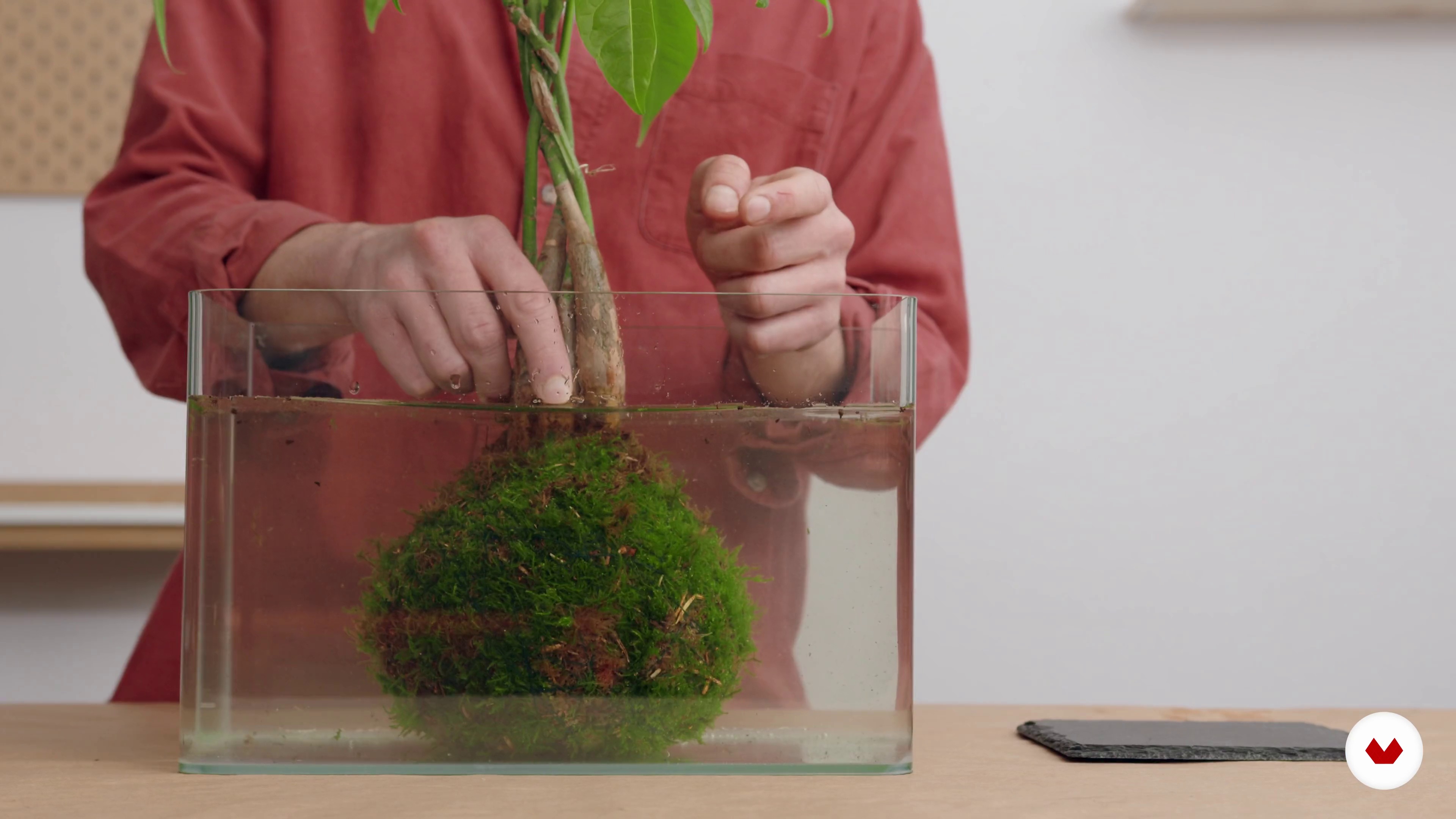
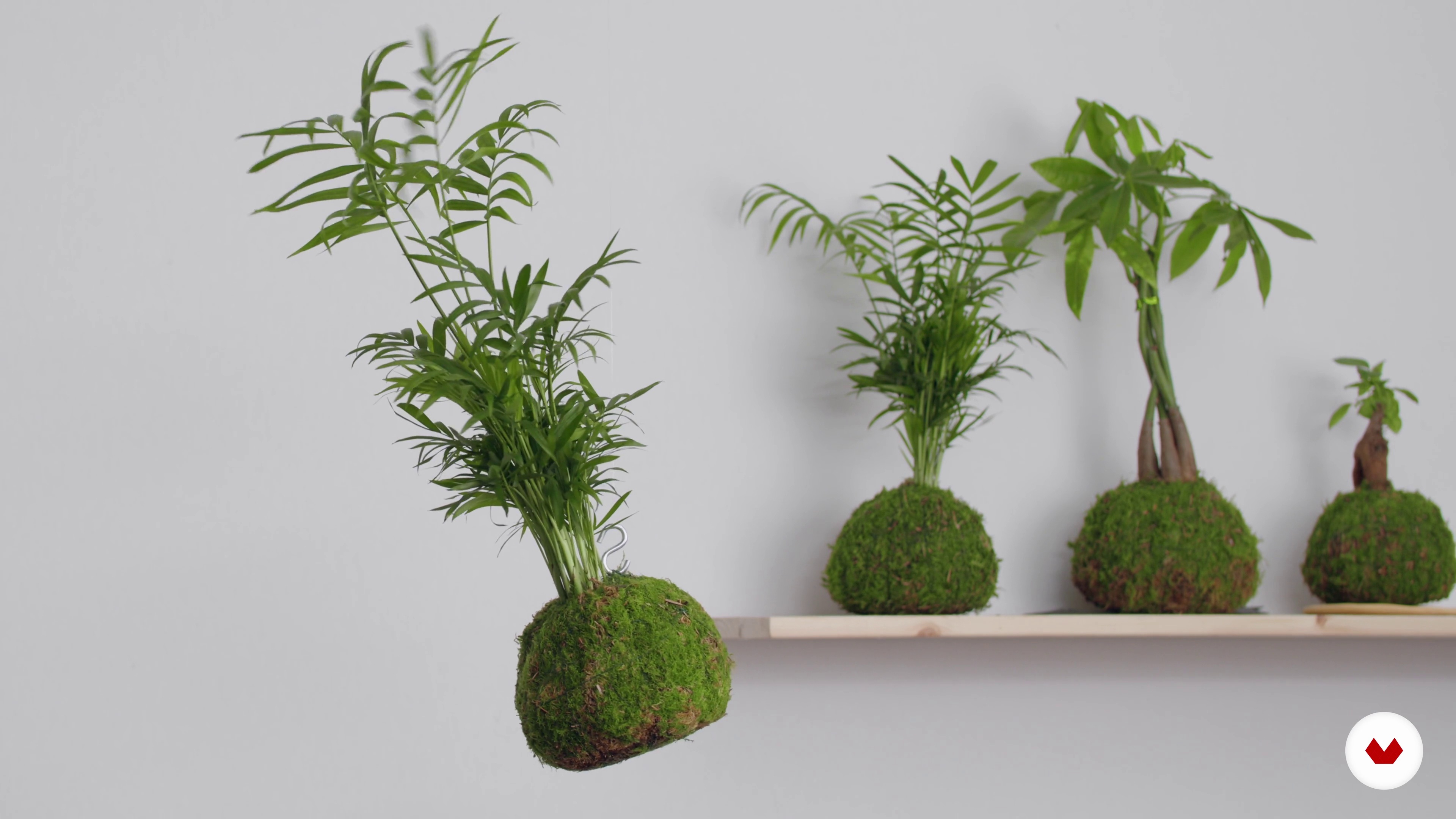
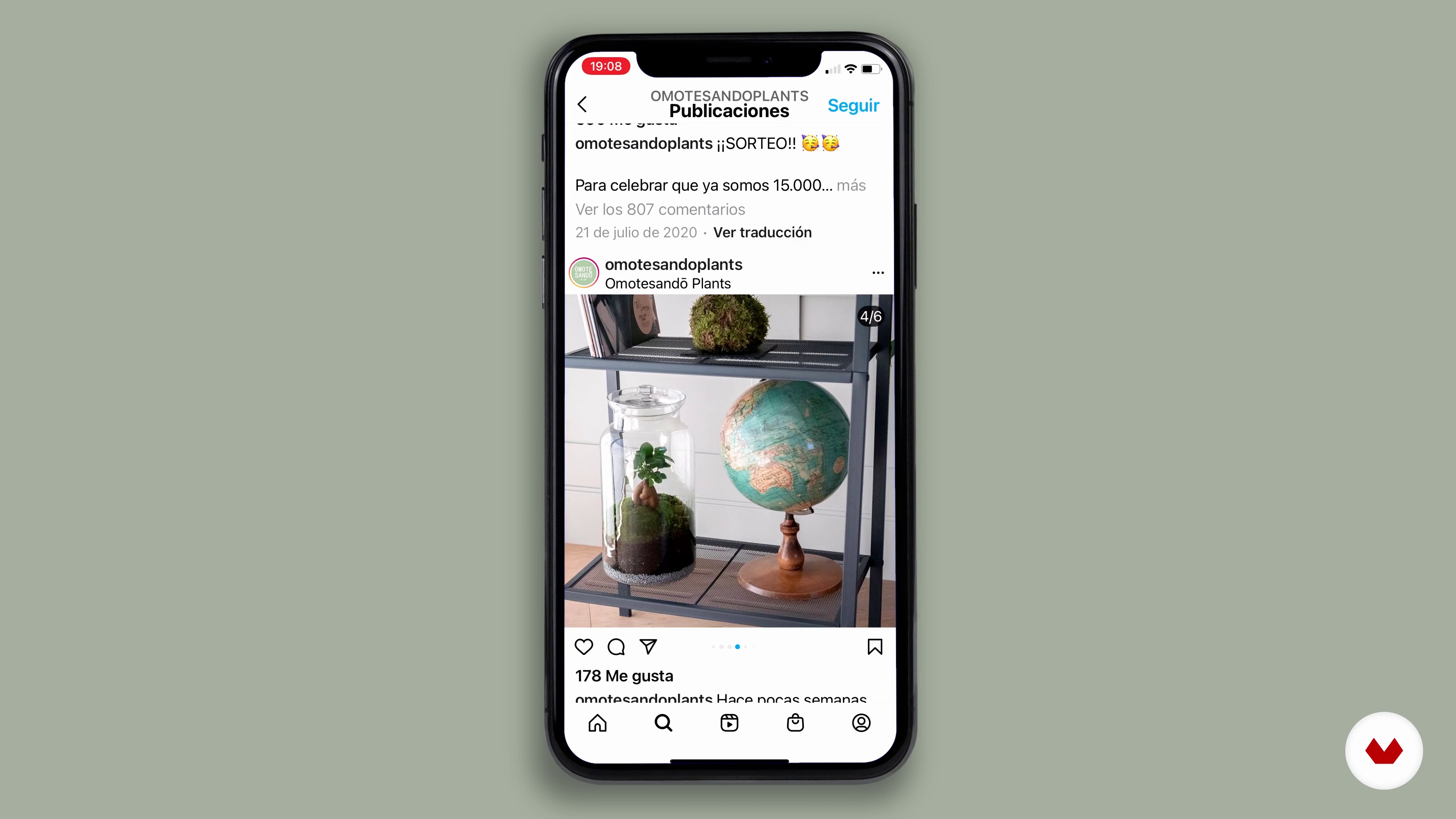
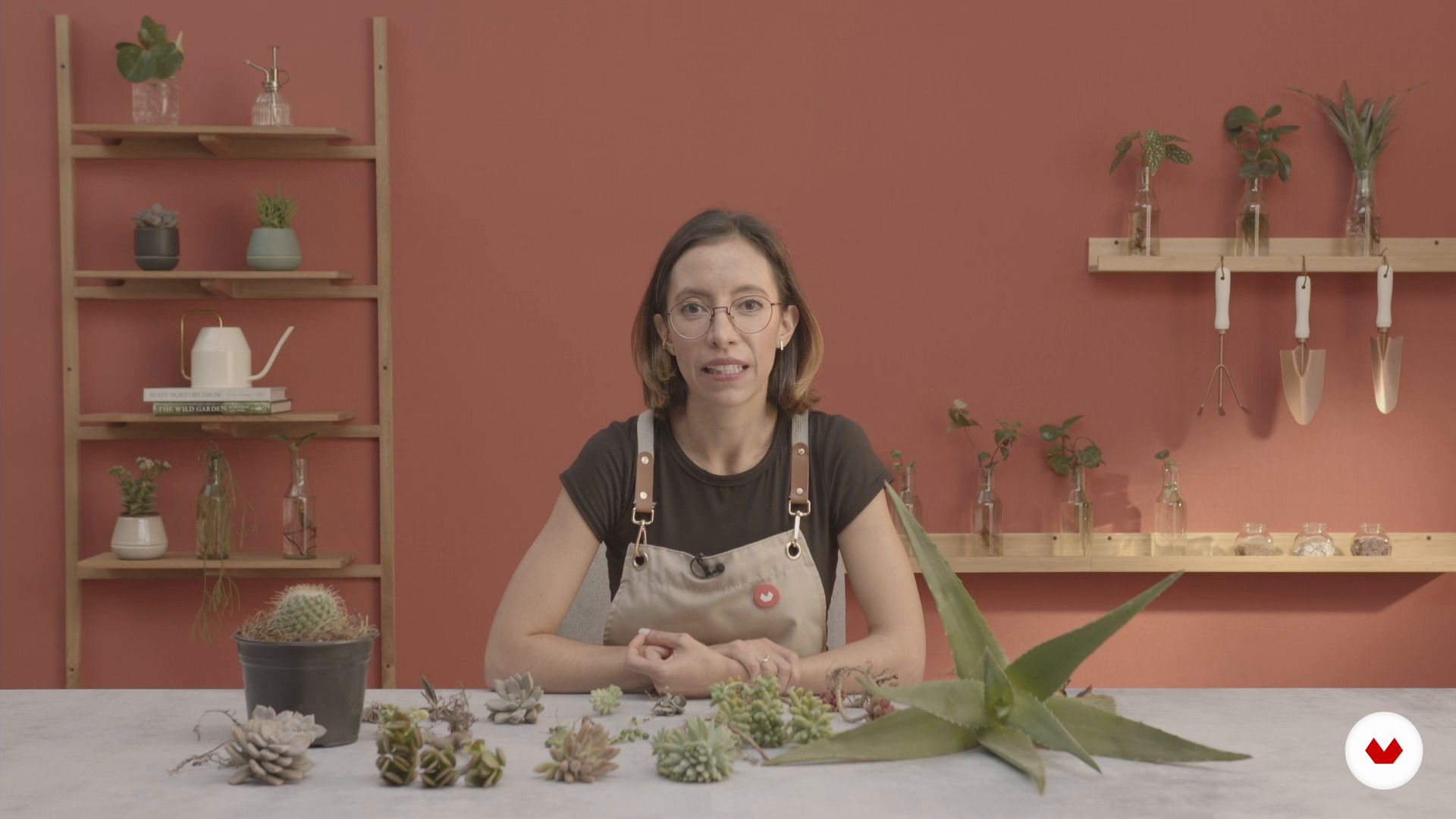

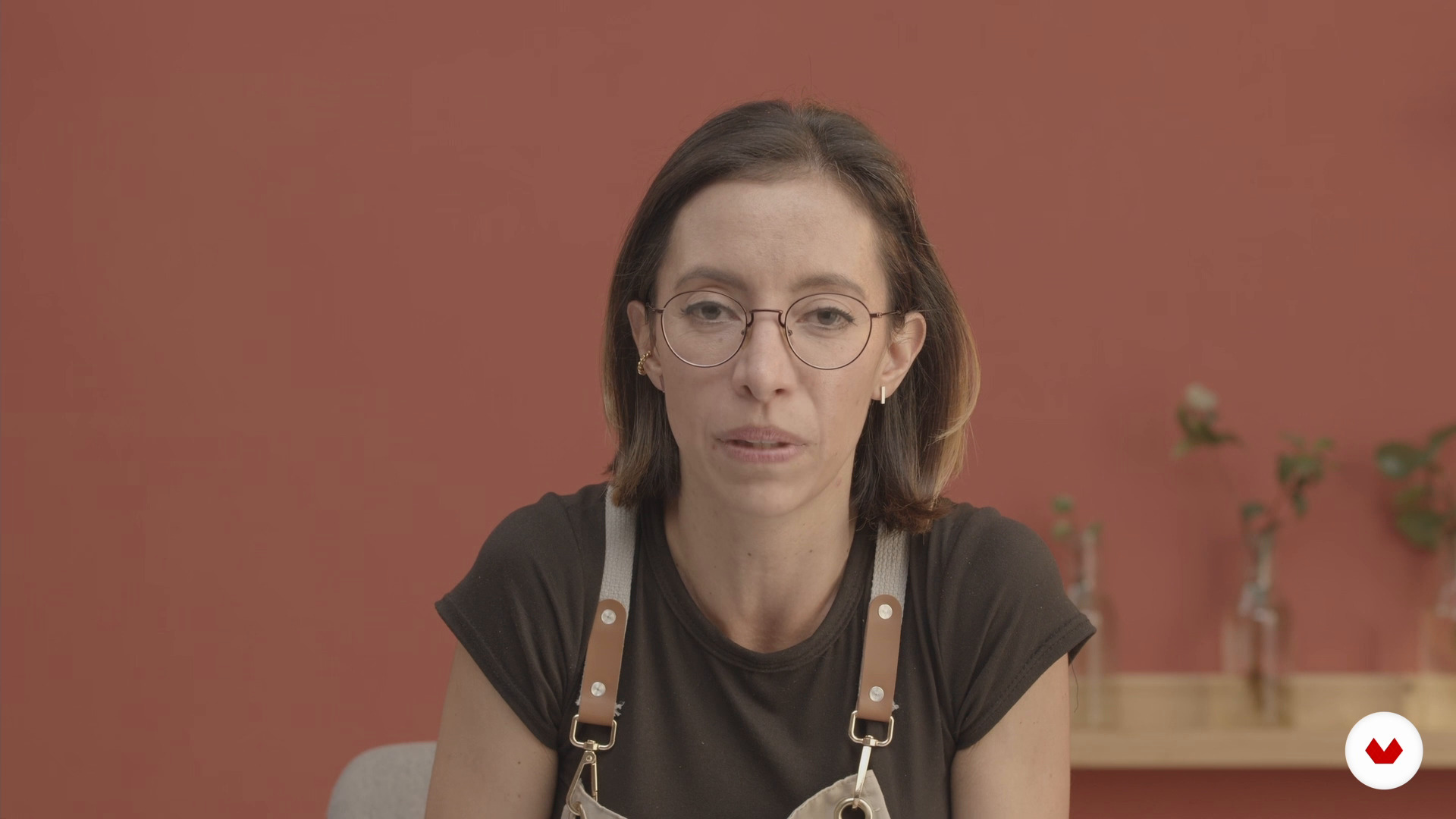
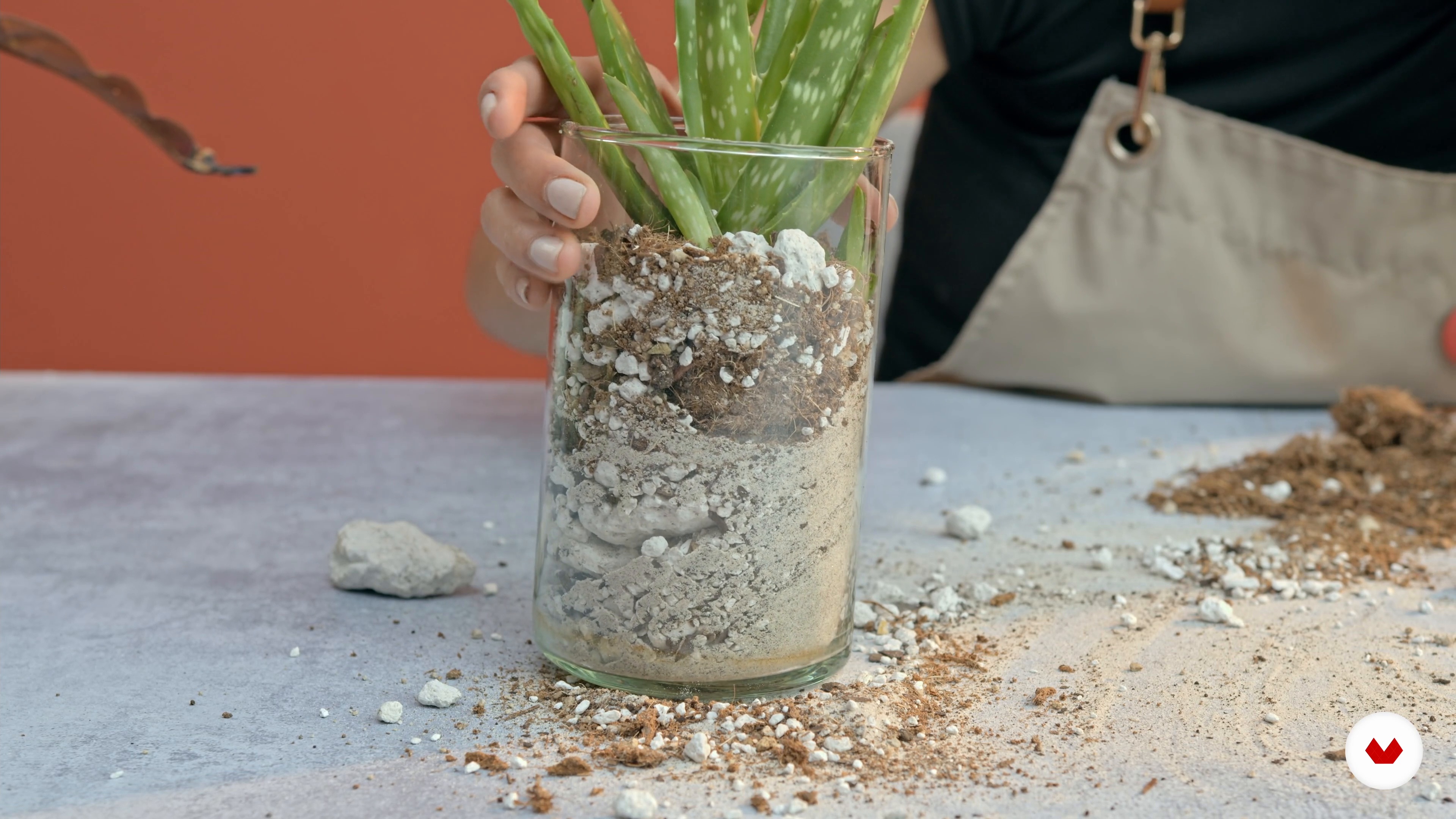
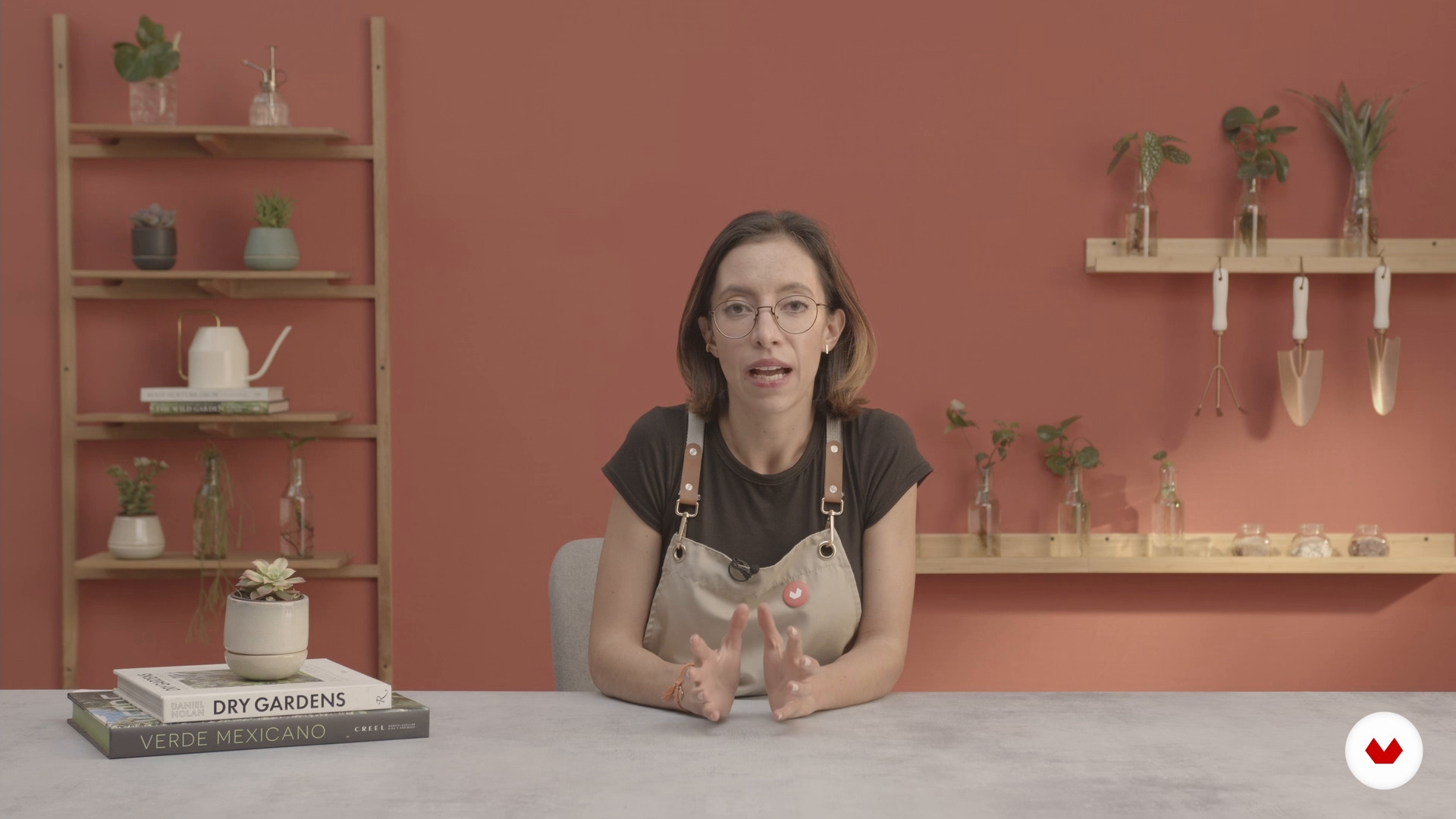
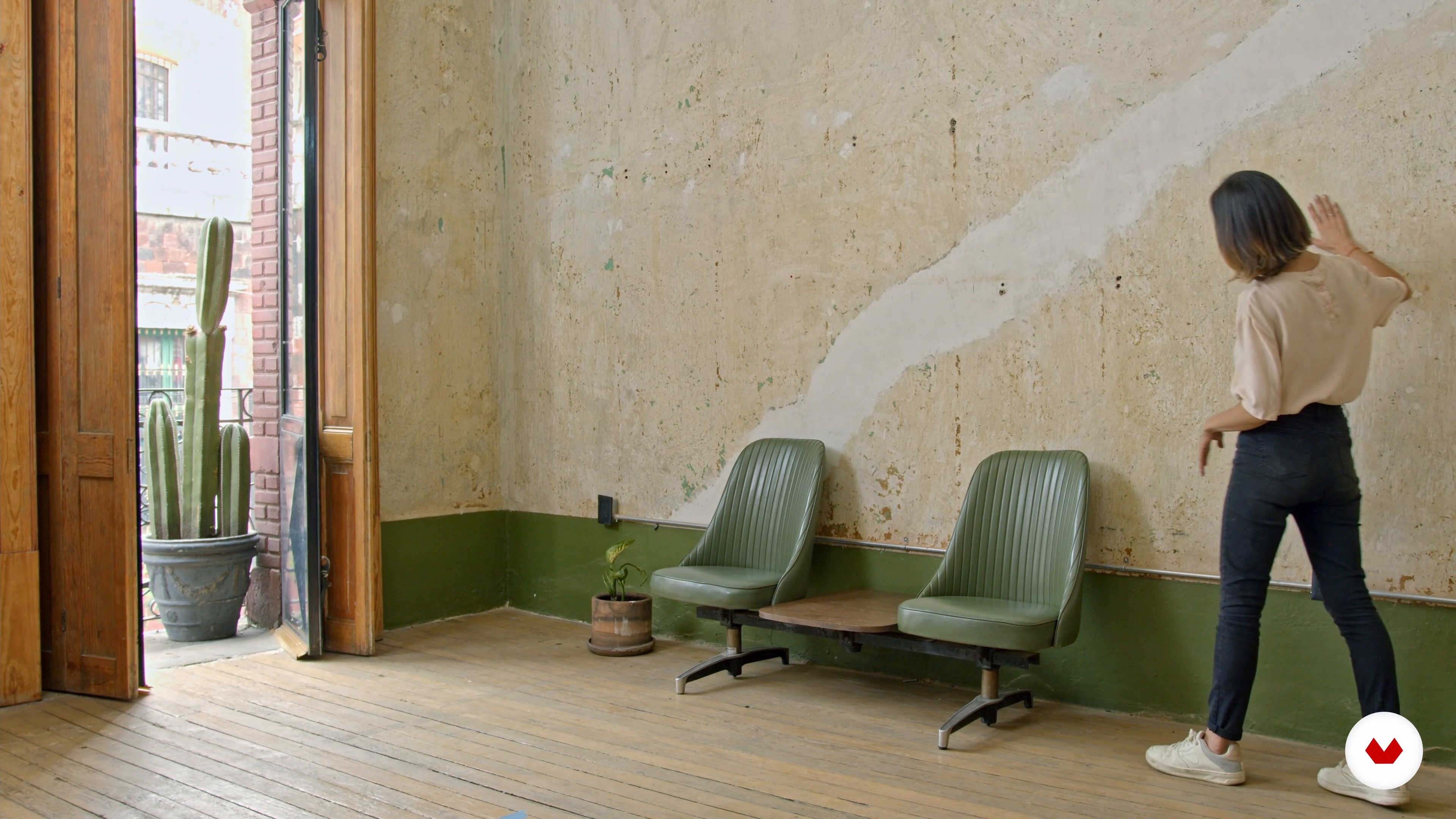
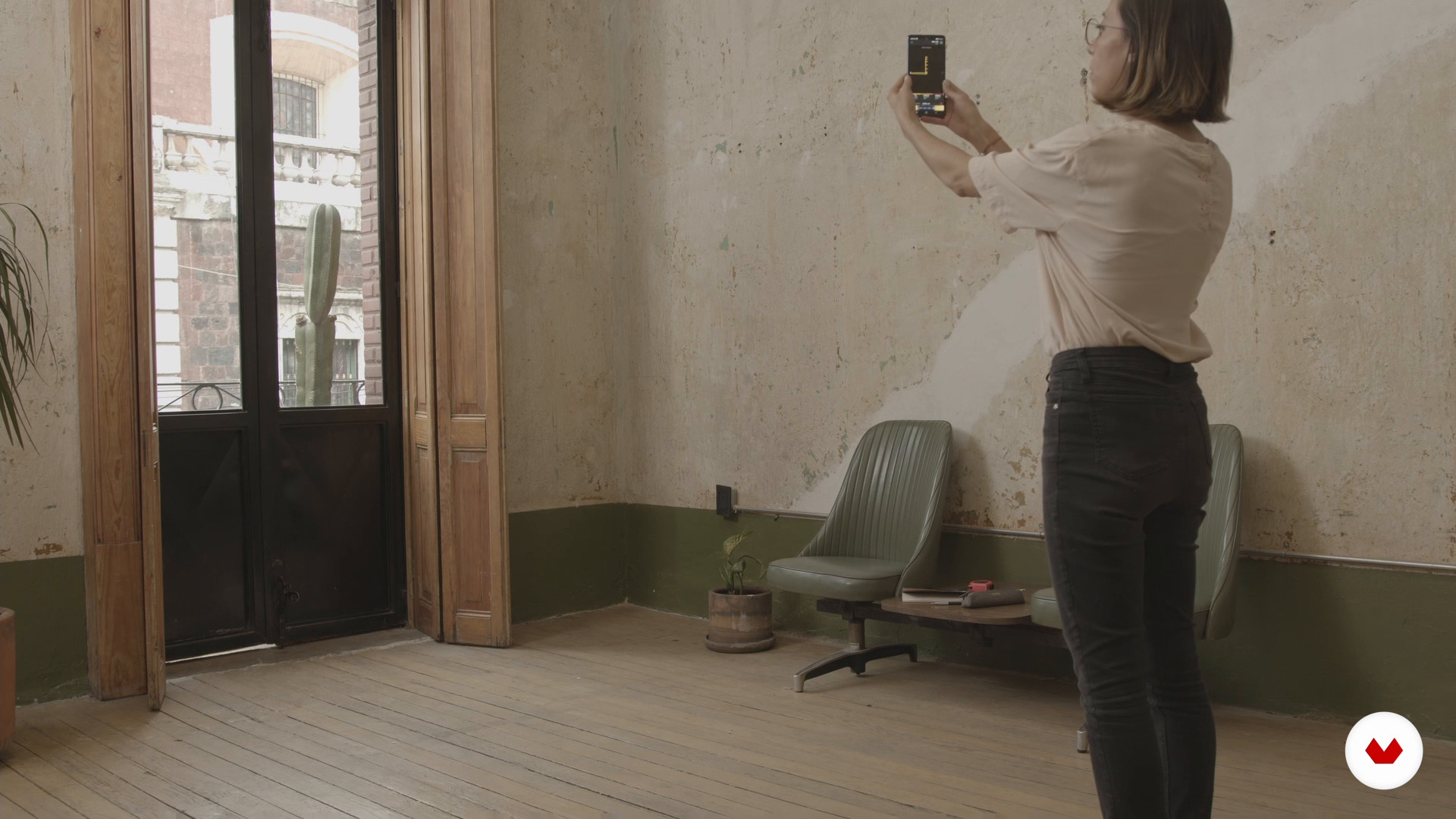
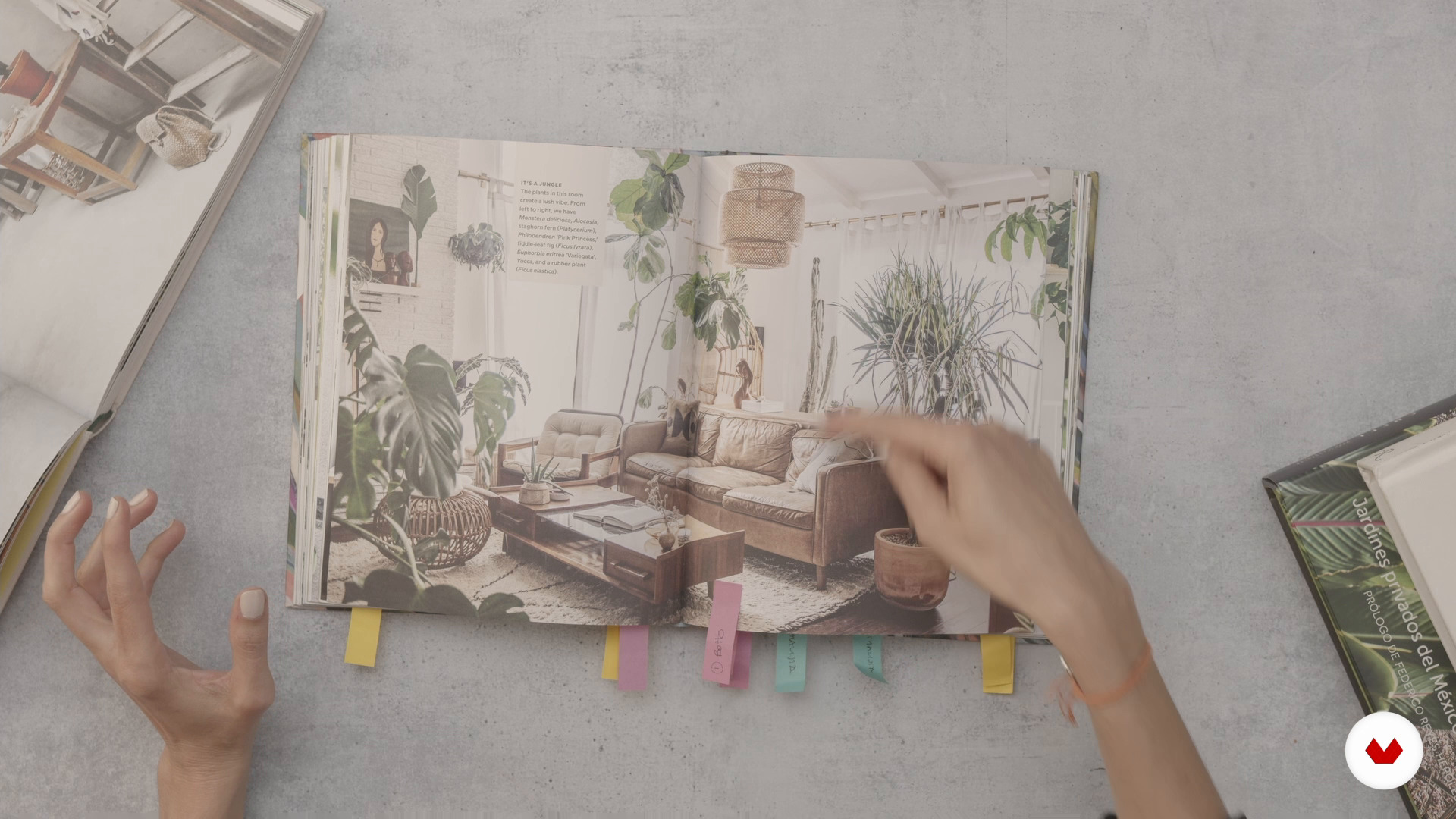
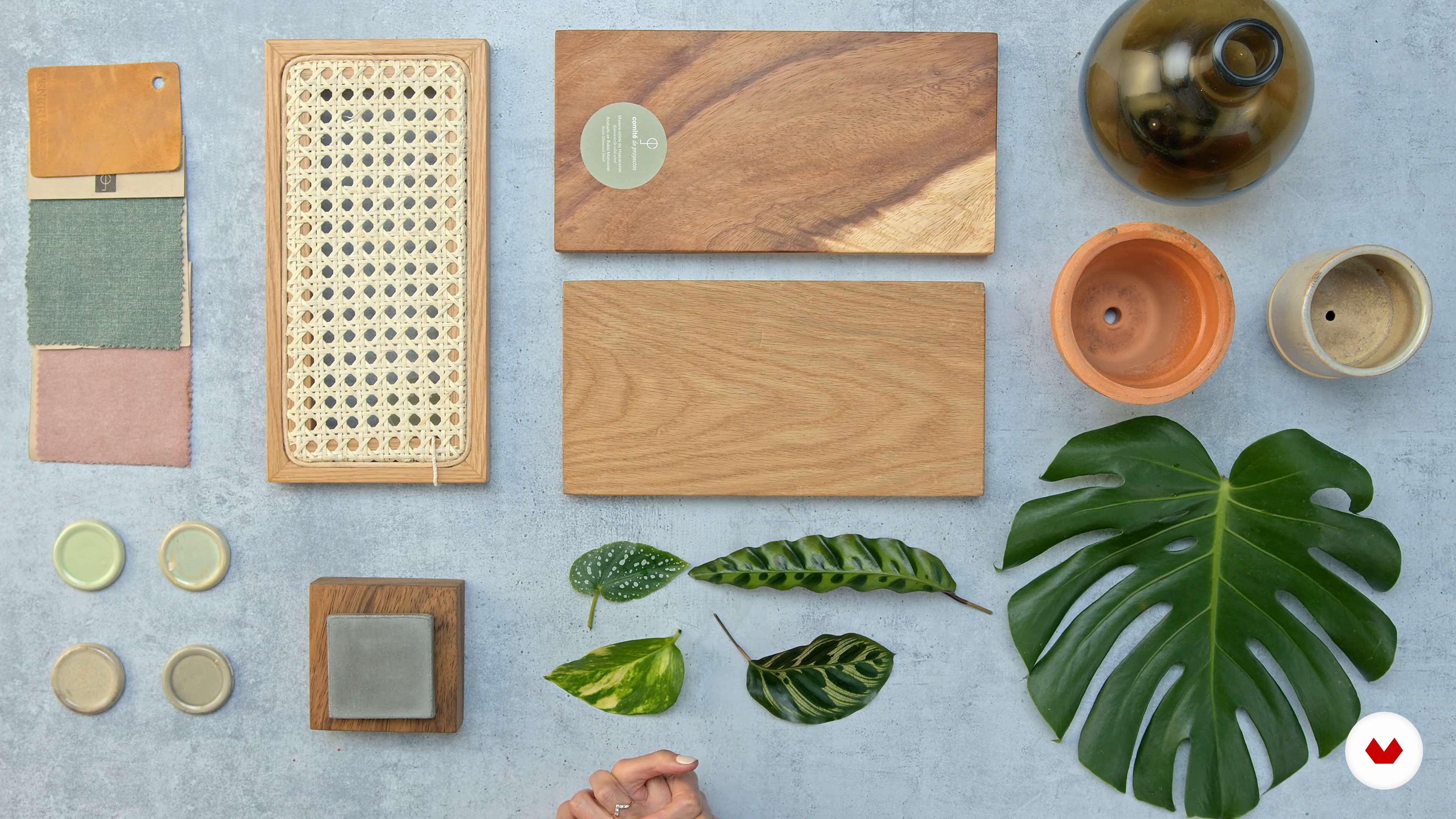
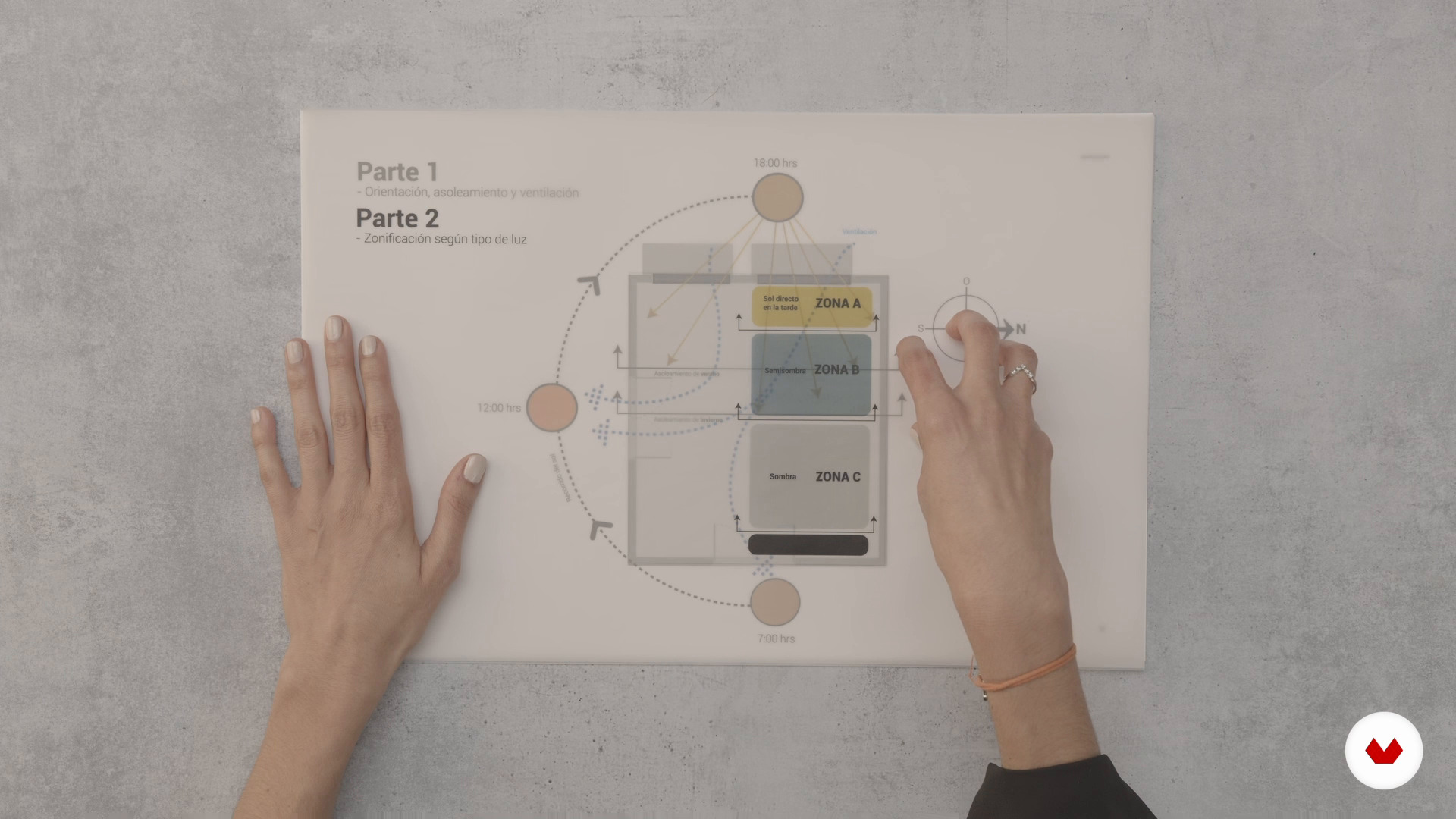
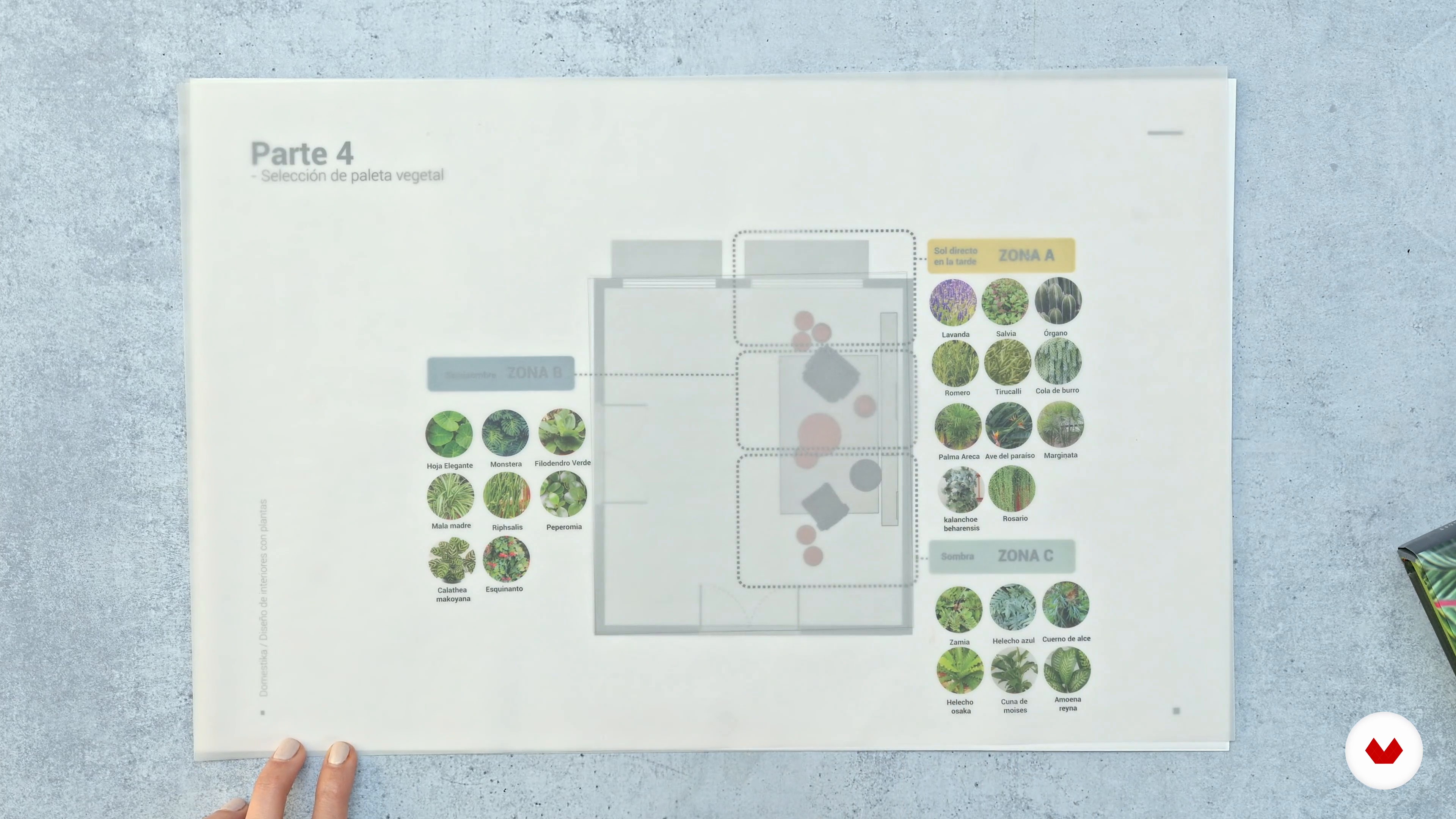
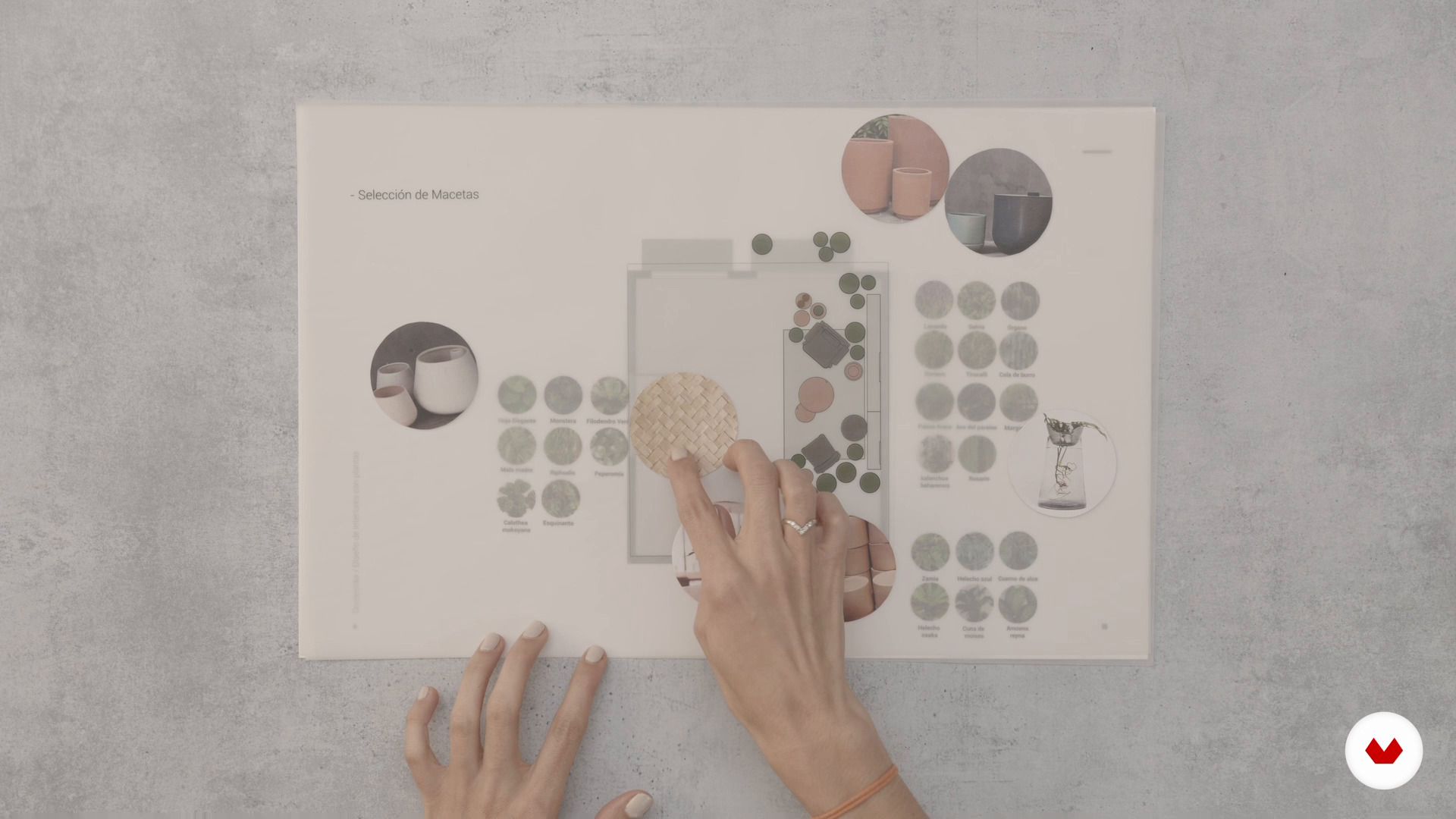
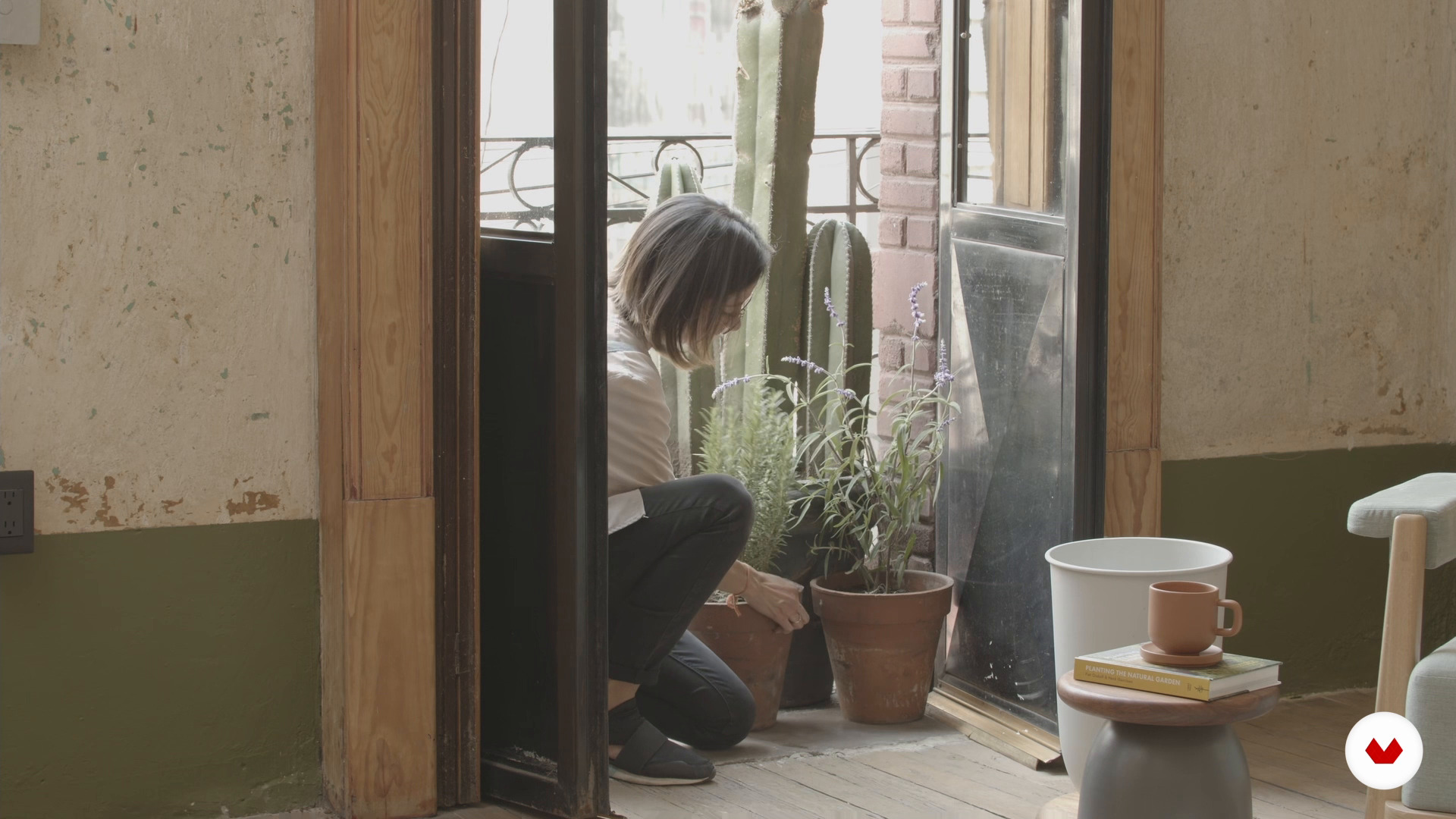
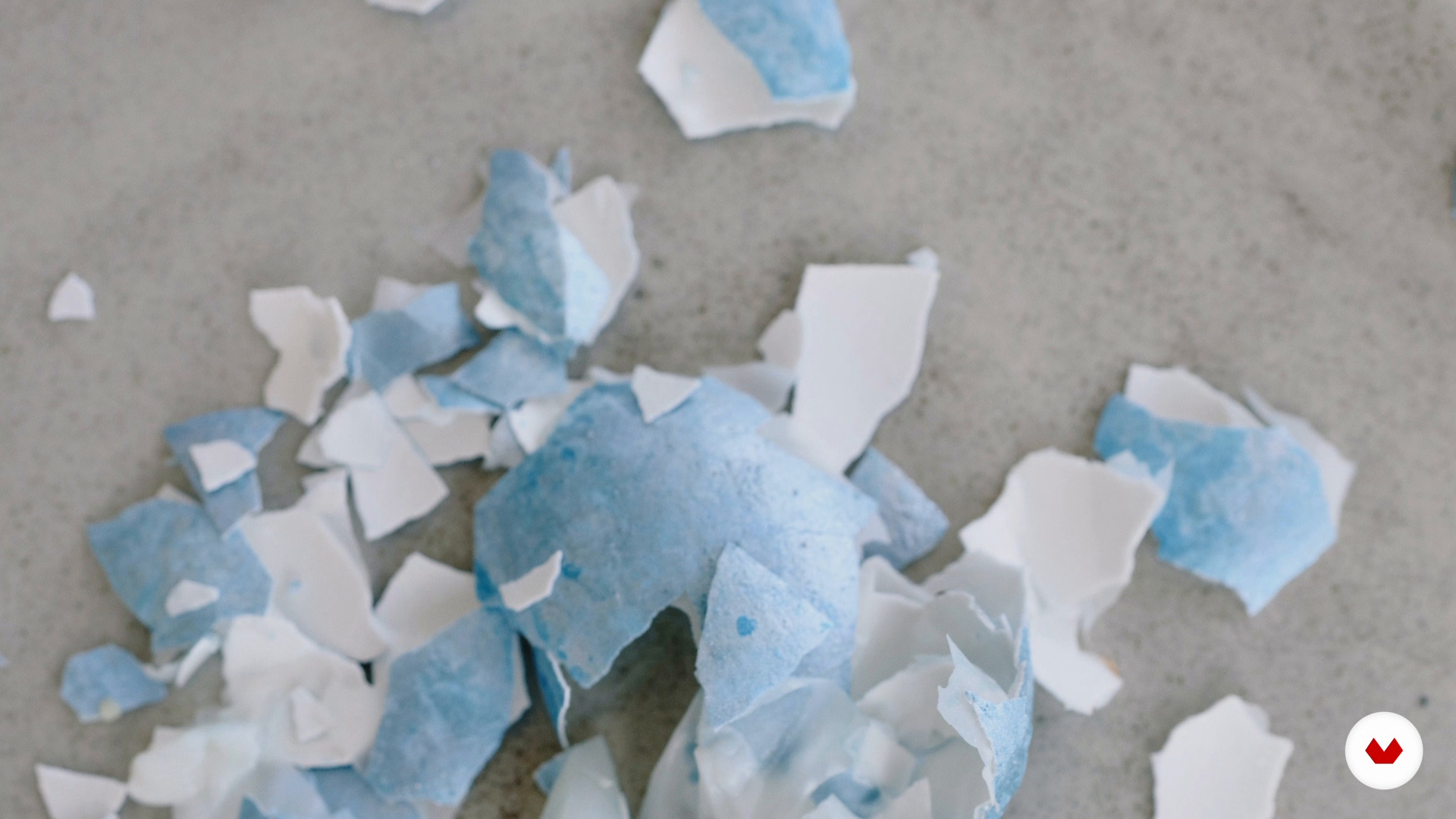
- 126 students
- 67 lessons (6h 41m)
- 98 additional resources (39 files)
- Online and at your own pace
- Audio: Spanish, German, English, Spanish (Latam), French, Italian, Dutch, Polish, Portuguese, Turkish
- Spanish · English · Portuguese · German · French · Italian · Polish · Dutch · Turkish
- Level: Beginner
- Unlimited access forever
What is this course's project?
The project consists of creating a personal botanical sanctuary, integrating learned natural techniques. Students will develop a unique interior space that incorporates botanical compositions, terrariums, kokedamas, and spatial design principles, documenting each phase of the creative process.
Who is this specialization for?
People passionate about botanical design, creative gardening, and plant-based decoration. Ideal for those looking to integrate nature into their interior spaces, exploring innovative and traditional techniques to create harmonious environments that combine aesthetics and functionality.
Requirements and materials
No extensive prior knowledge is required, just a passion for nature. Basic tools such as scissors, gloves, and growing medium are essential. Access to a variety of plants and a suitable space to practice botanical techniques are recommended.

What to expect from this specialization course
-
Learn at your own pace
Enjoy learning from home without a set schedule and with an easy-to-follow method. You set your own pace.
-
Learn from the best professionals
Learn valuable methods and techniques explained by top experts in the creative sector.
-
Meet expert teachers
Each expert teaches what they do best, with clear guidelines, true passion, and professional insight in every lesson.
-
Certificates
PlusIf you're a Plus member, get a custom certificate for every specialization course. Share it on your portfolio, social media, or wherever you like.
-
Get front-row seats
Videos of the highest quality, so you don't miss a single detail. With unlimited access, you can watch them as many times as you need to perfect your technique.
-
Share knowledge and ideas
Ask questions, request feedback, or offer solutions. Share your learning experience with other students in the community who are as passionate about creativity as you are.
-
Connect with a global creative community
The community is home to millions of people from around the world who are curious and passionate about exploring and expressing their creativity.
-
Watch professionally produced courses
Domestika curates its teacher roster and produces every course in-house to ensure a high-quality online learning experience.
FAQs
What are Domestika's online courses?
Domestika courses are online classes that allow you to learn new skills and create incredible projects. All our courses include the opportunity to share your work with other students and/or teachers, creating an active learning community. We offer different formats:
Original Courses: Complete classes that combine videos, texts, and educational materials to complete a specific project from start to finish.
Basics Courses: Specialized training where you master specific software tools step by step.
Specialization Courses: Learning paths with various expert teachers on the same topic, perfect for becoming a specialist by learning from different approaches.
Guided Courses: Practical experiences ideal for directly acquiring specific skills.
Intensive Courses (Deep Dives): New creative processes based on artificial intelligence tools in an accessible format for in-depth and dynamic understanding.
When do the specialization courses start and when do they finish?
All specialization courses are 100% online, so once they're published, specialization courses start and finish whenever you want. You set the pace of the class. You can go back to review what interests you most and skip what you already know, ask questions, answer questions, share your projects, and more.
What do Domestika's specialization courses include?
The specialization courses are divided into different modules. Each one includes lessons, informational text, tasks, and practice exercises to help you carry out your project step by step, with additional complementary resources and downloads. You'll also have access to an exclusive forum where you can interact with other students, as well as share your work and your final project, creating a community around the specialization courses.
Have you been given a specialization courses?
You can redeem the specialization courses you received by accessing the redeeming page and entering your gift code.





